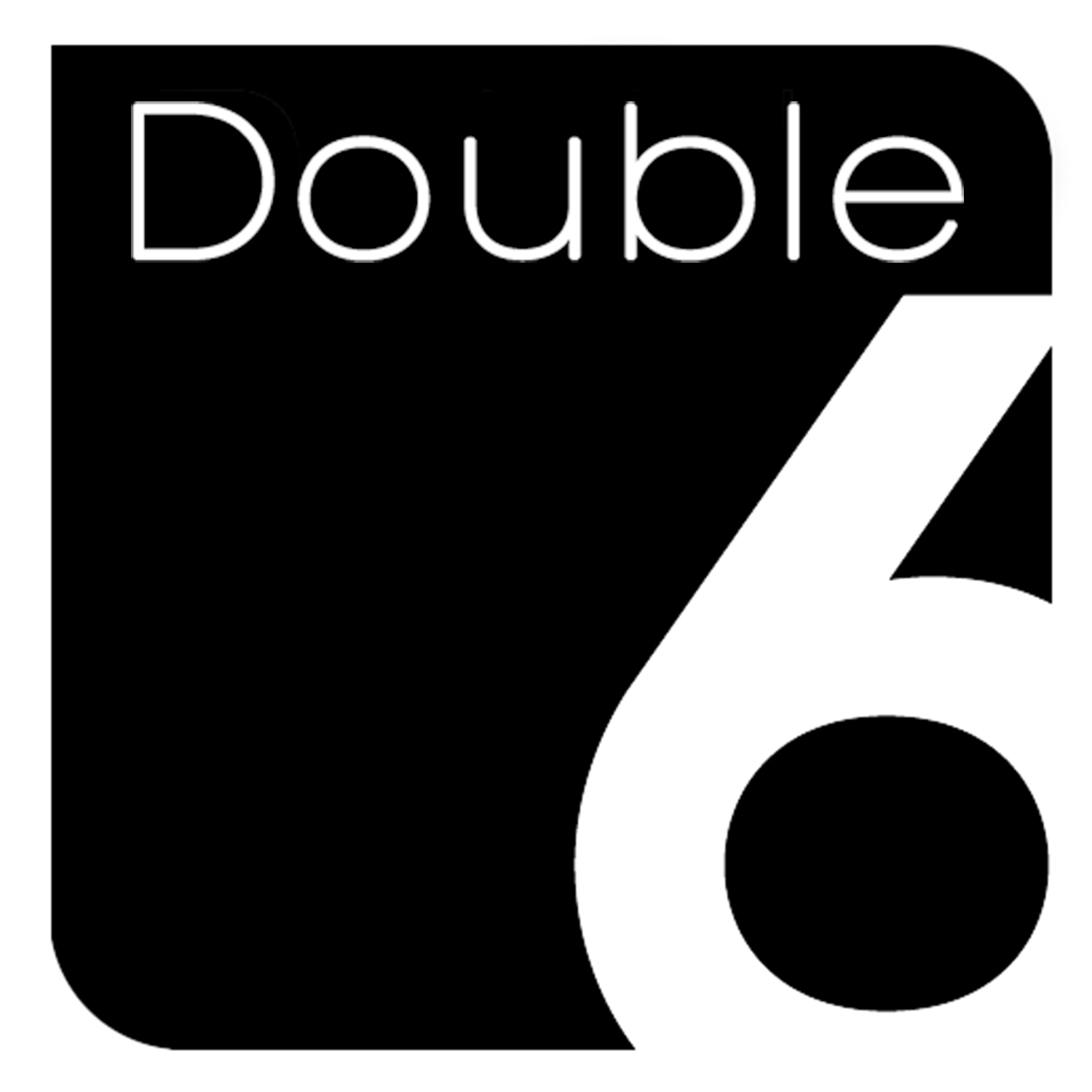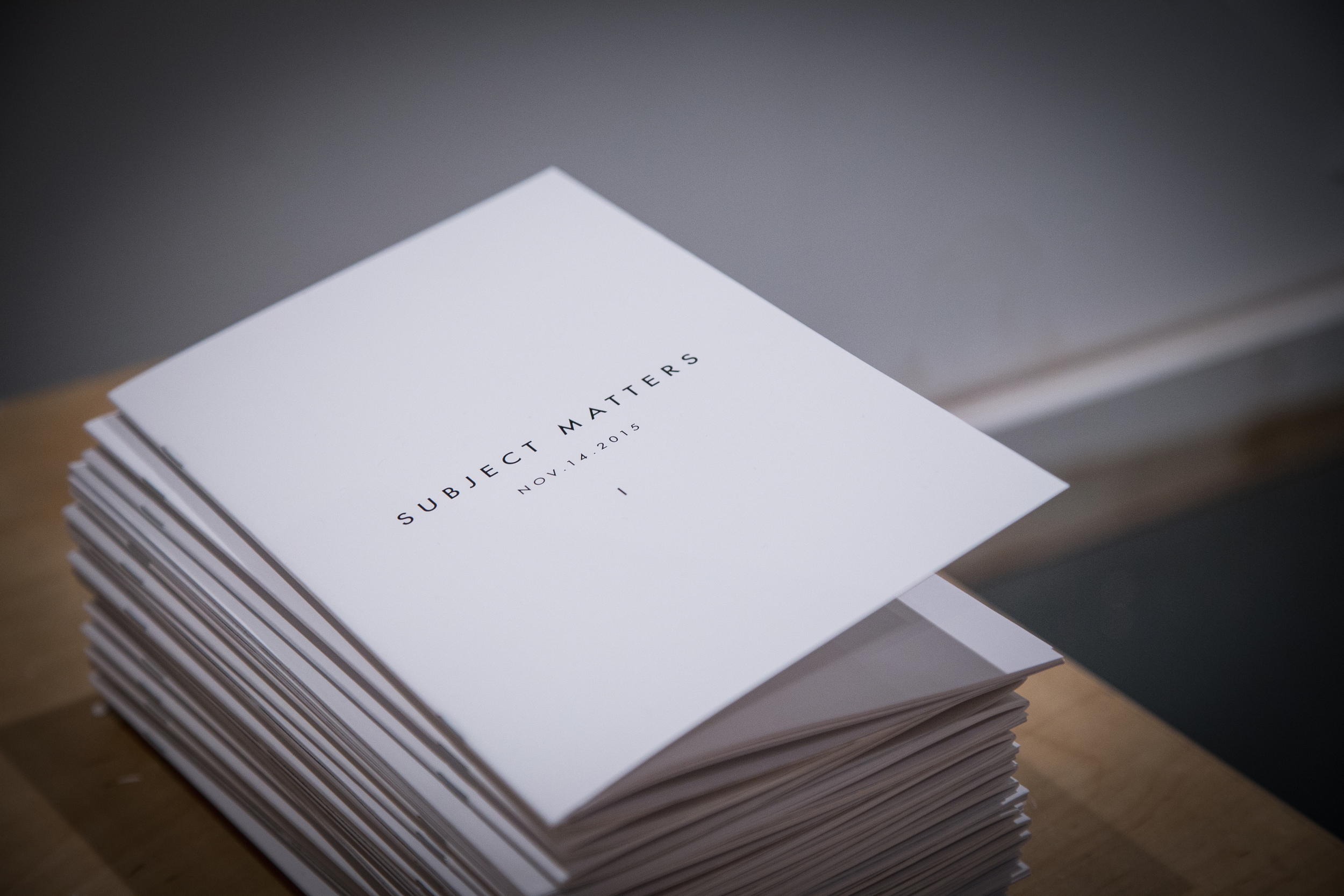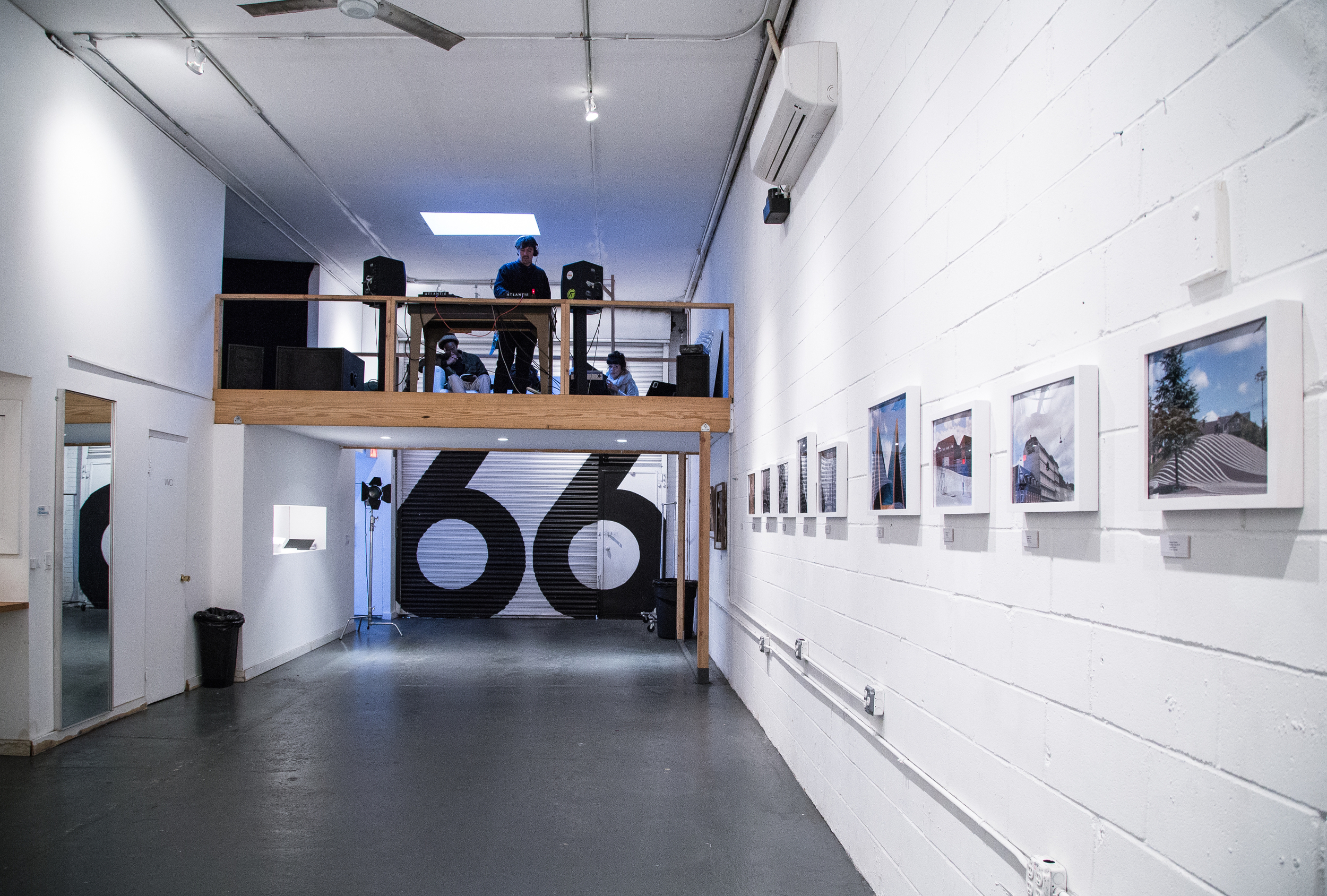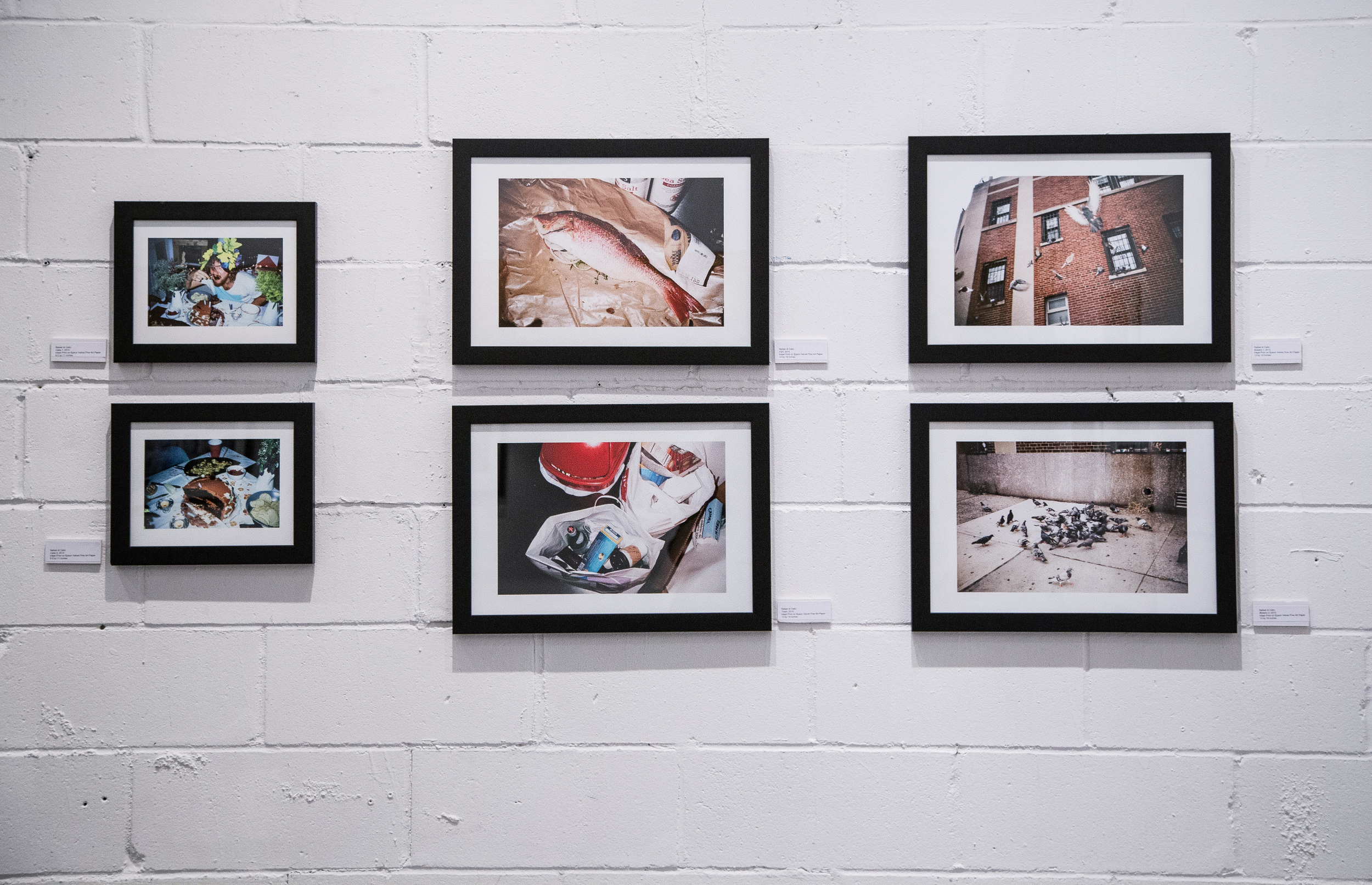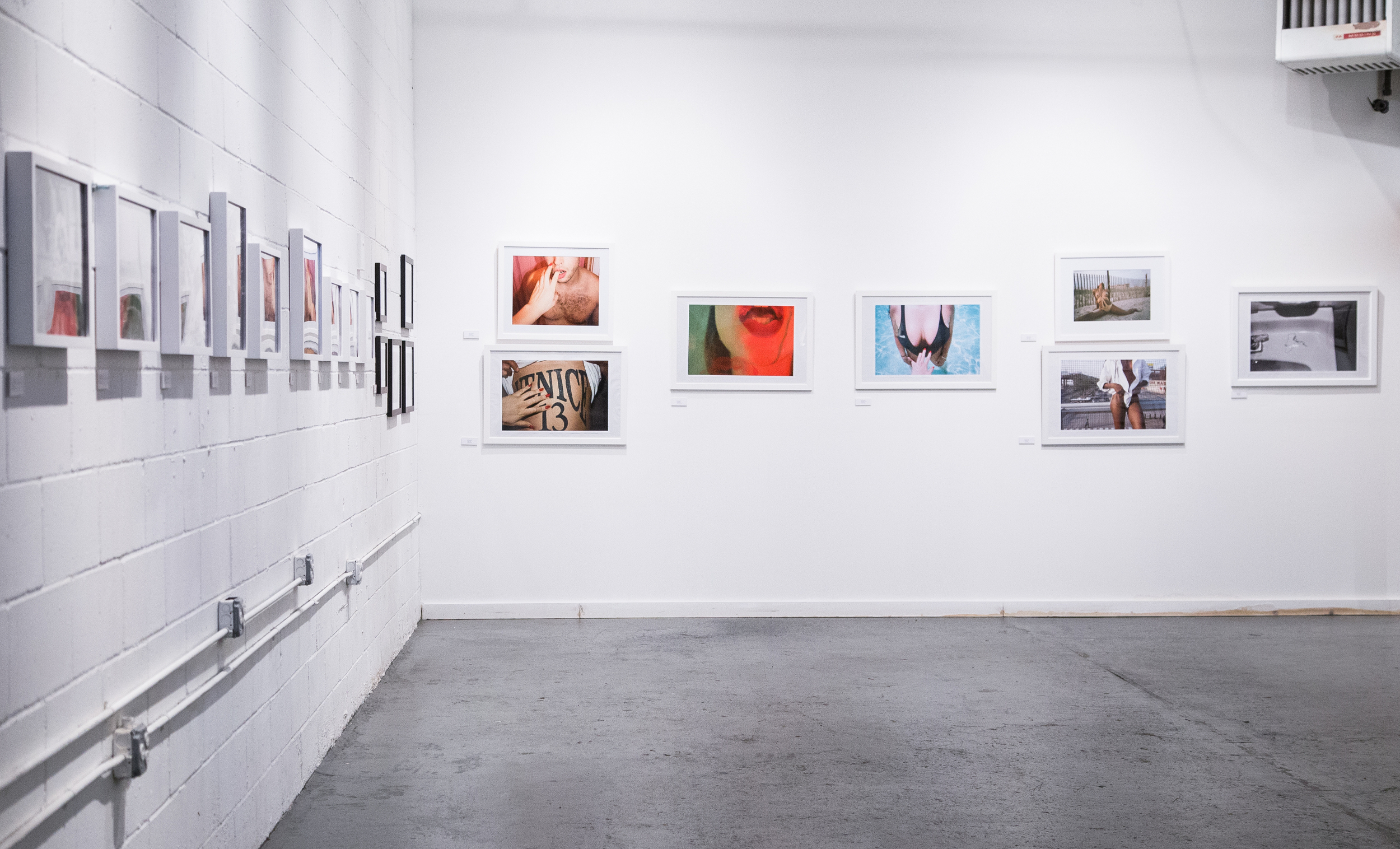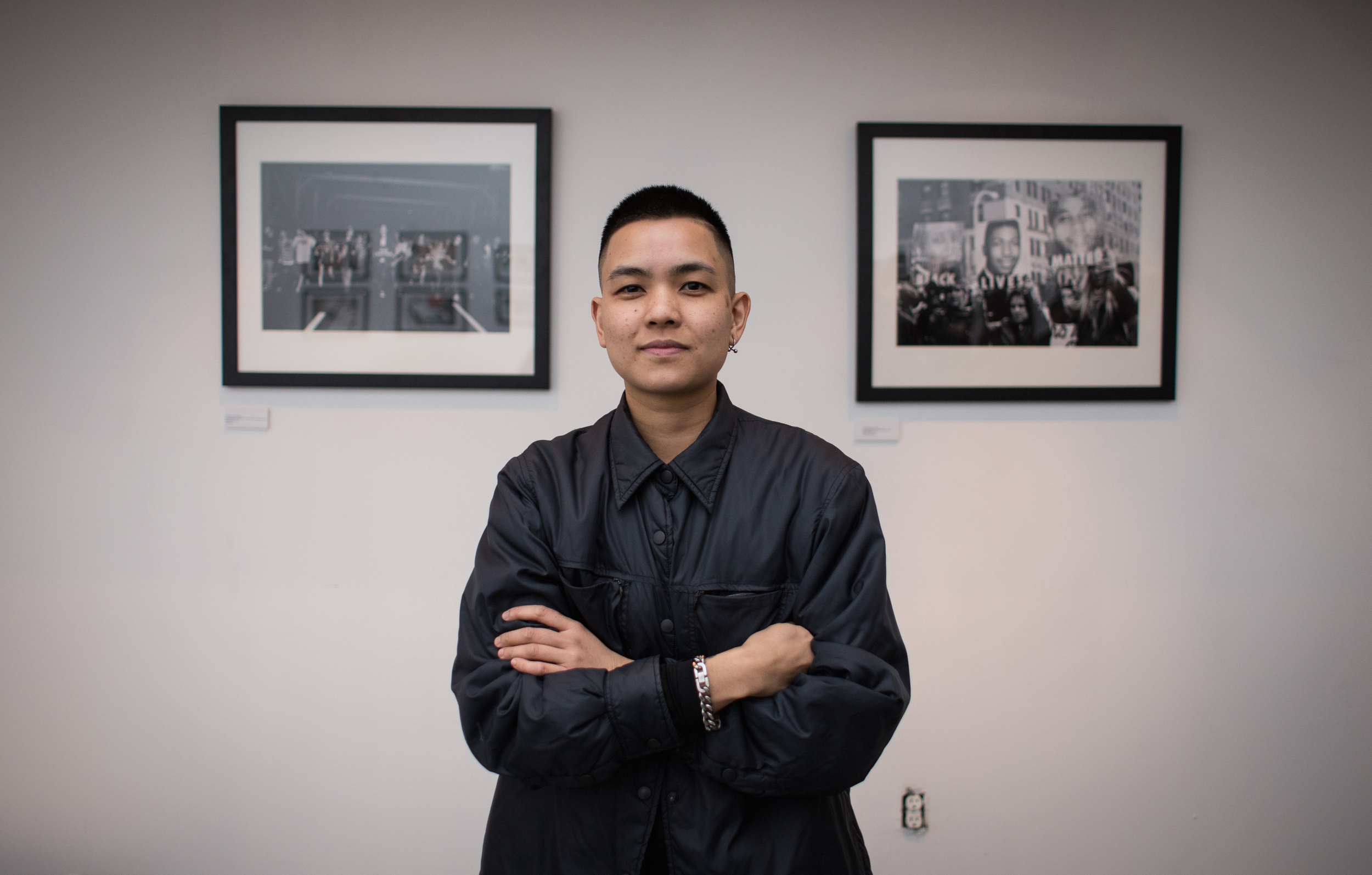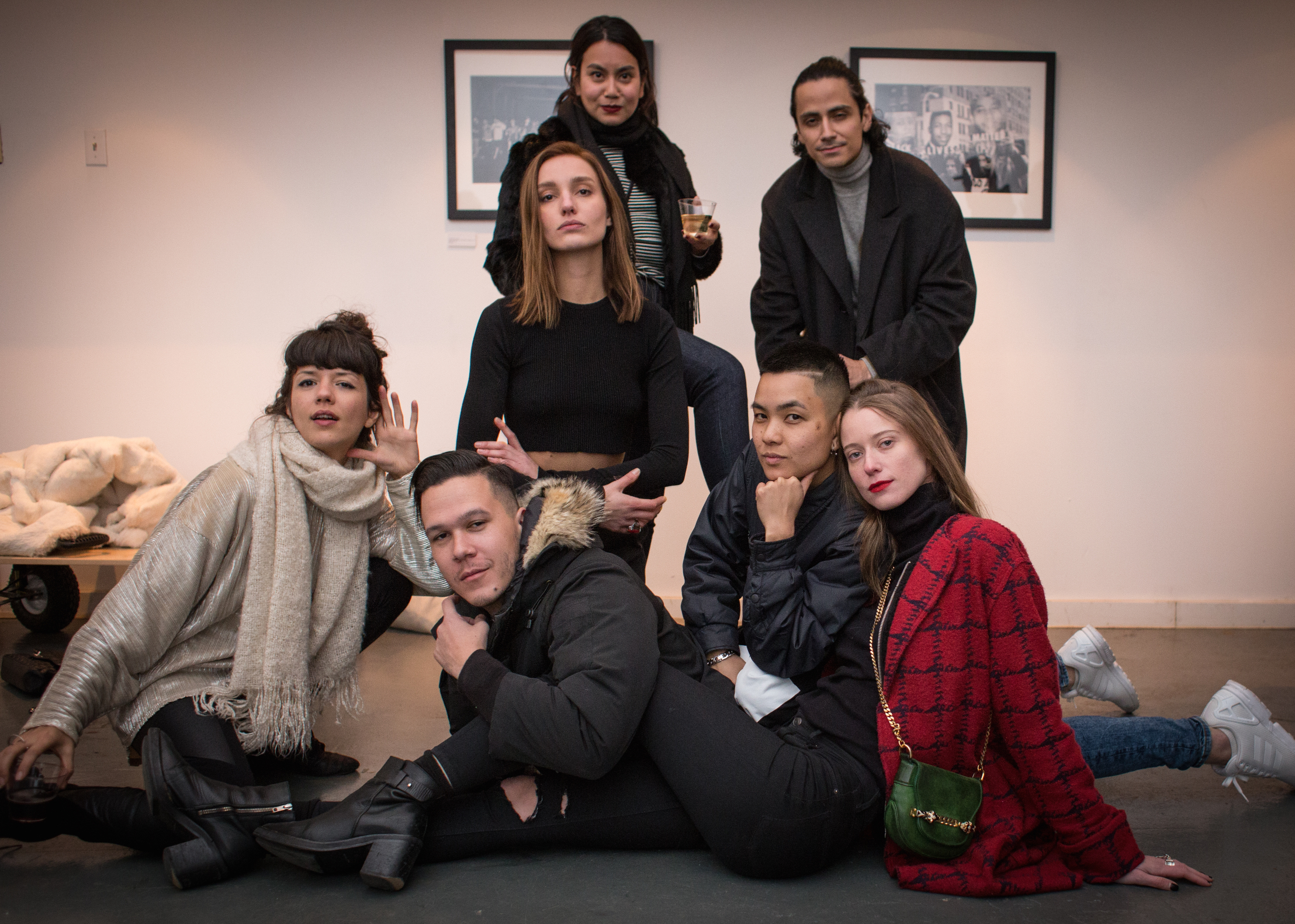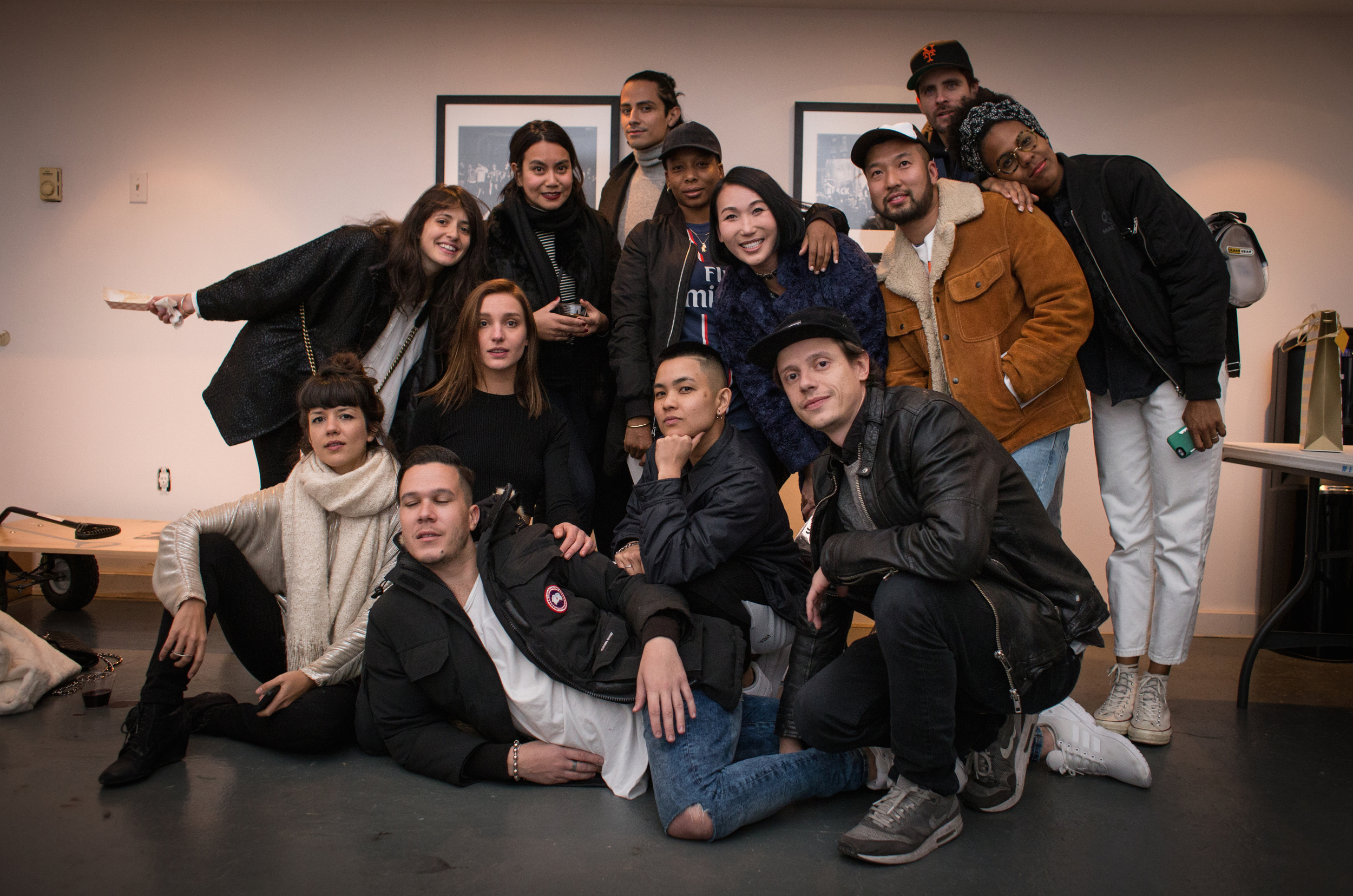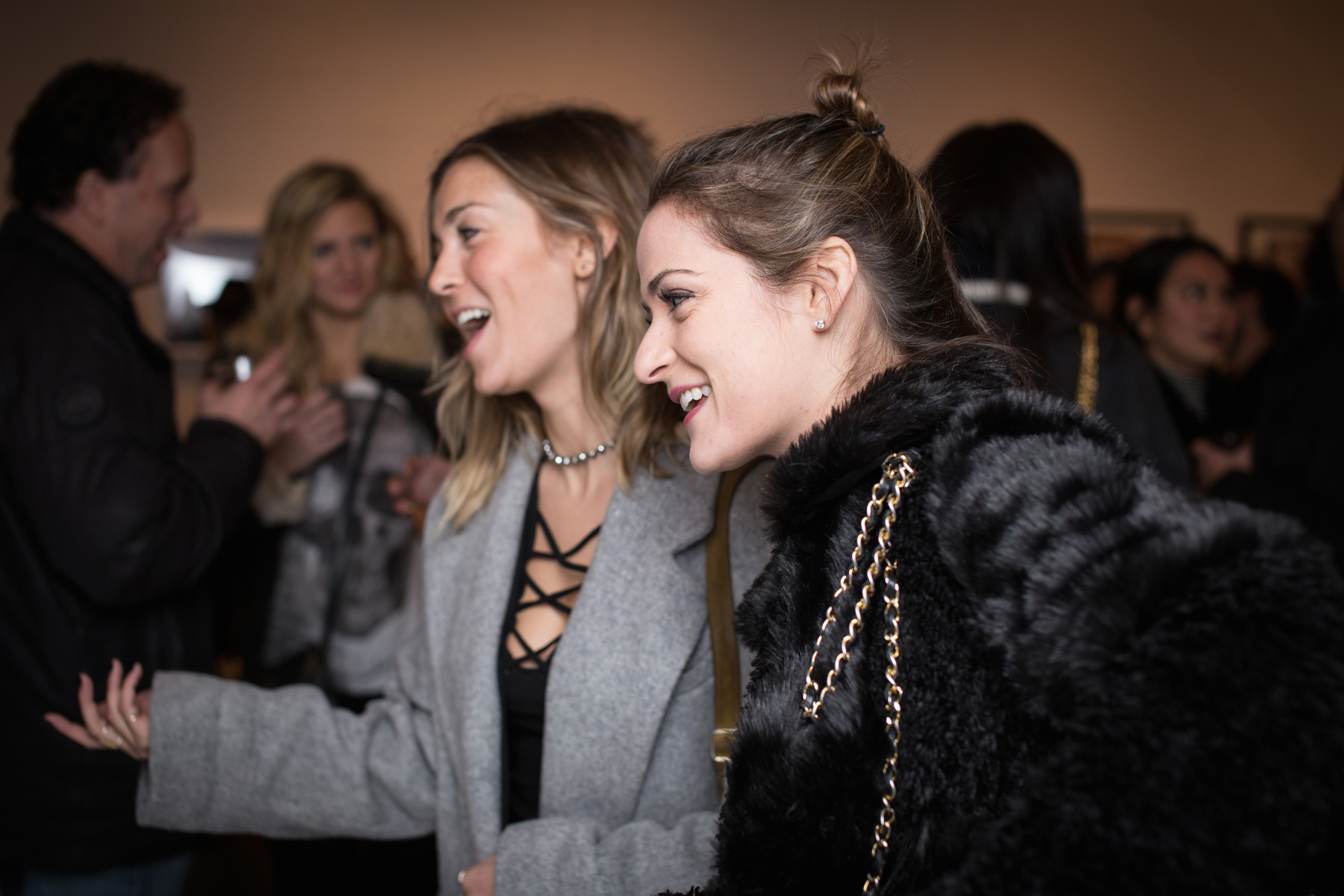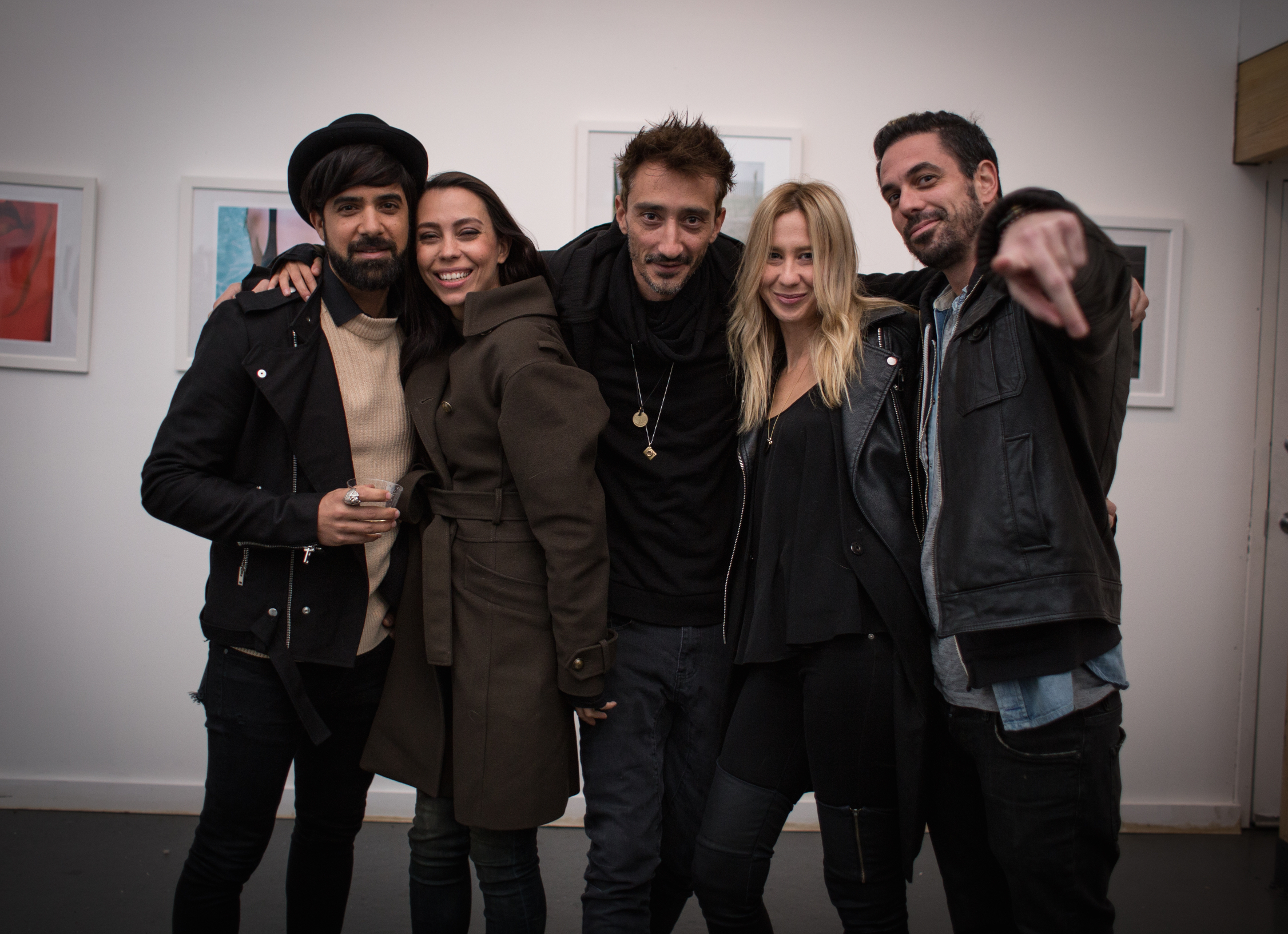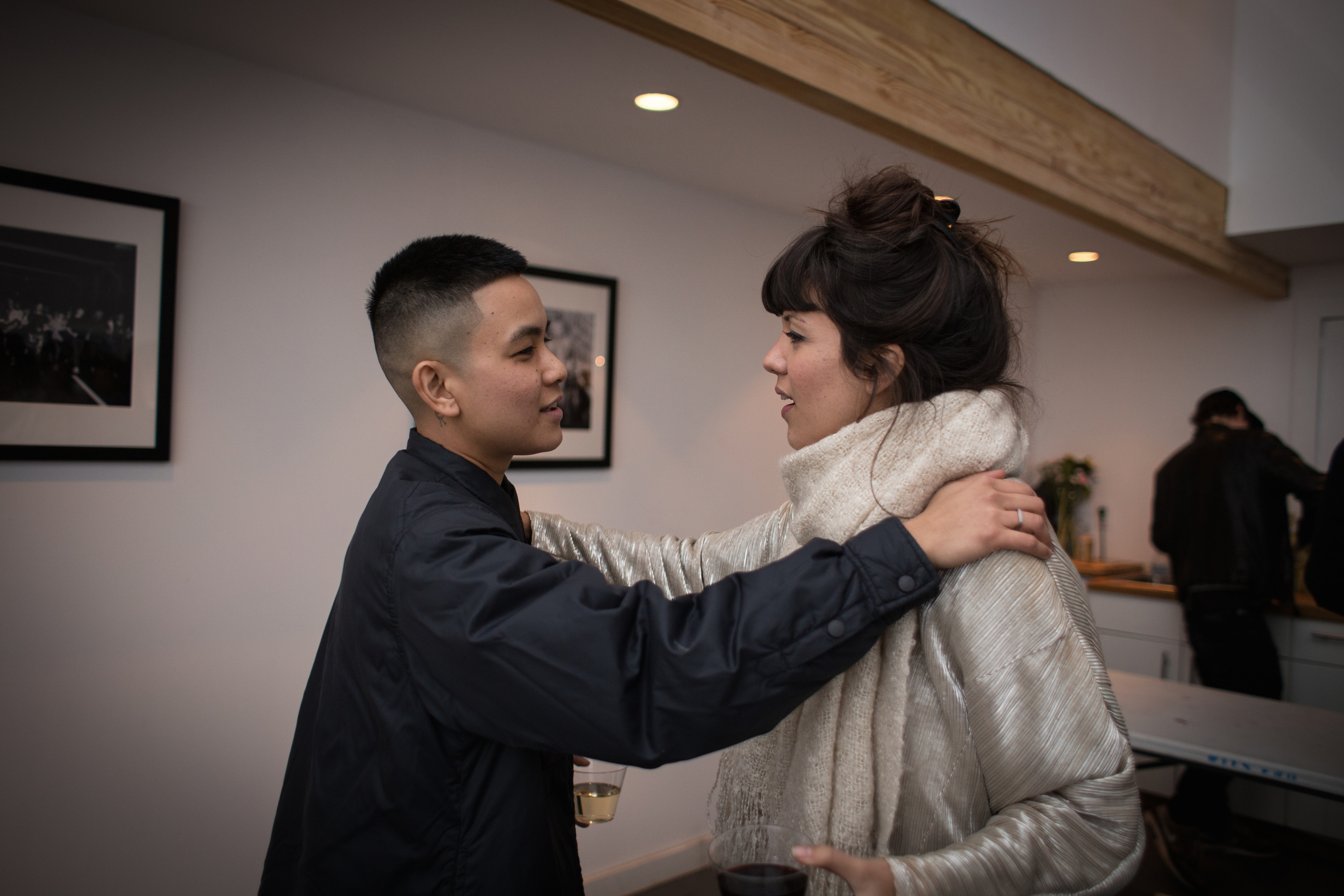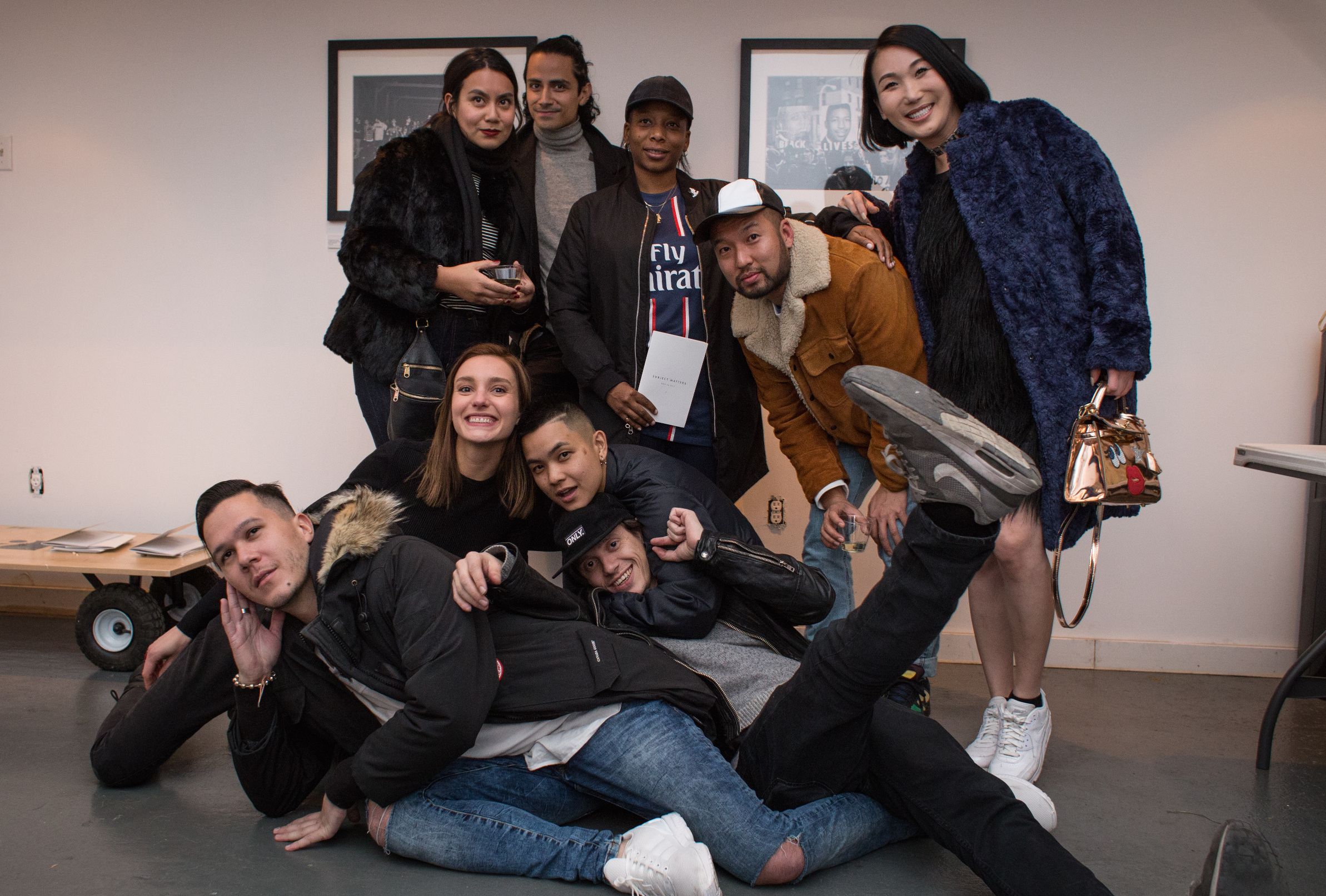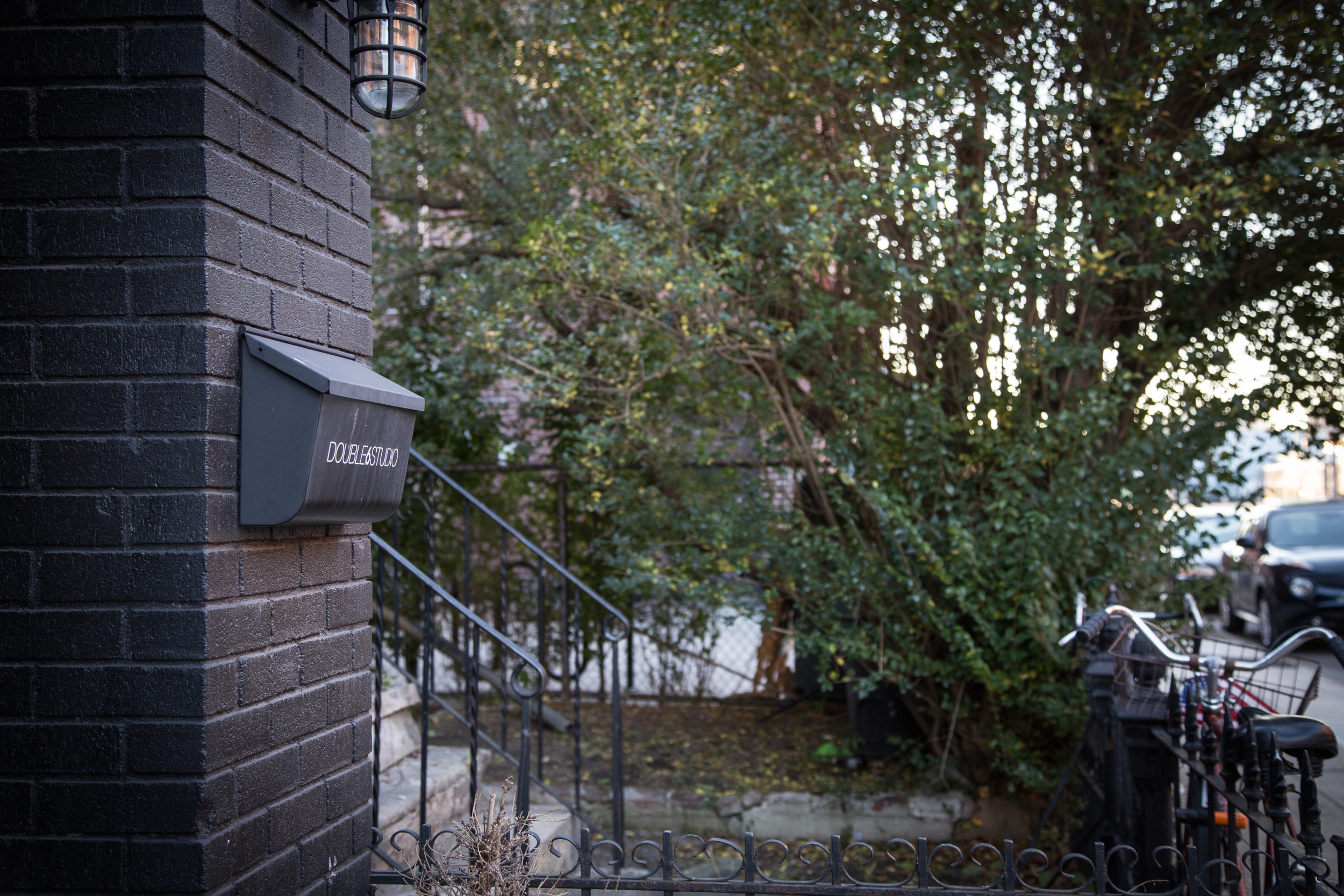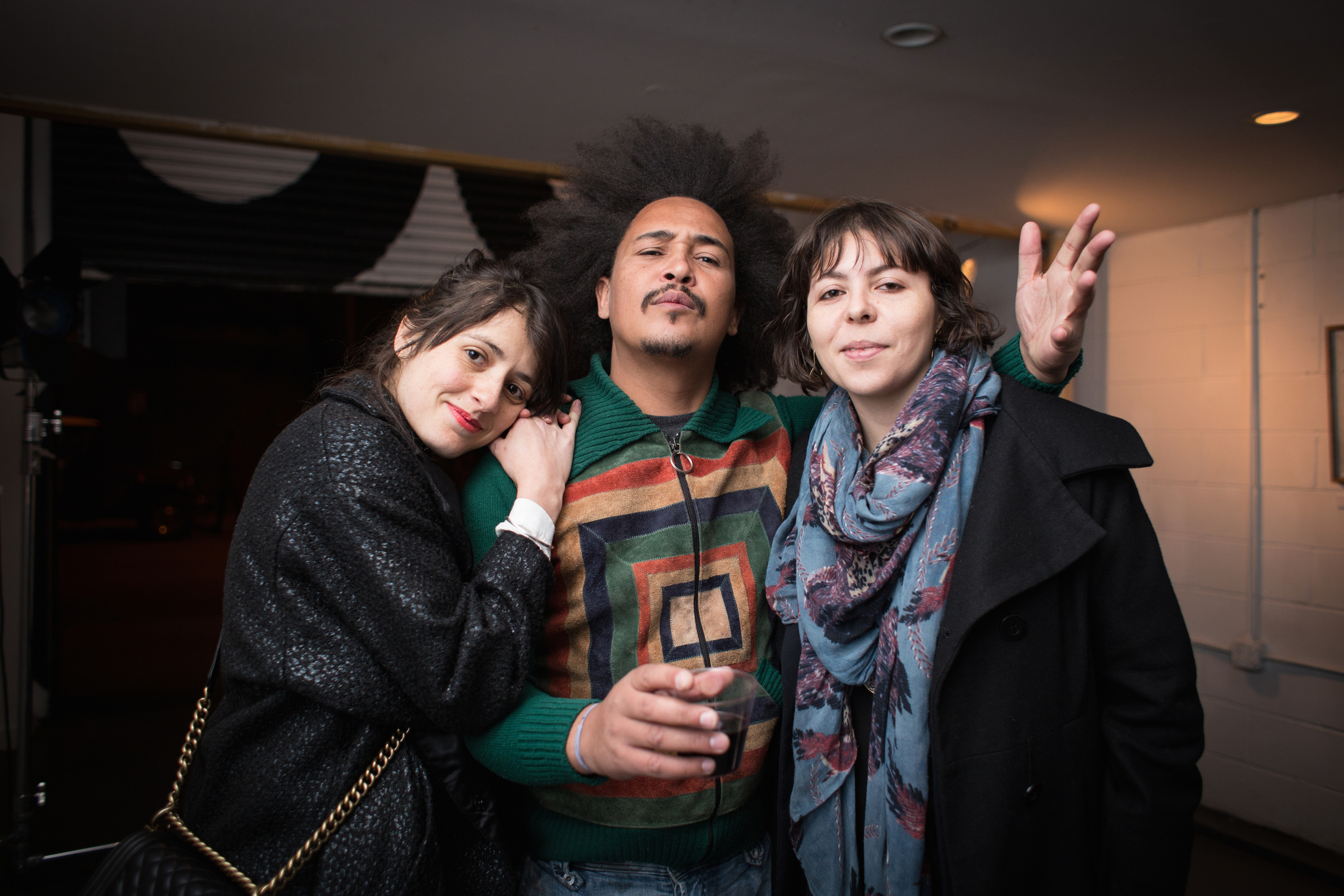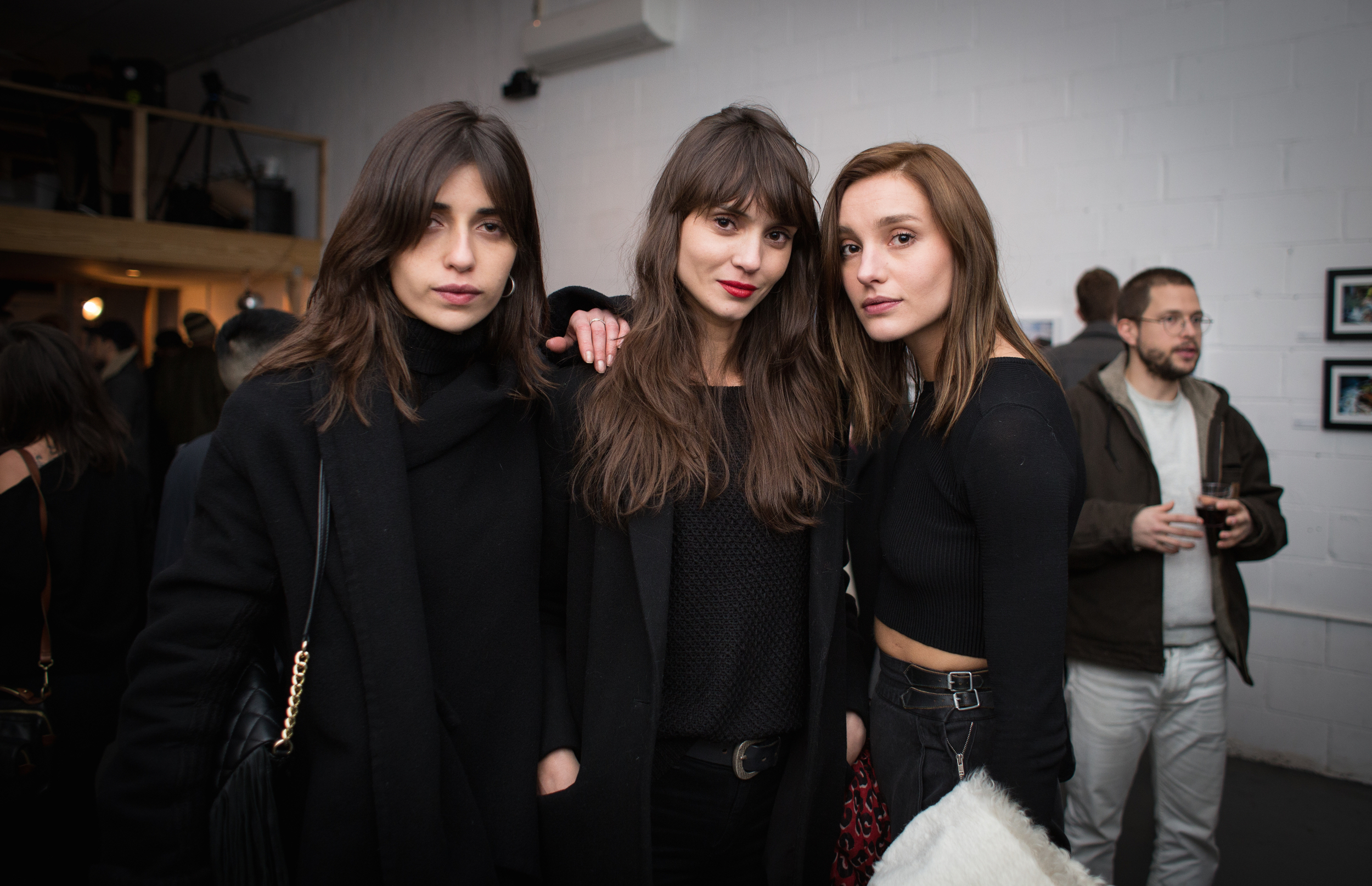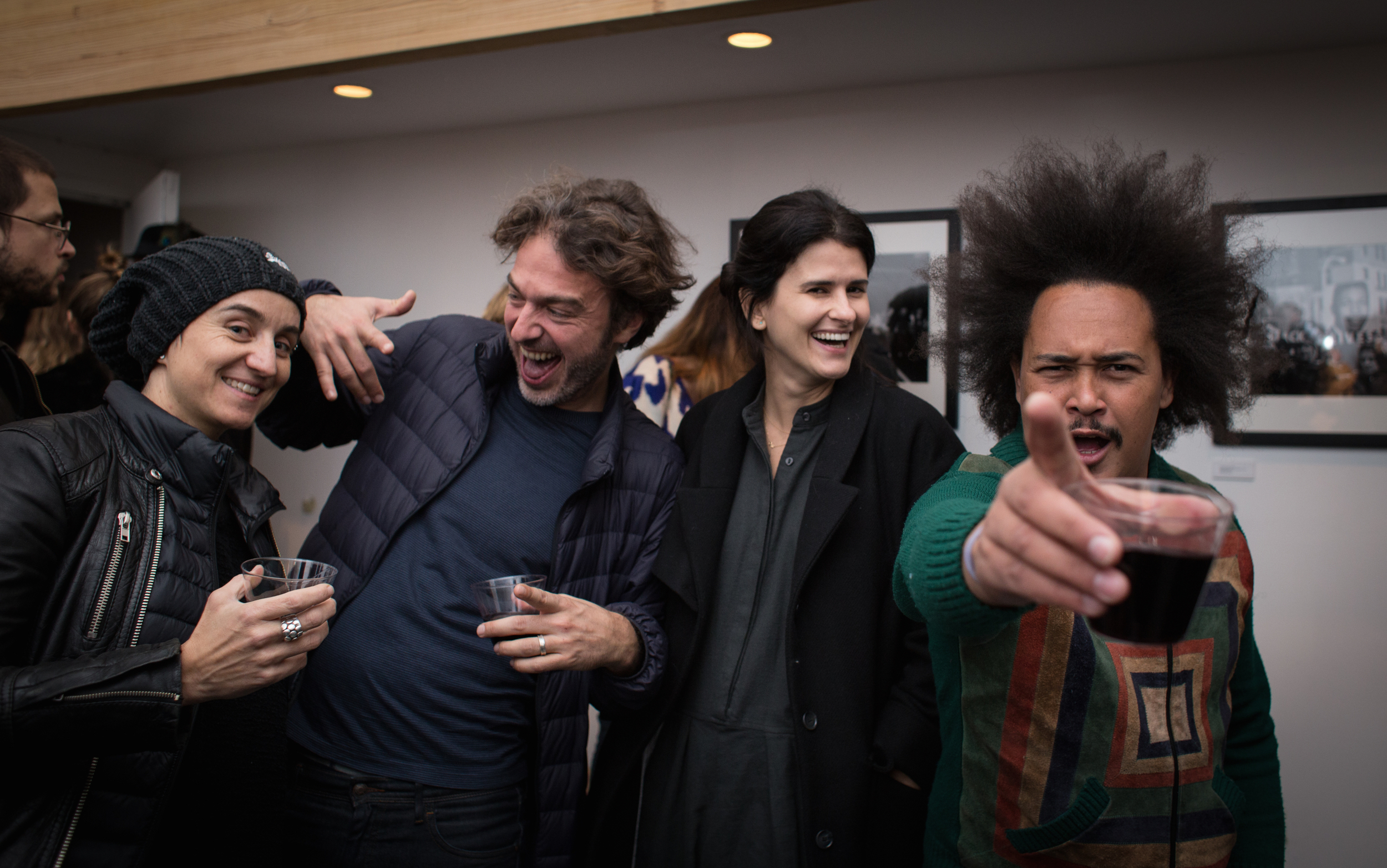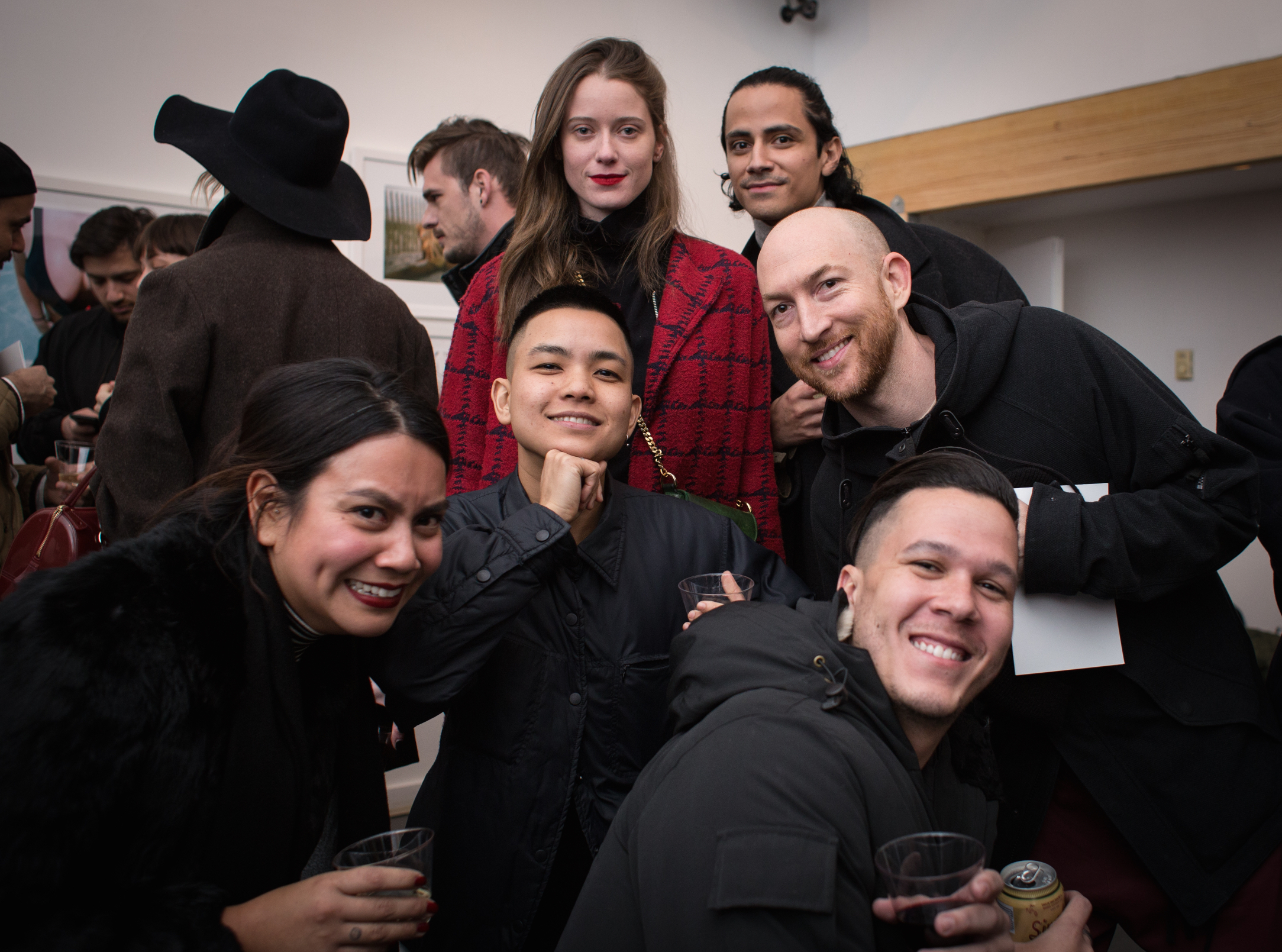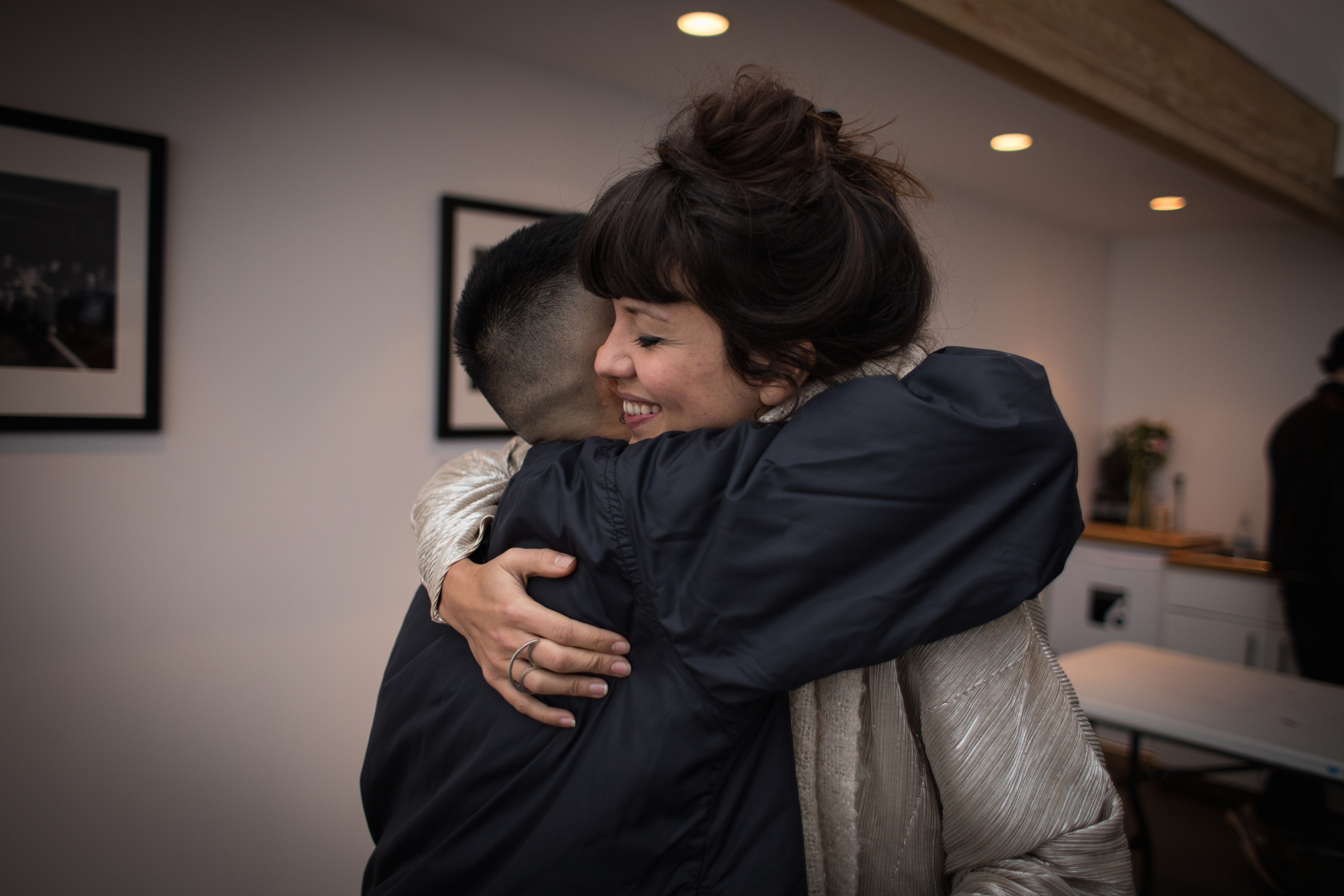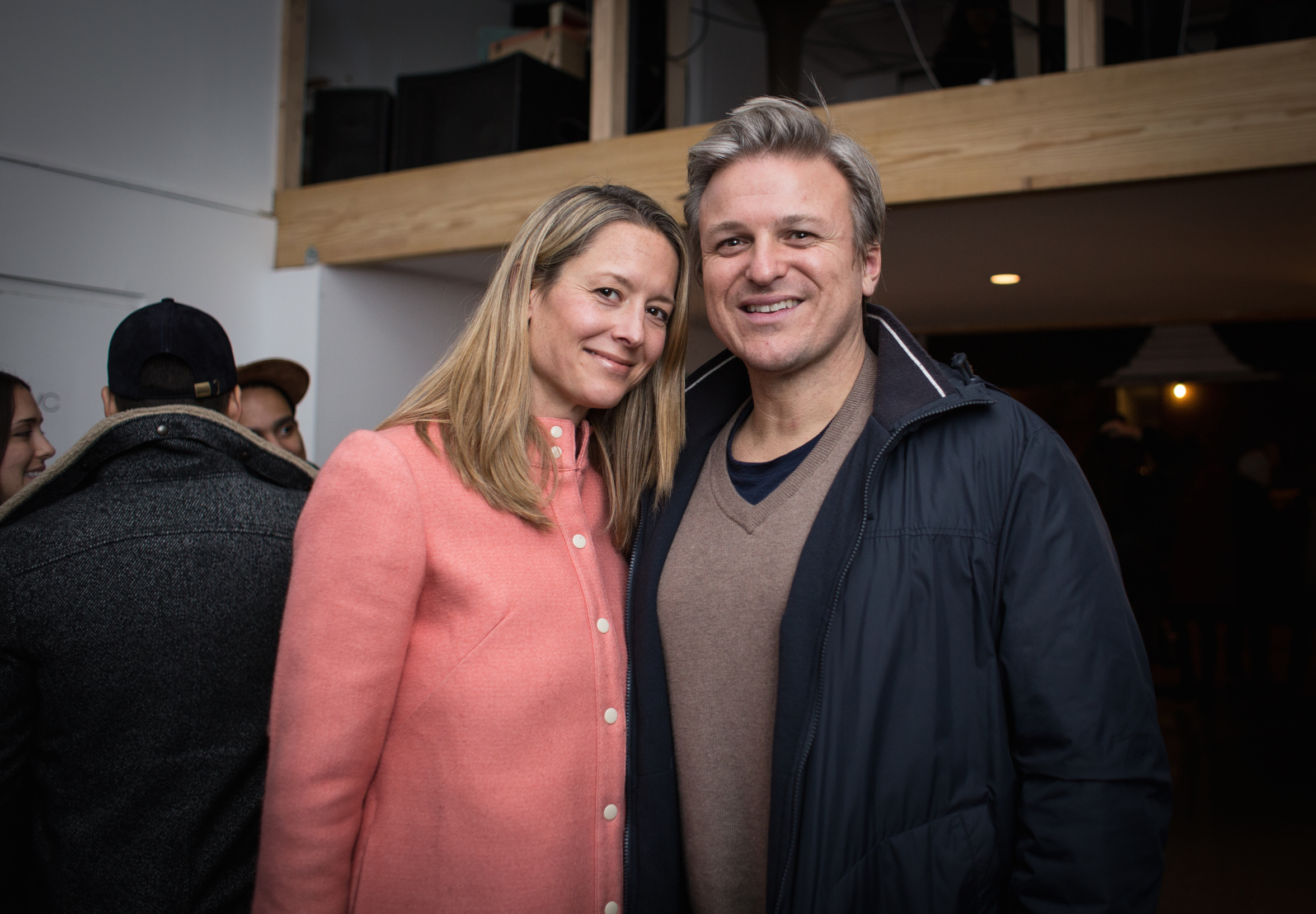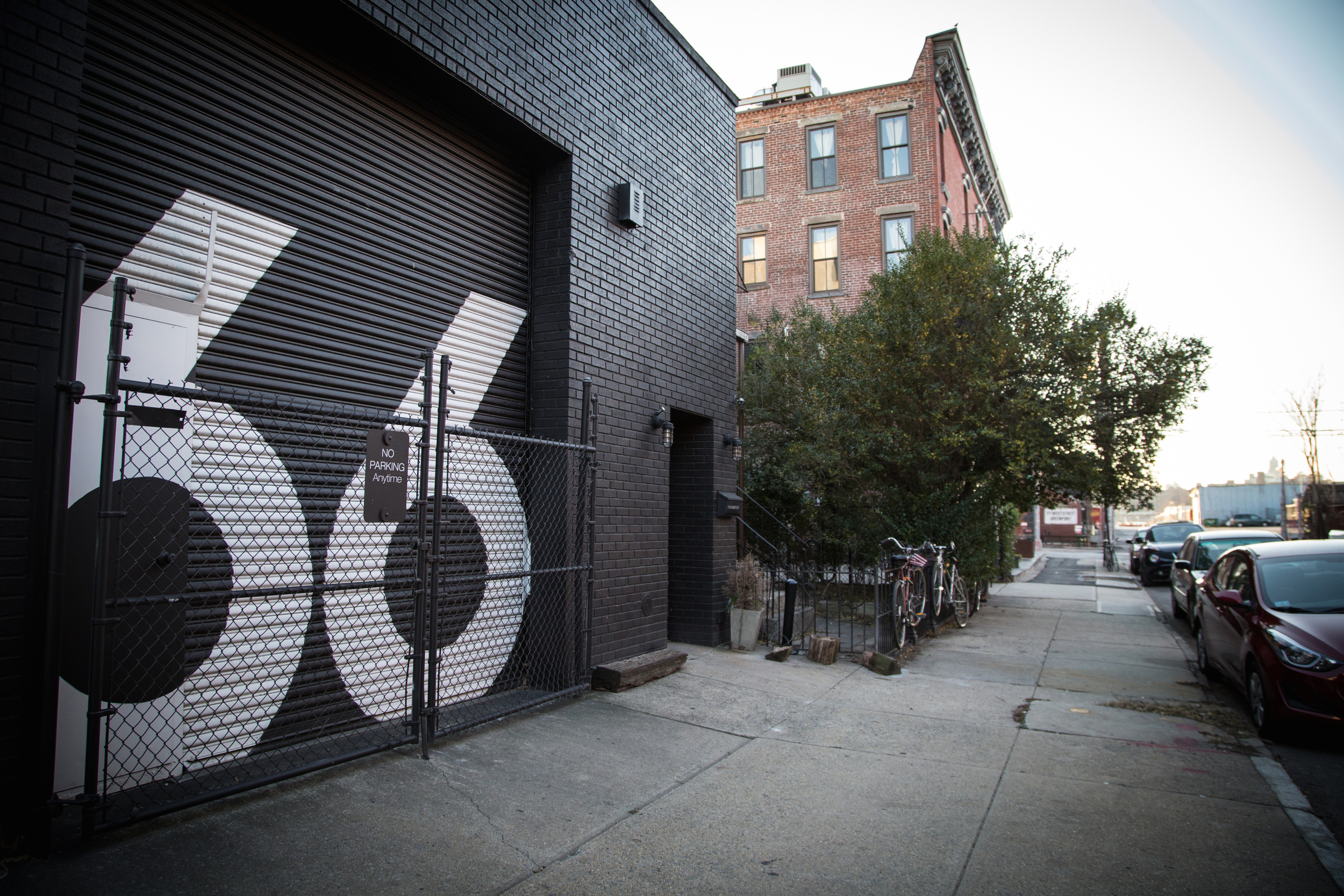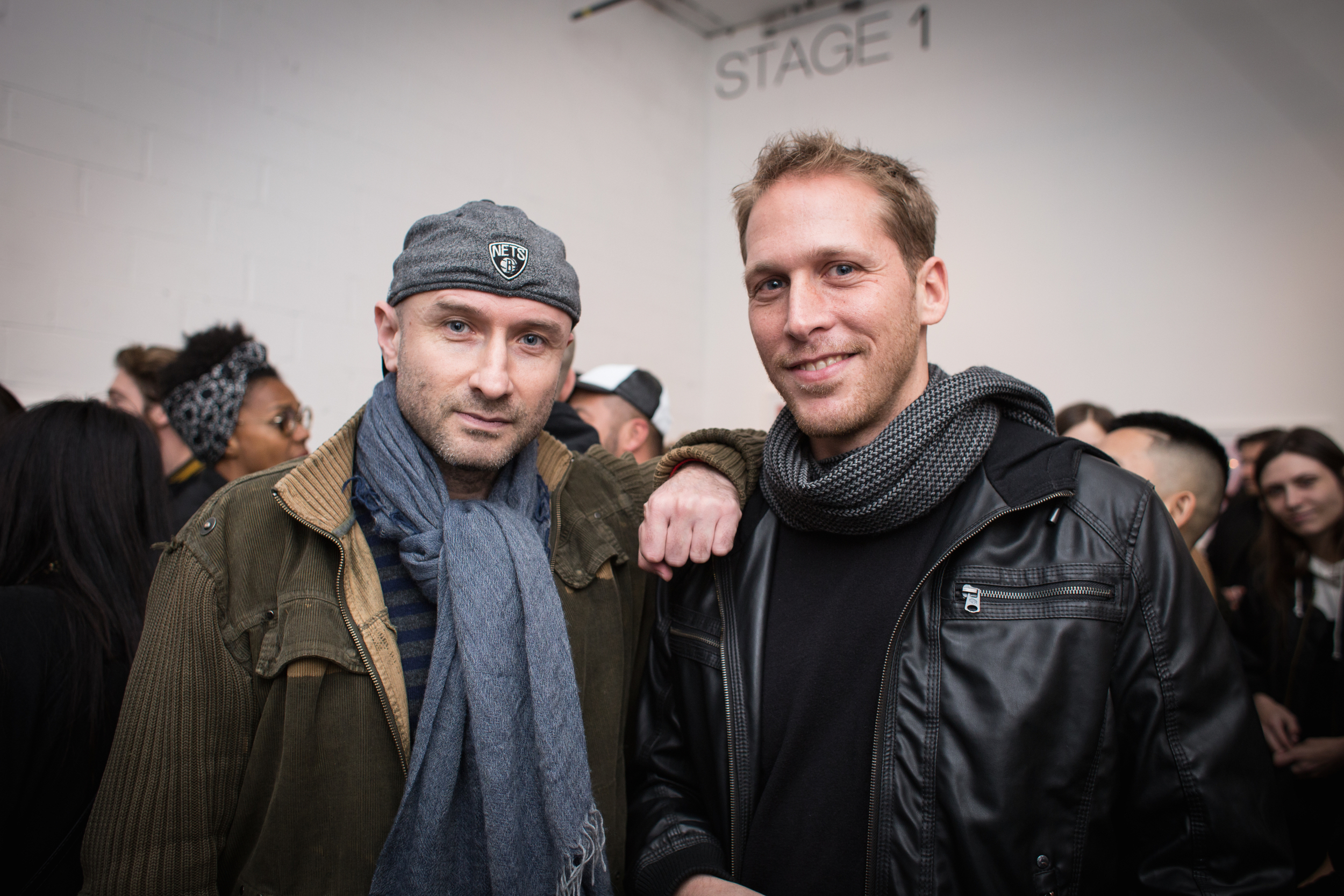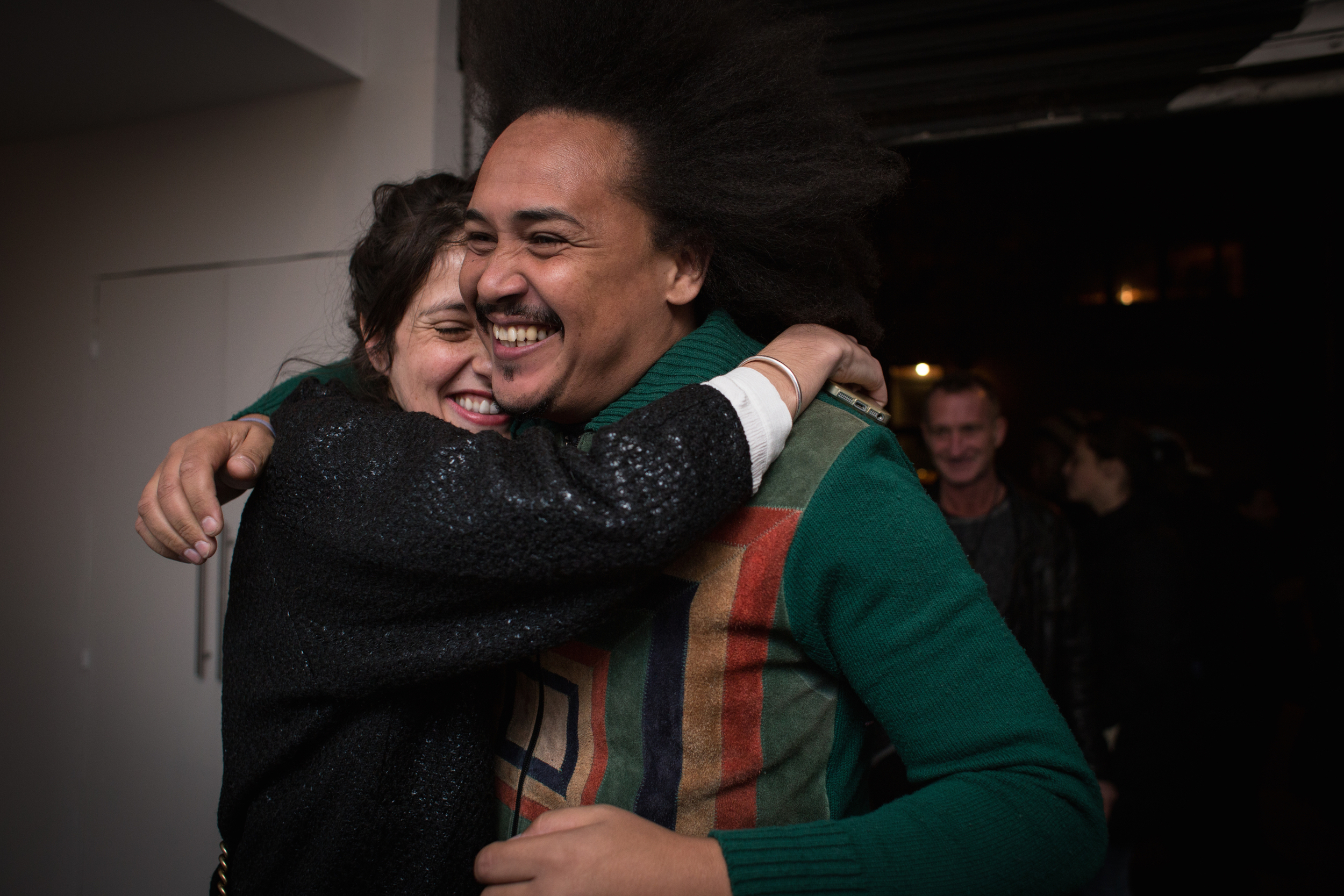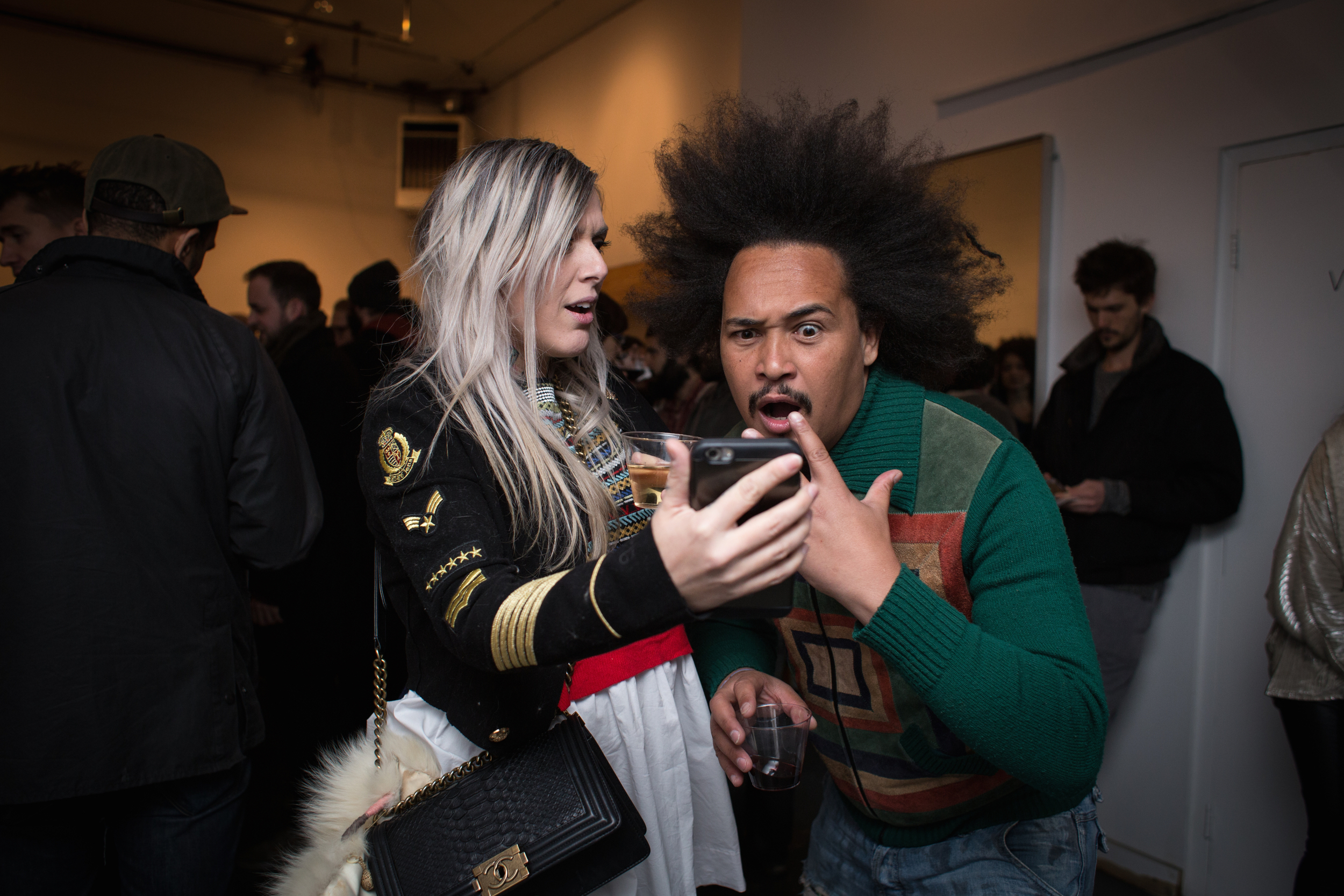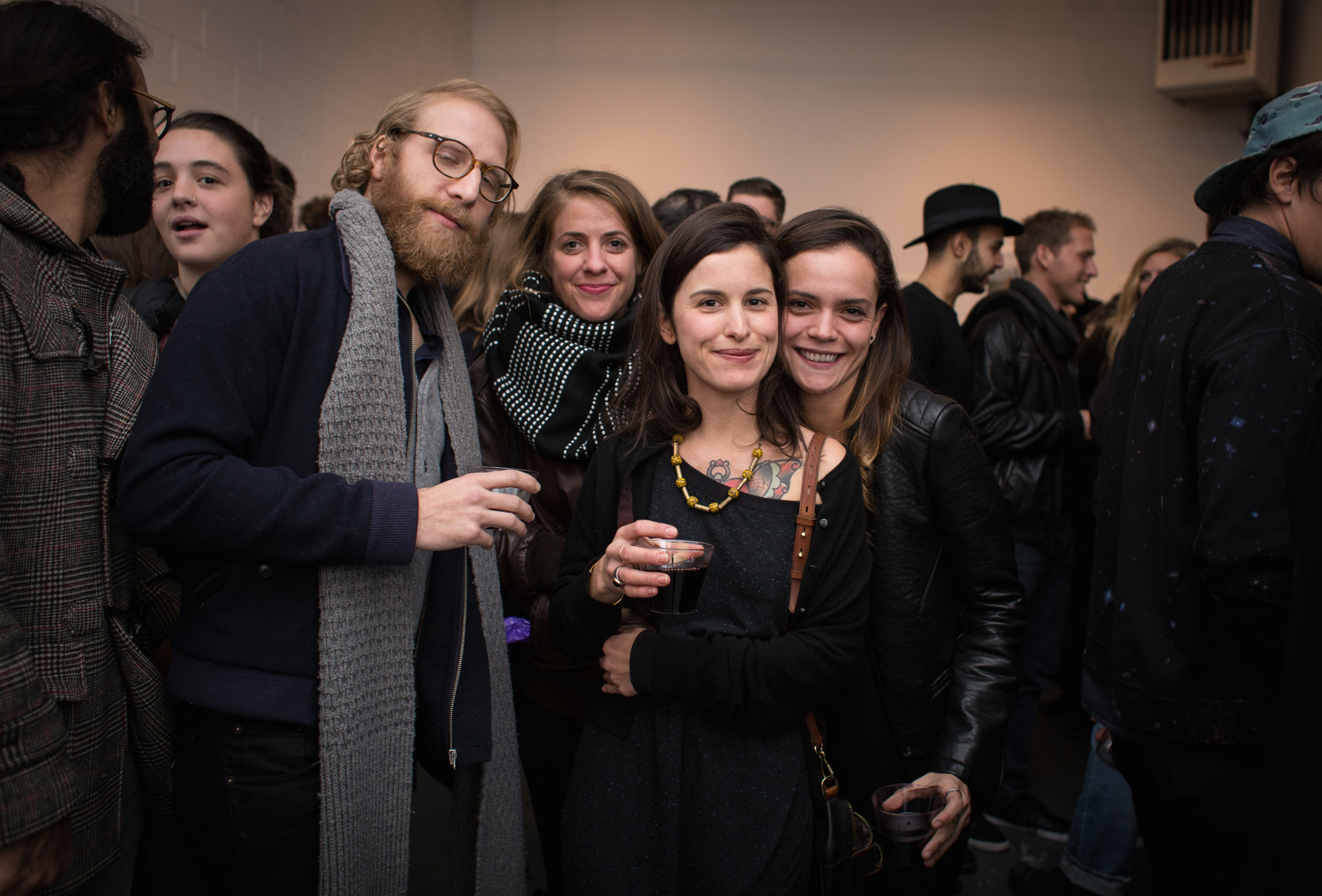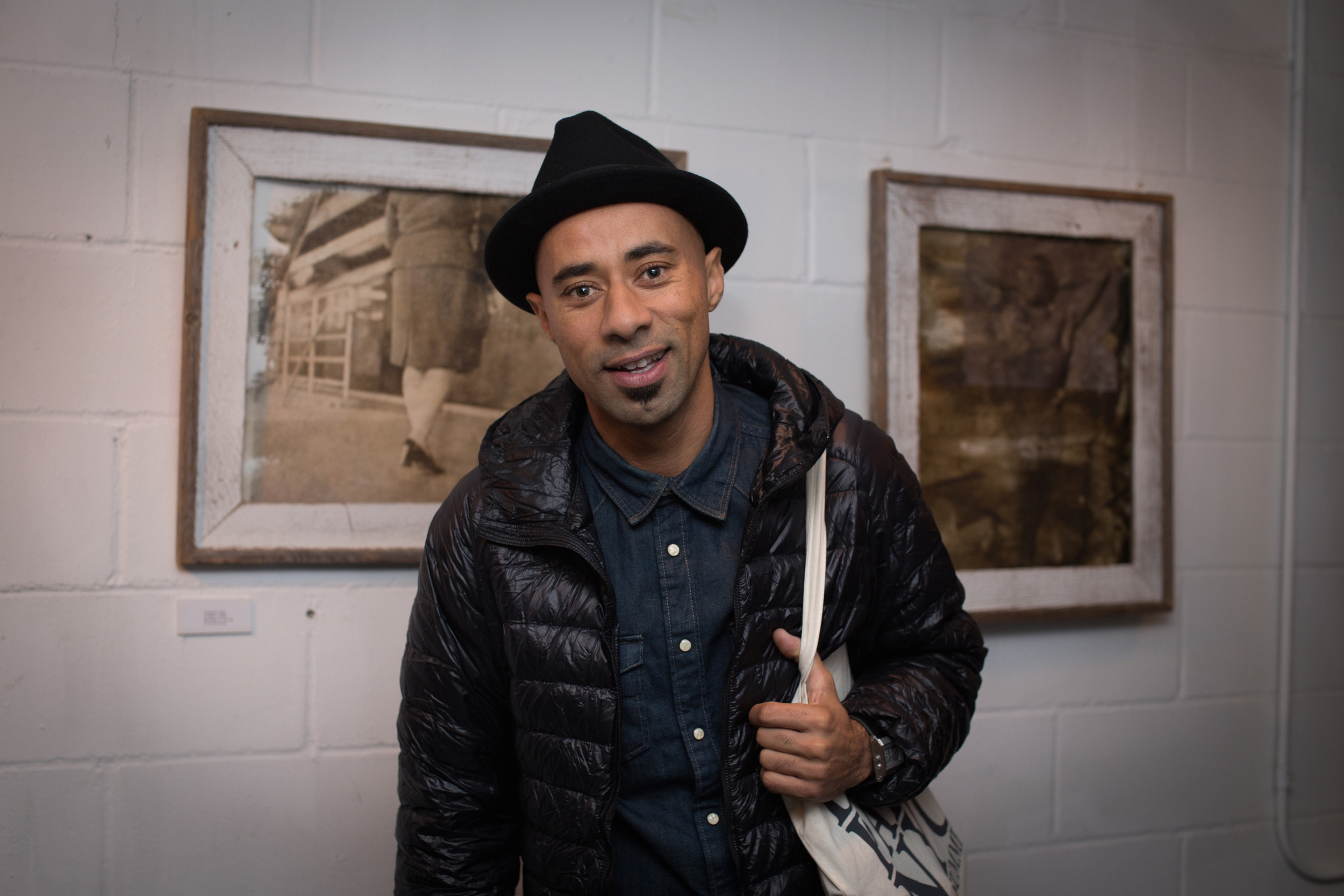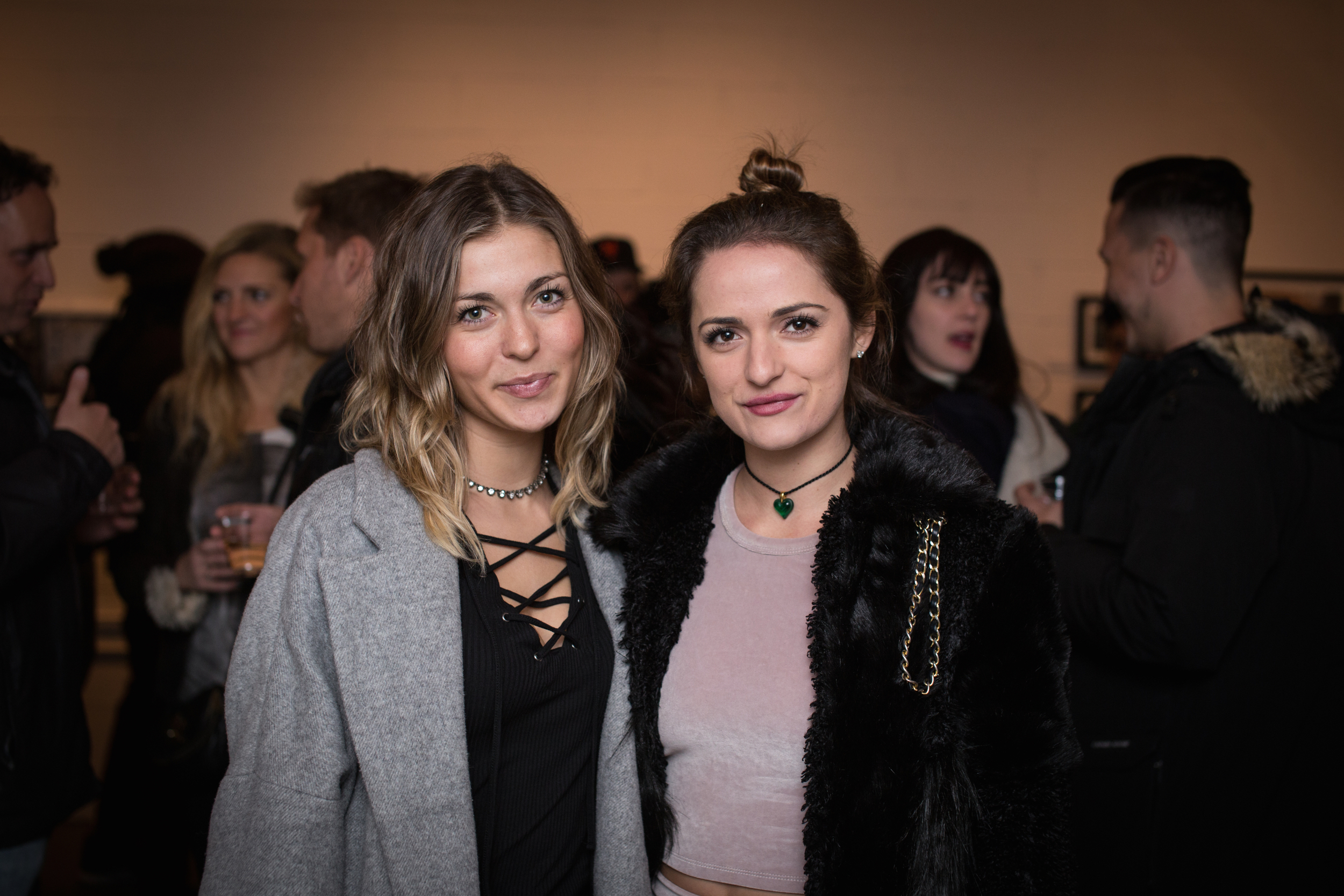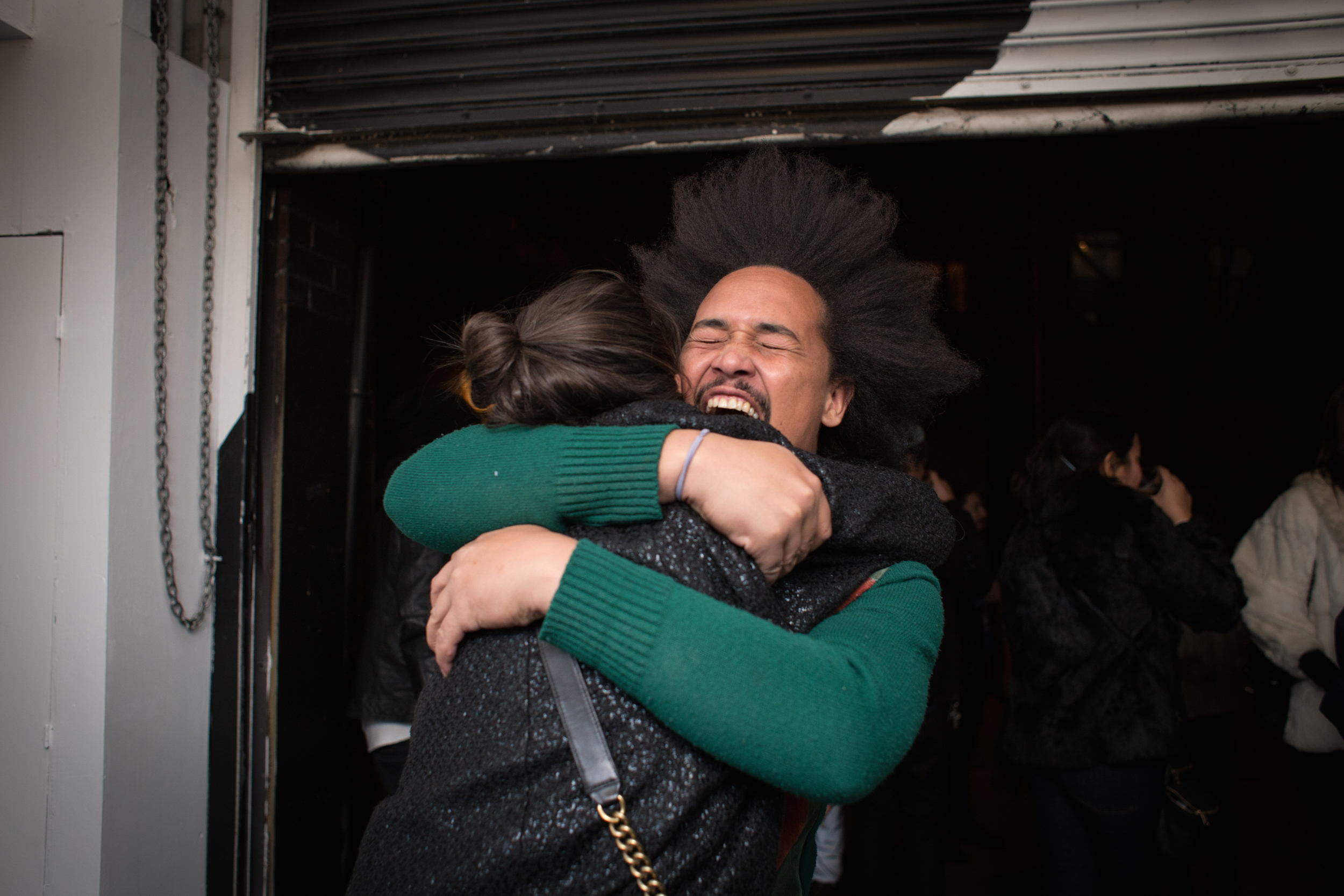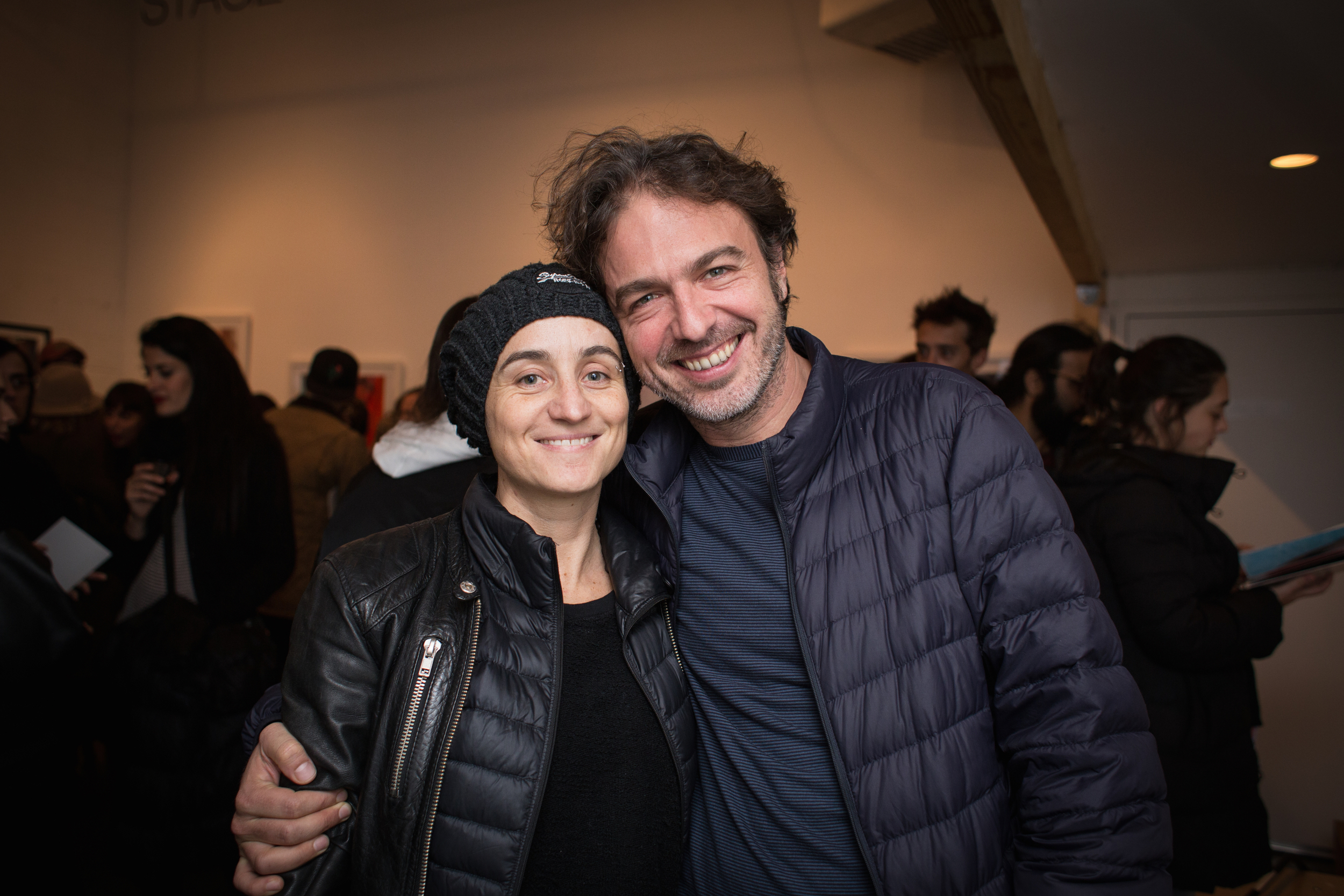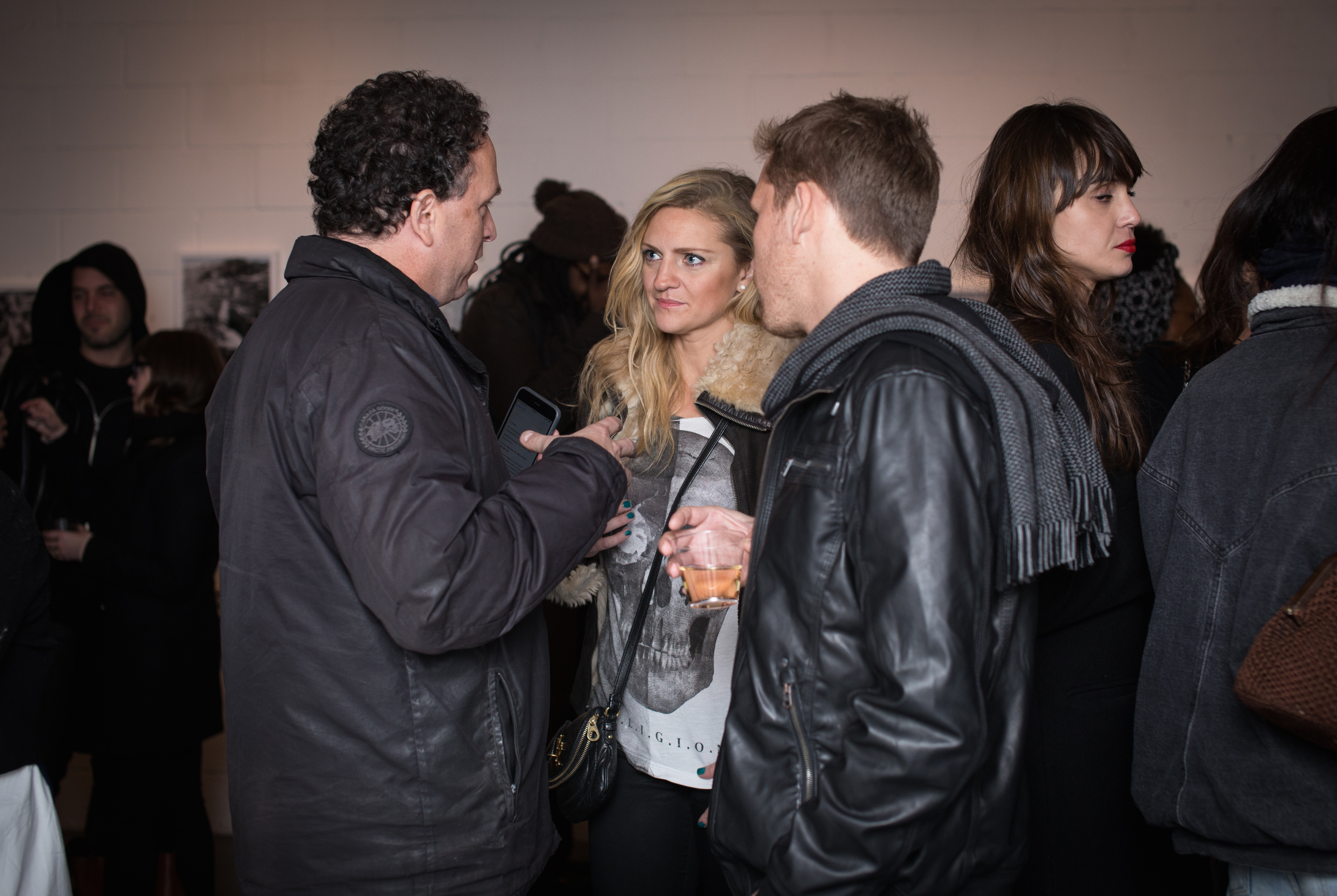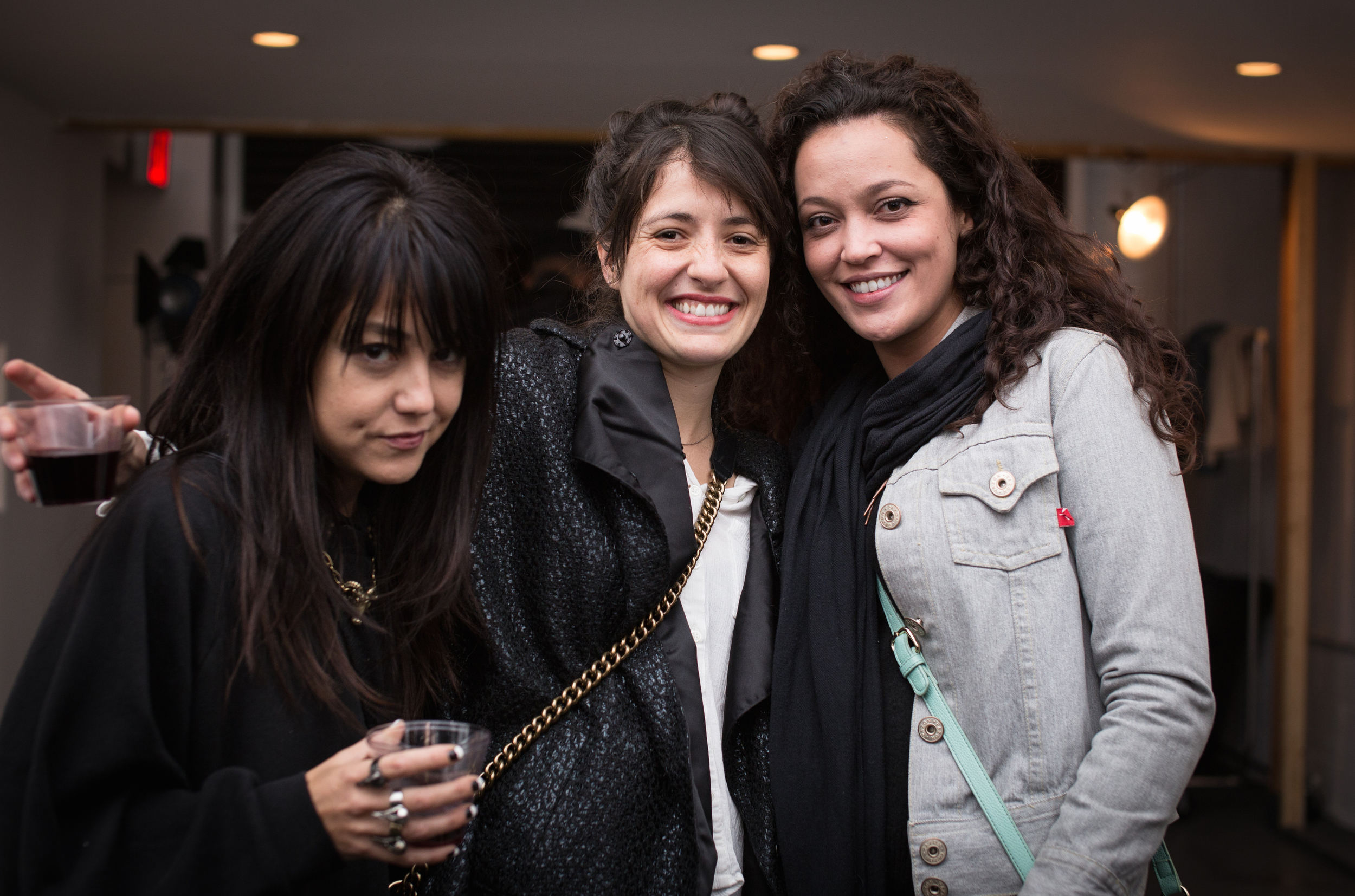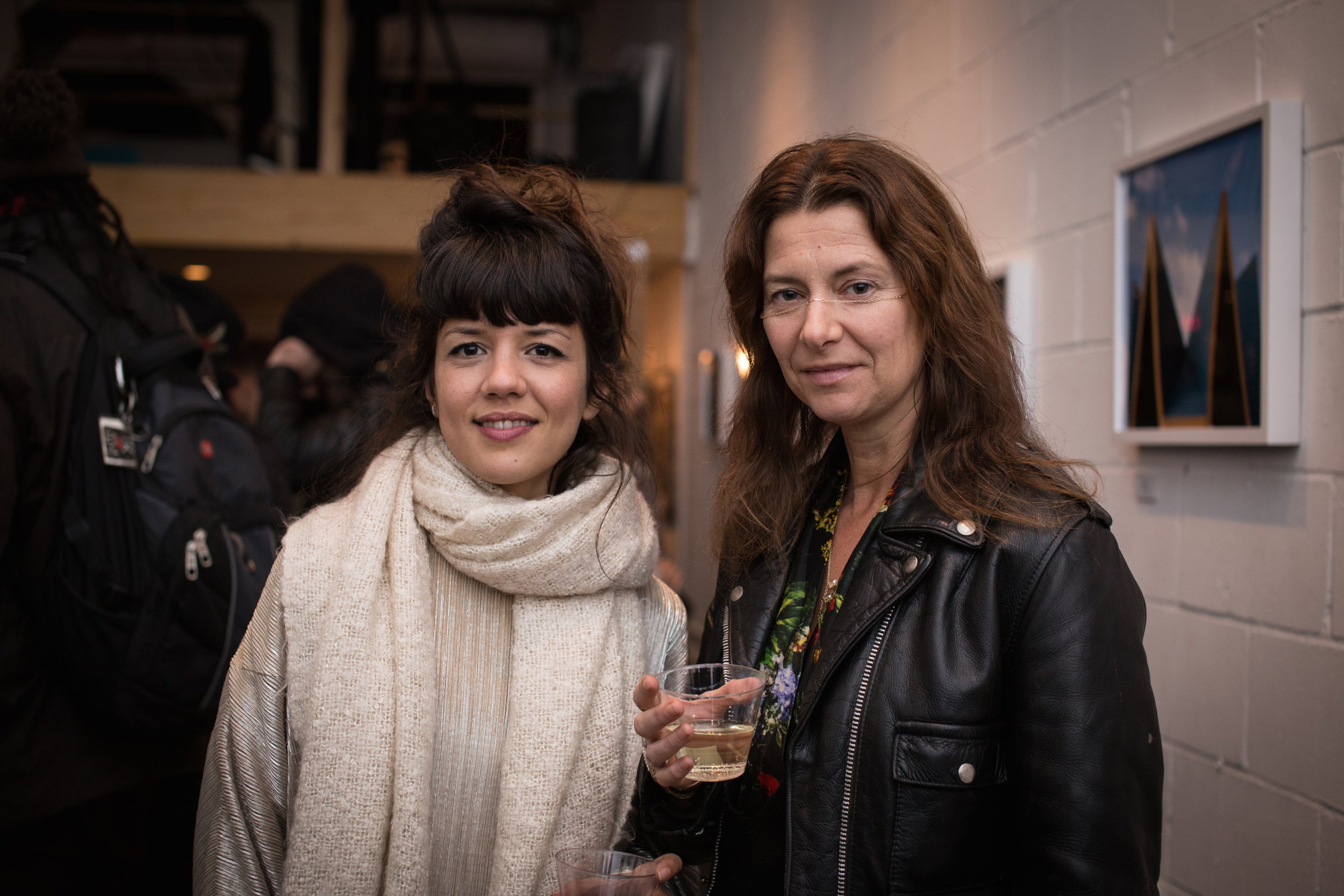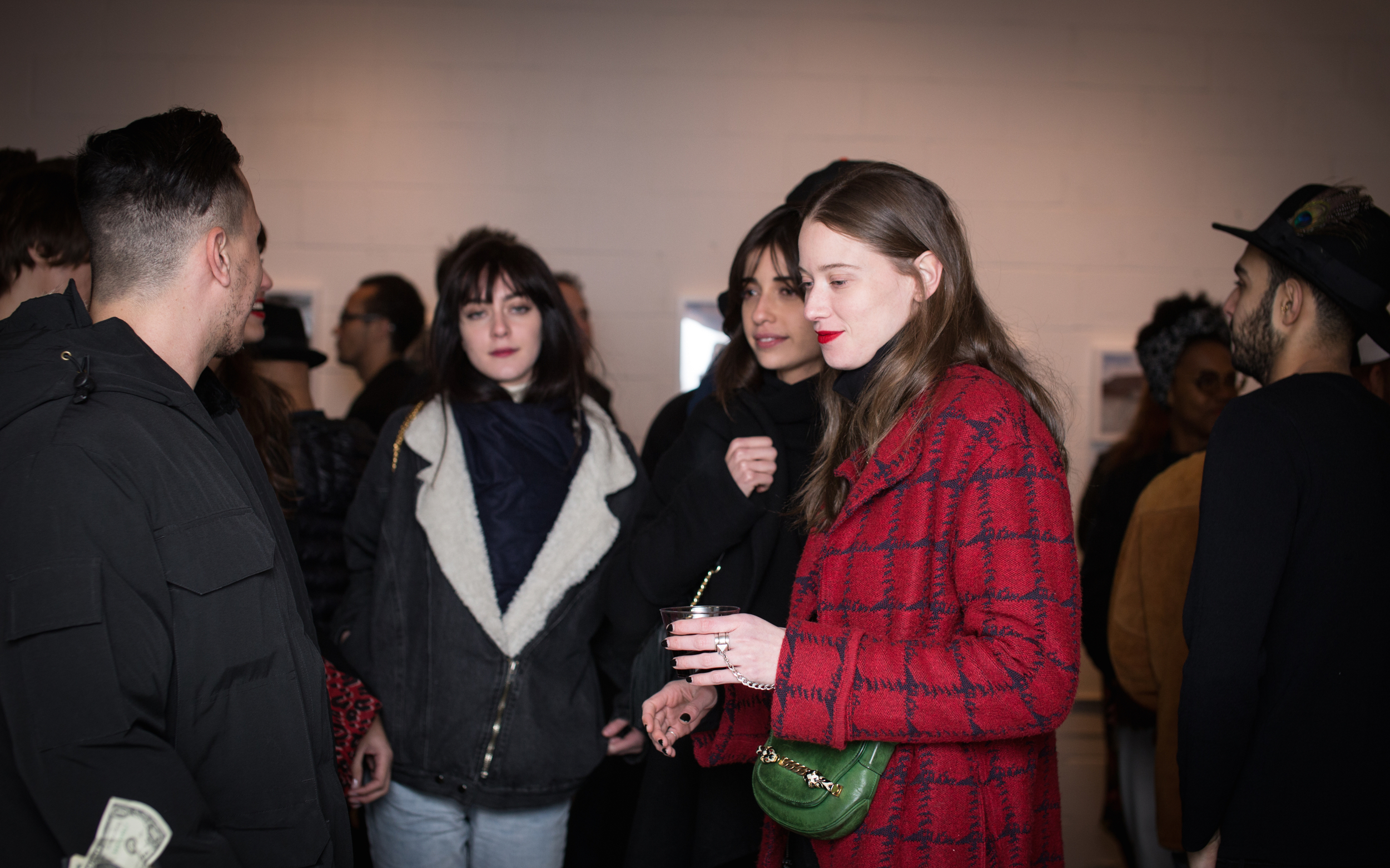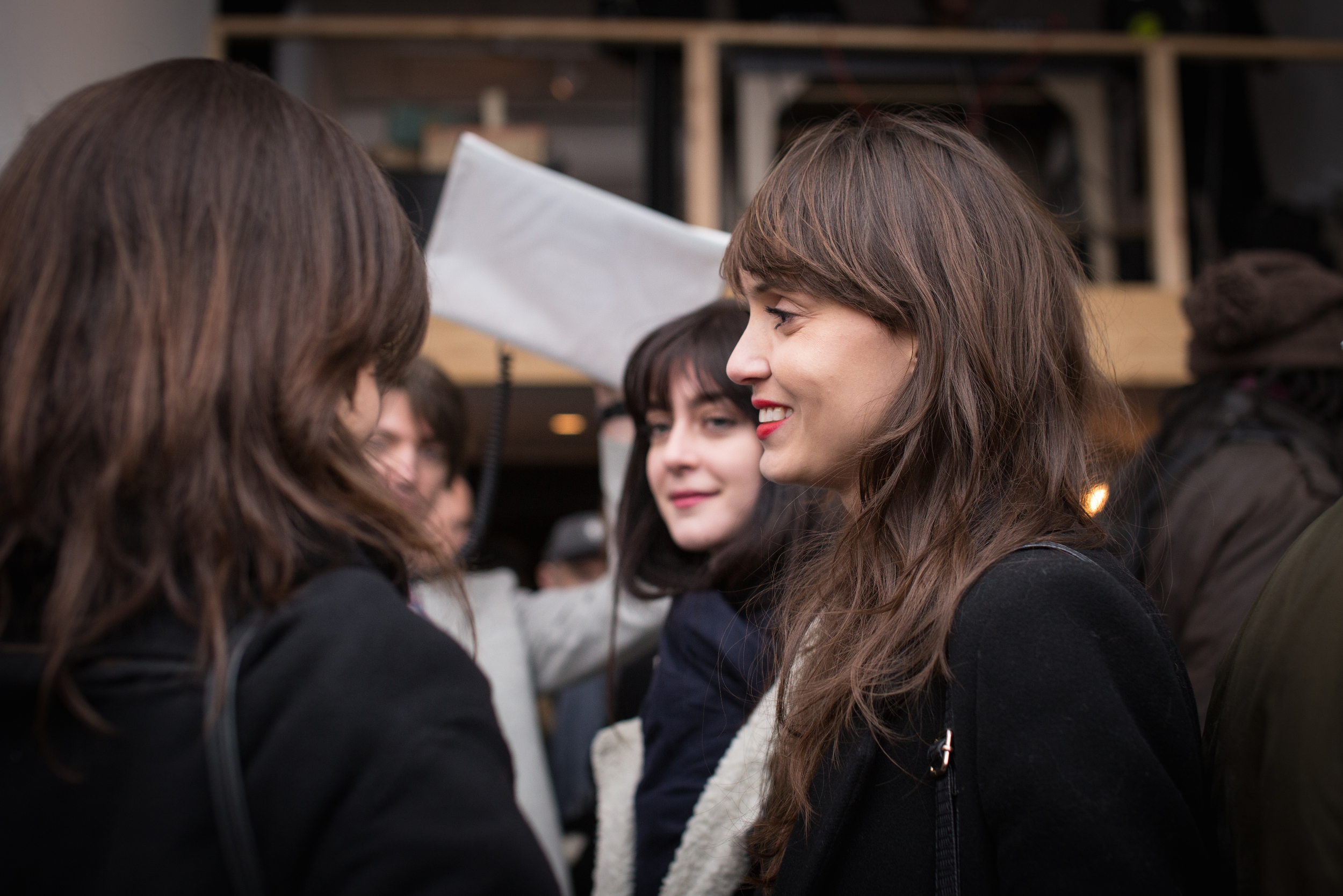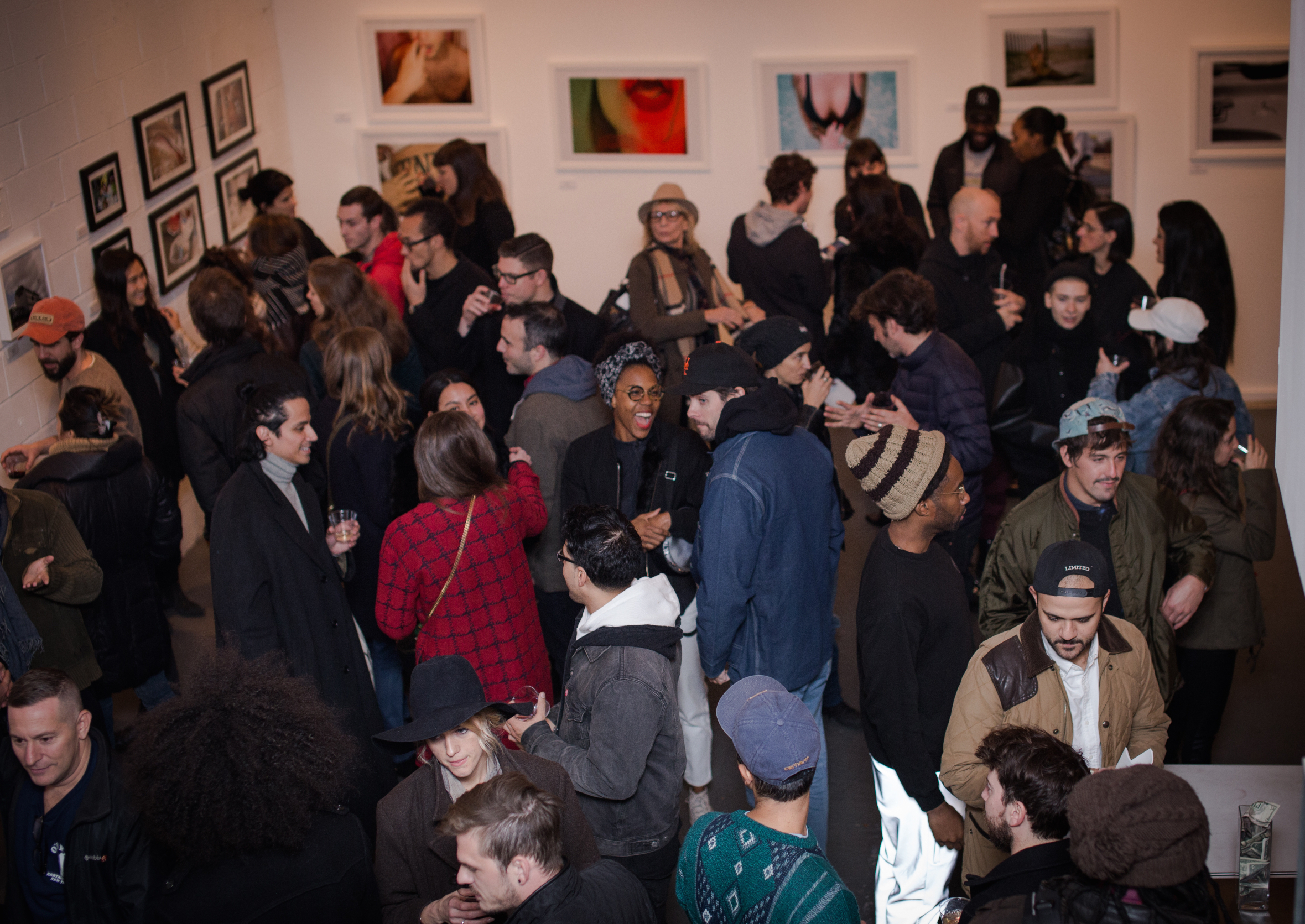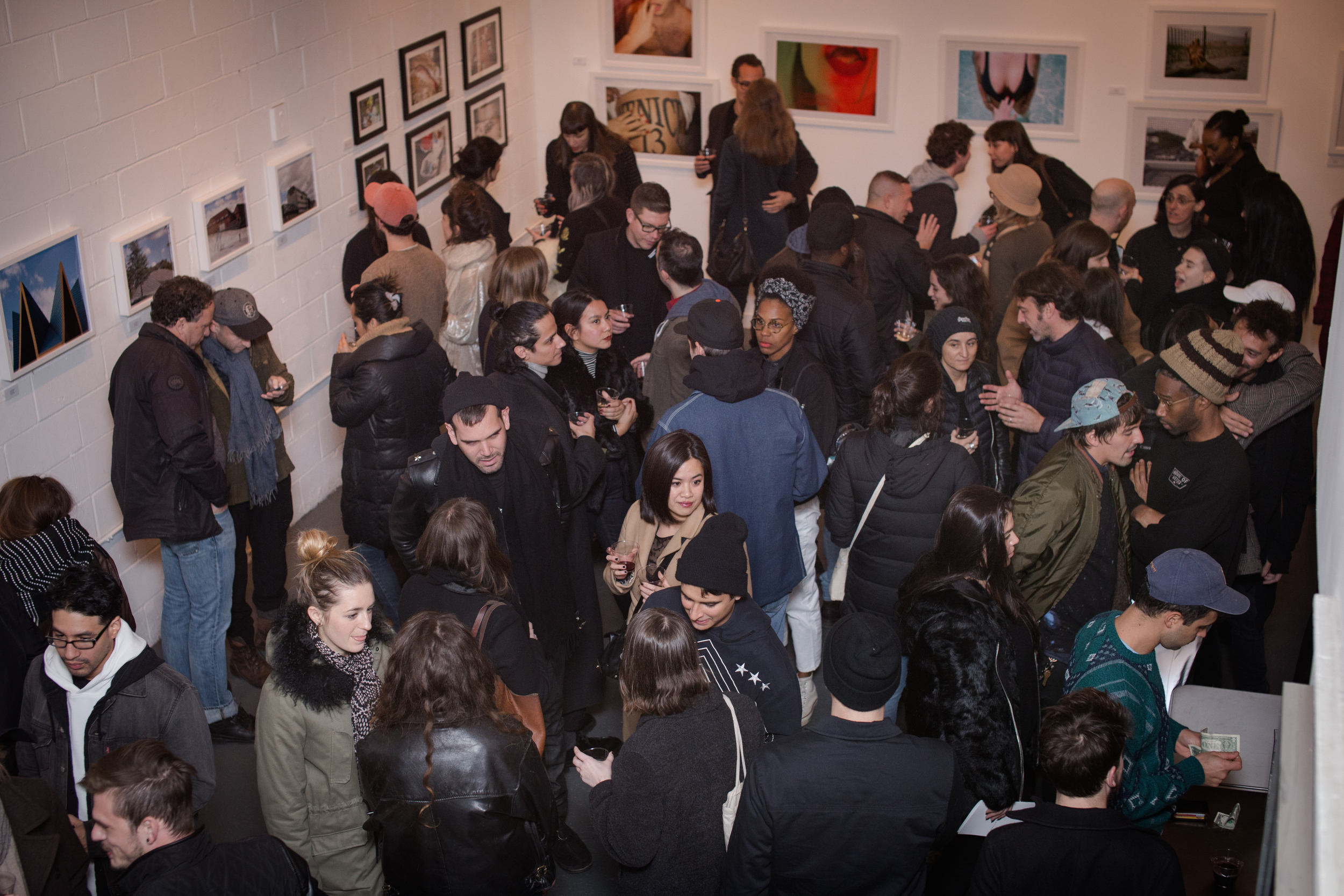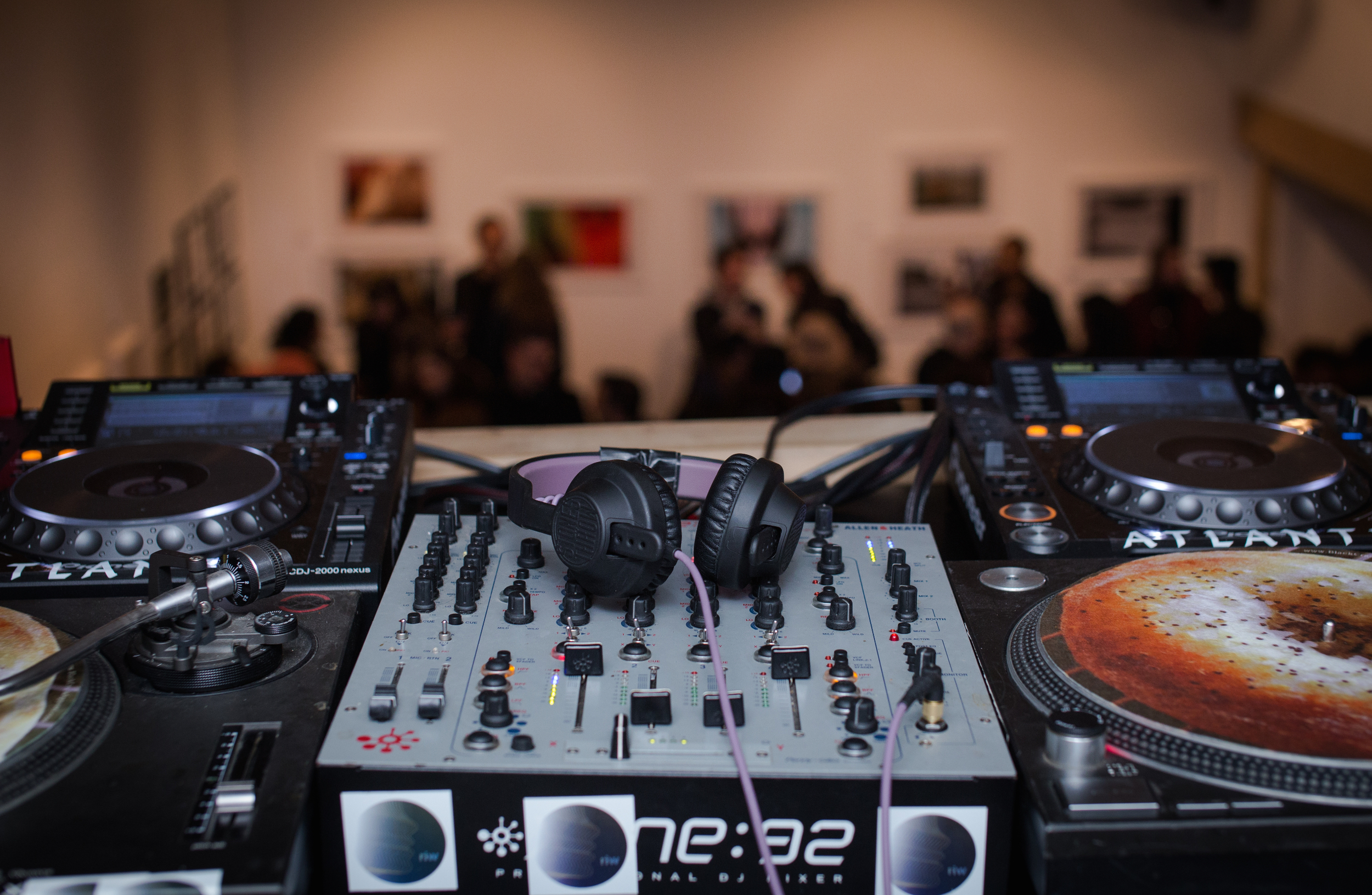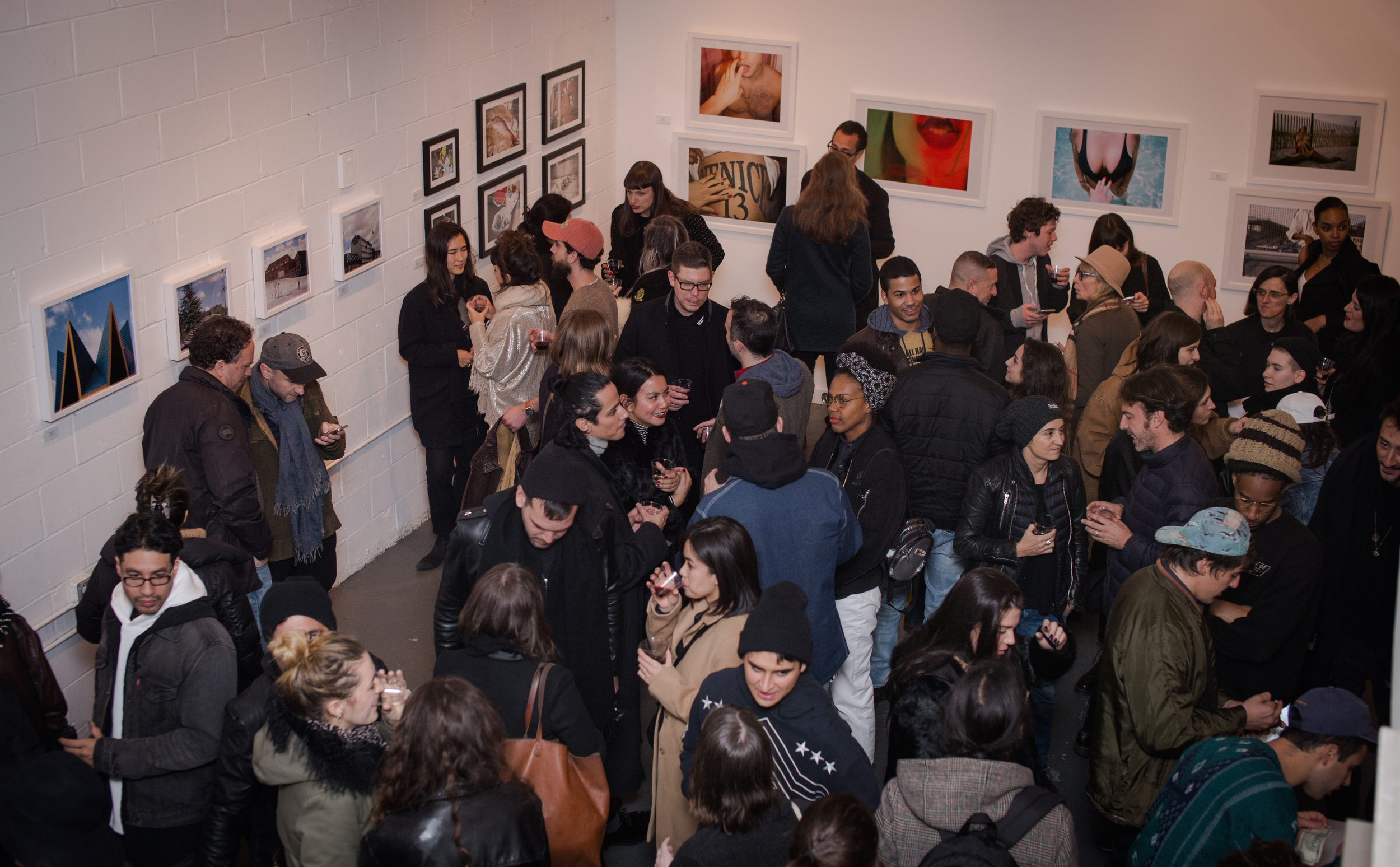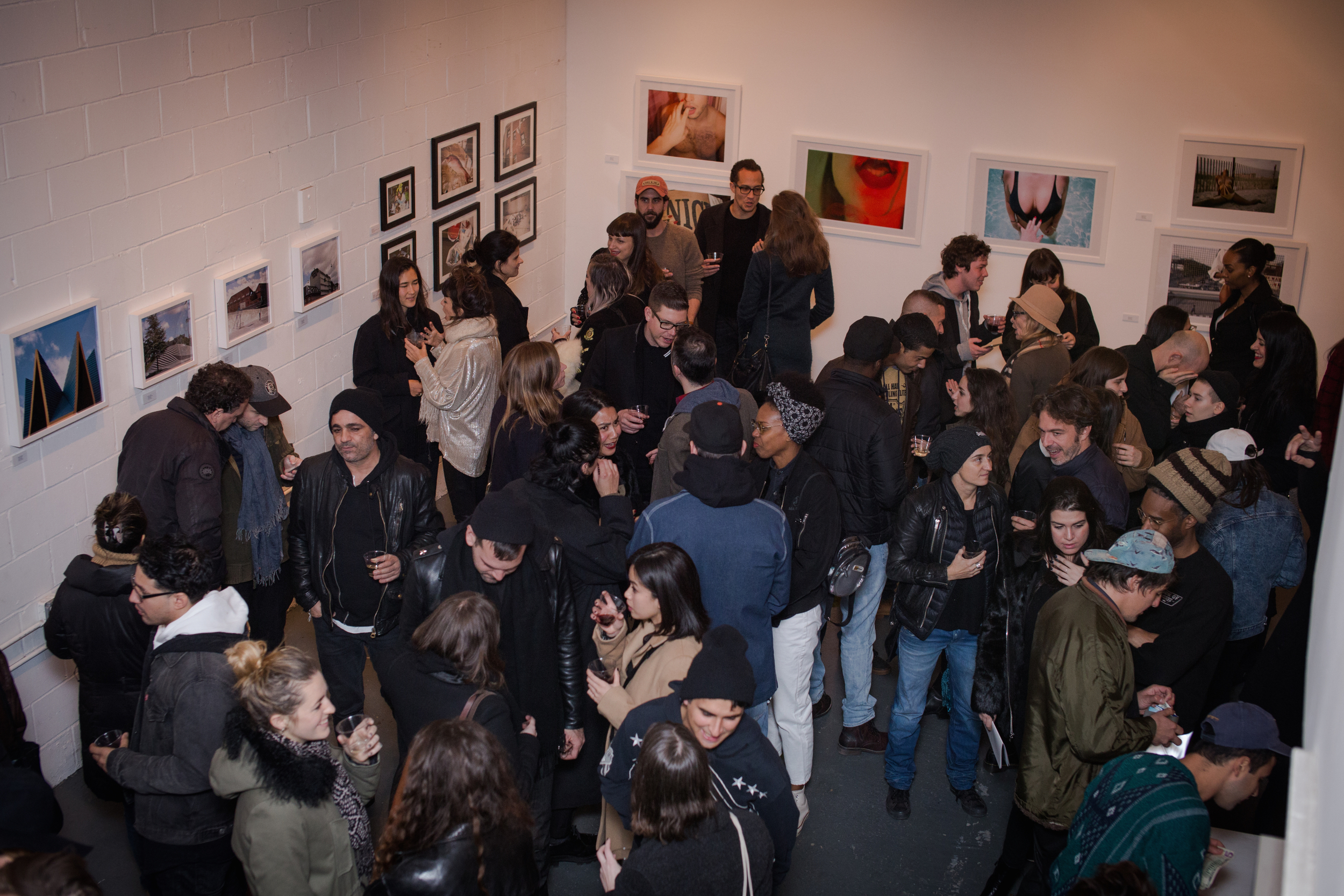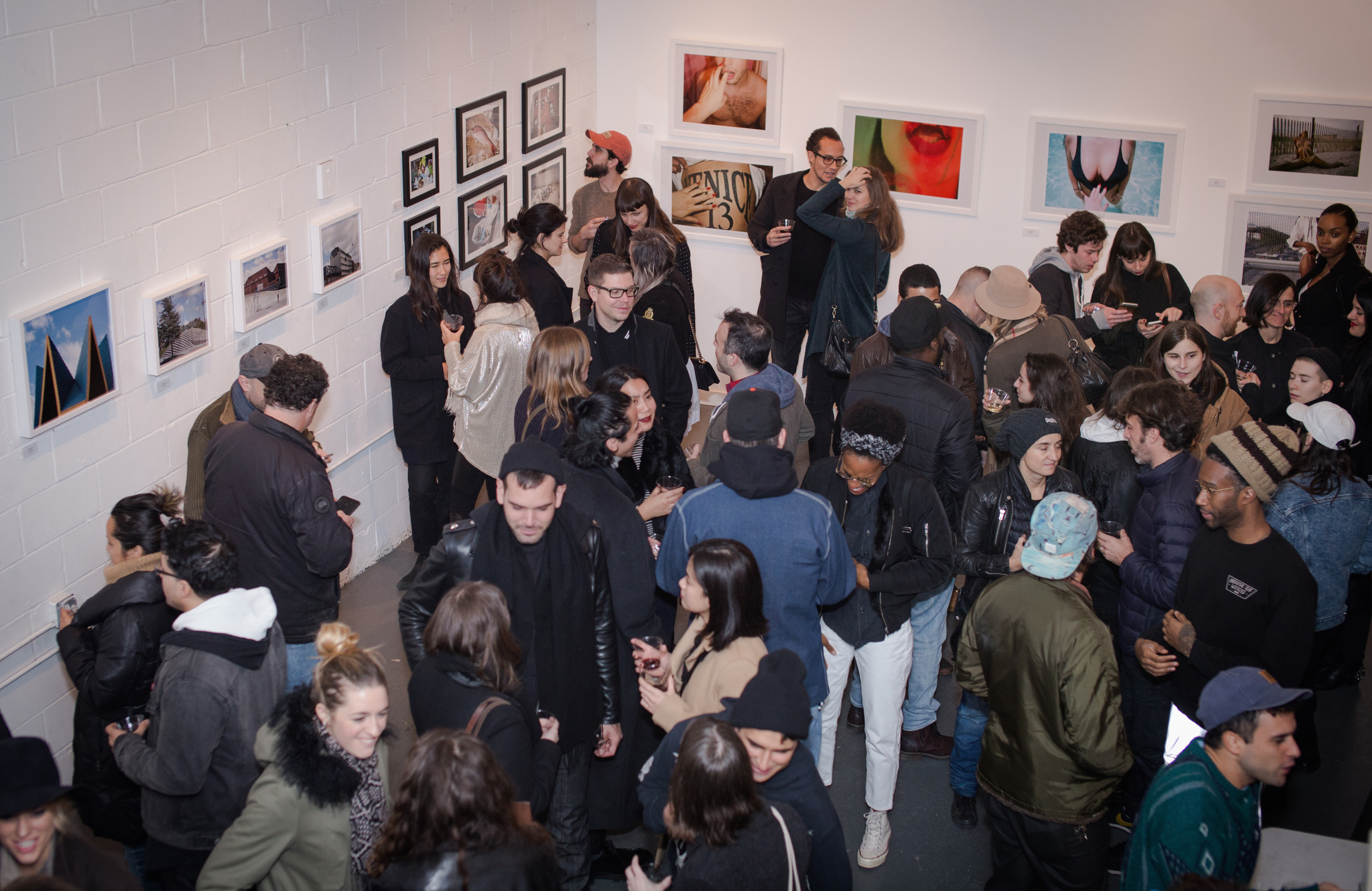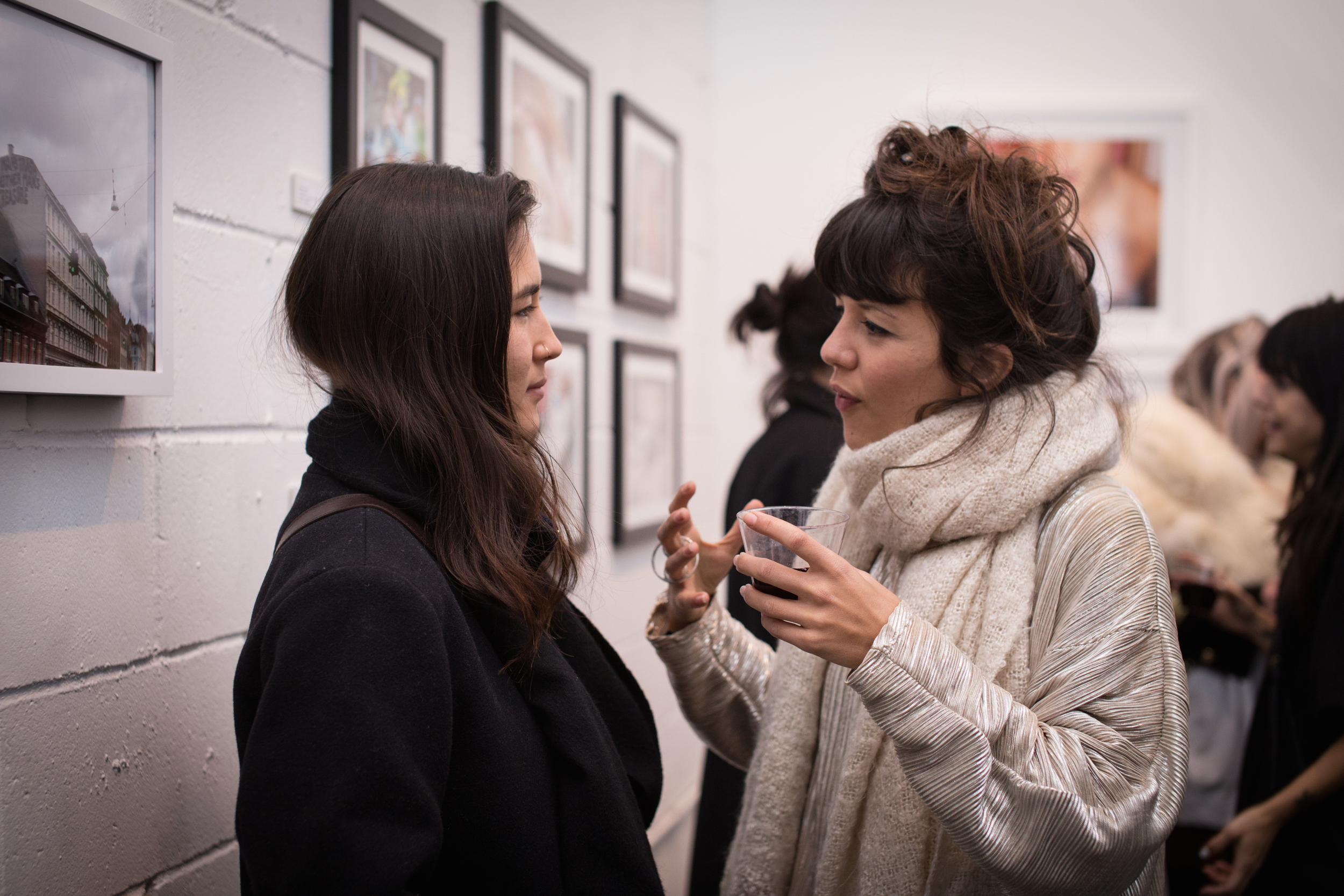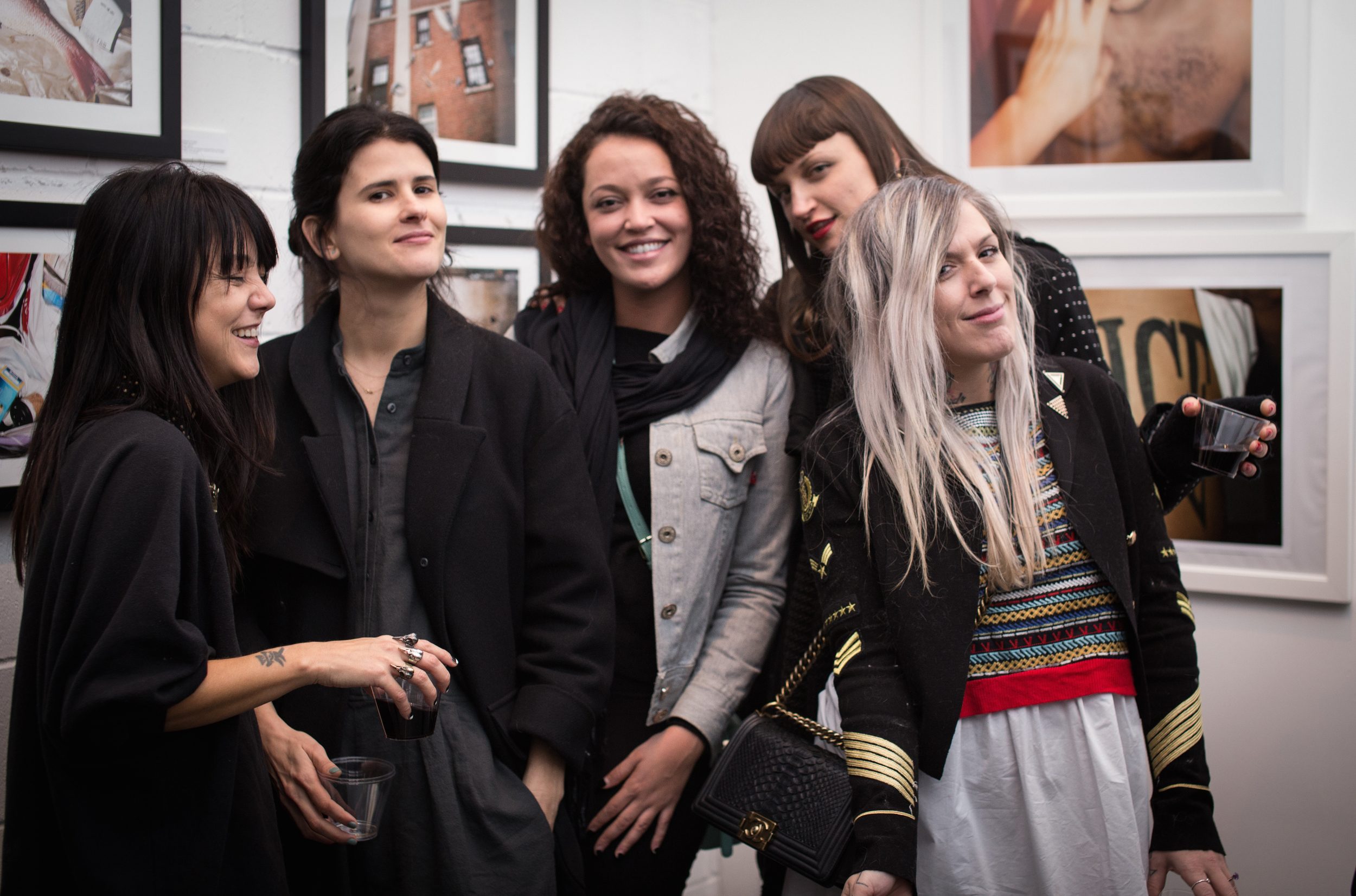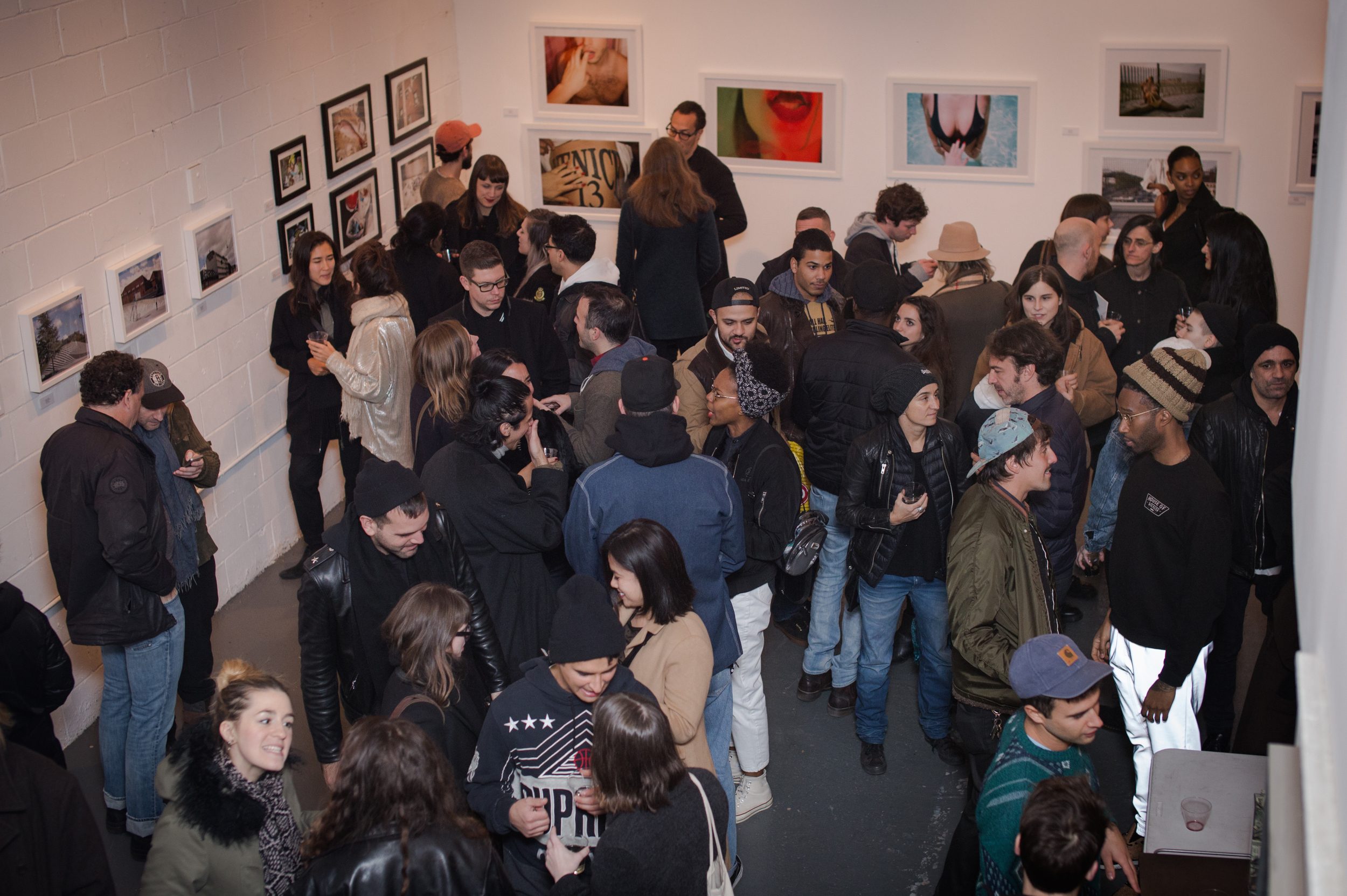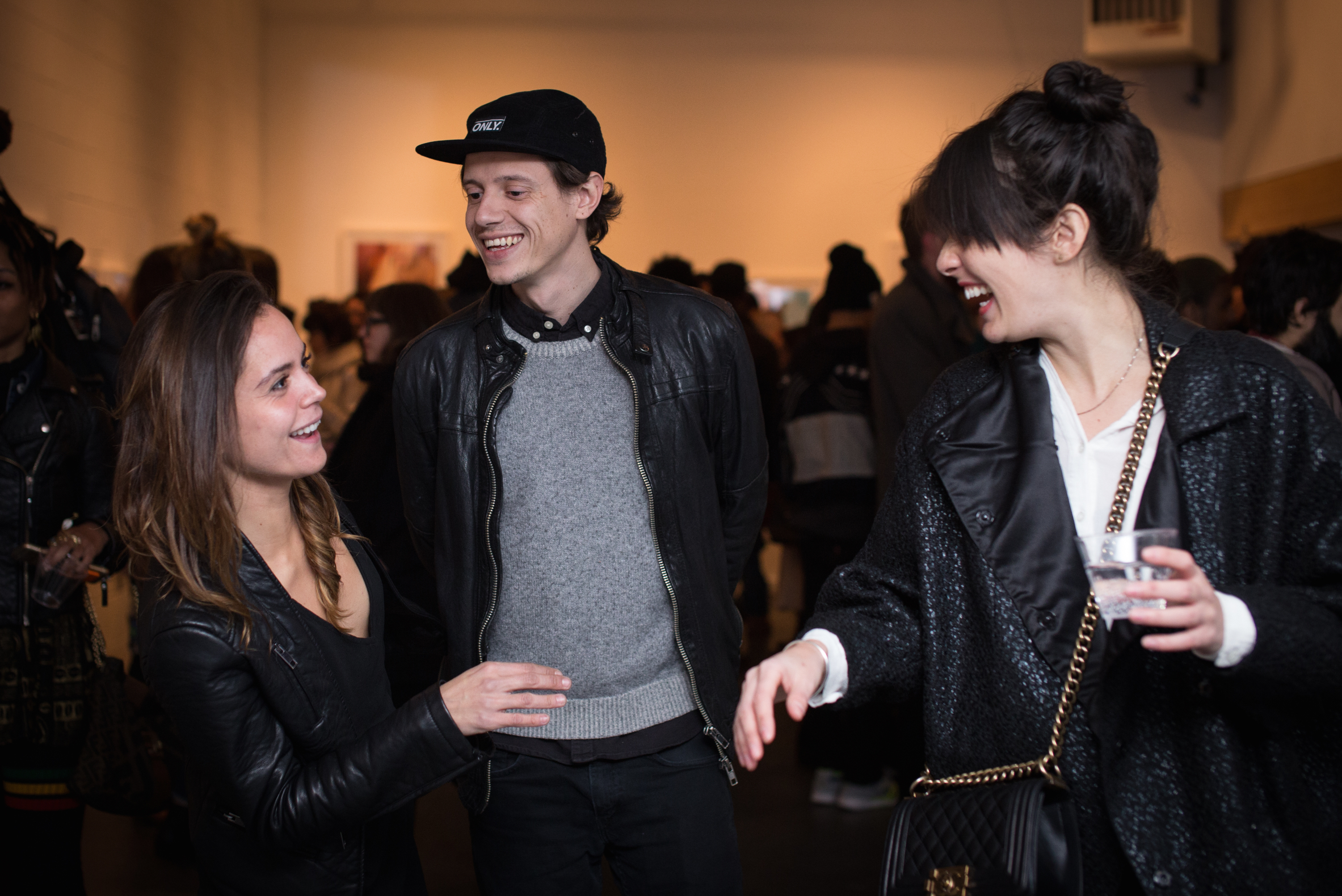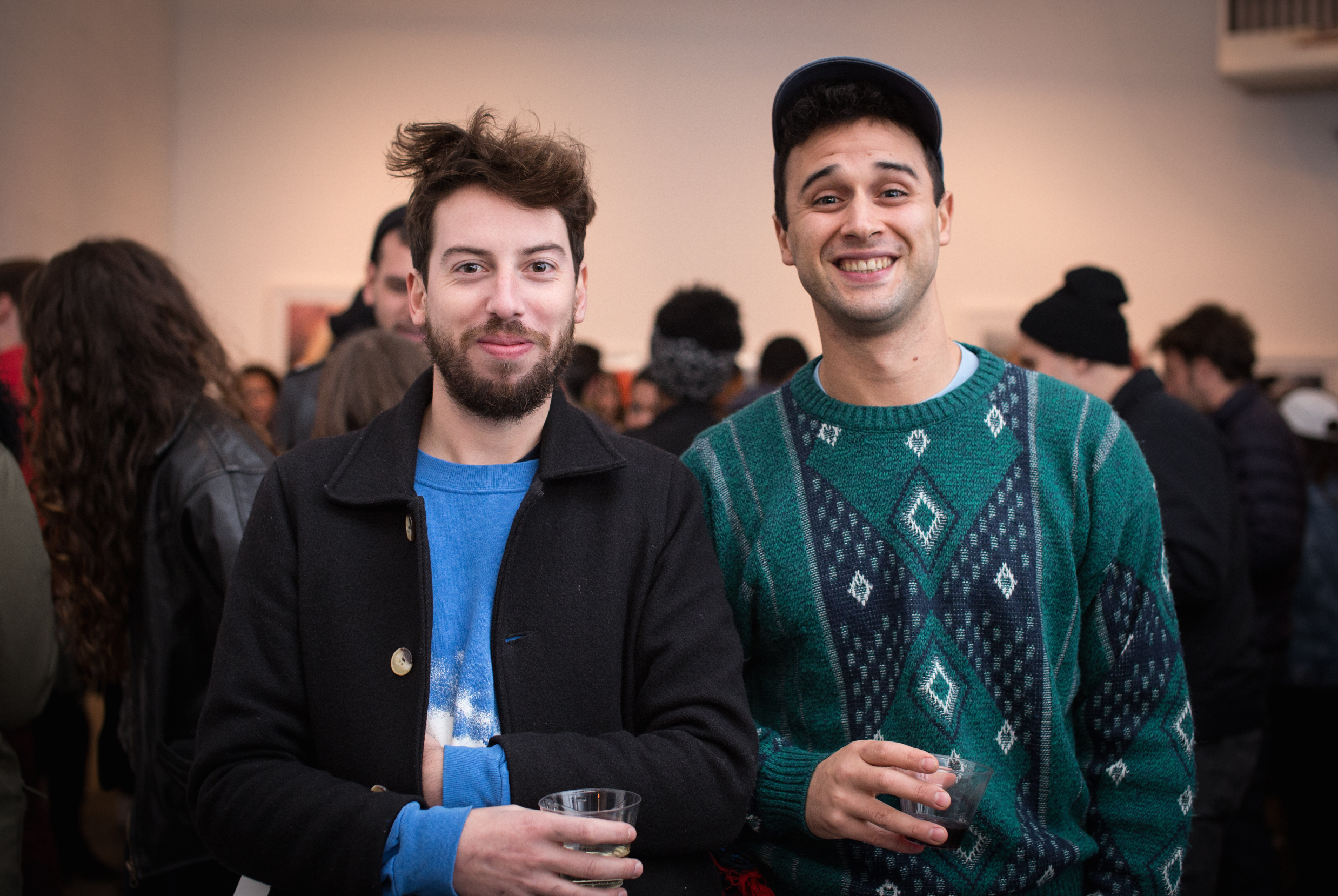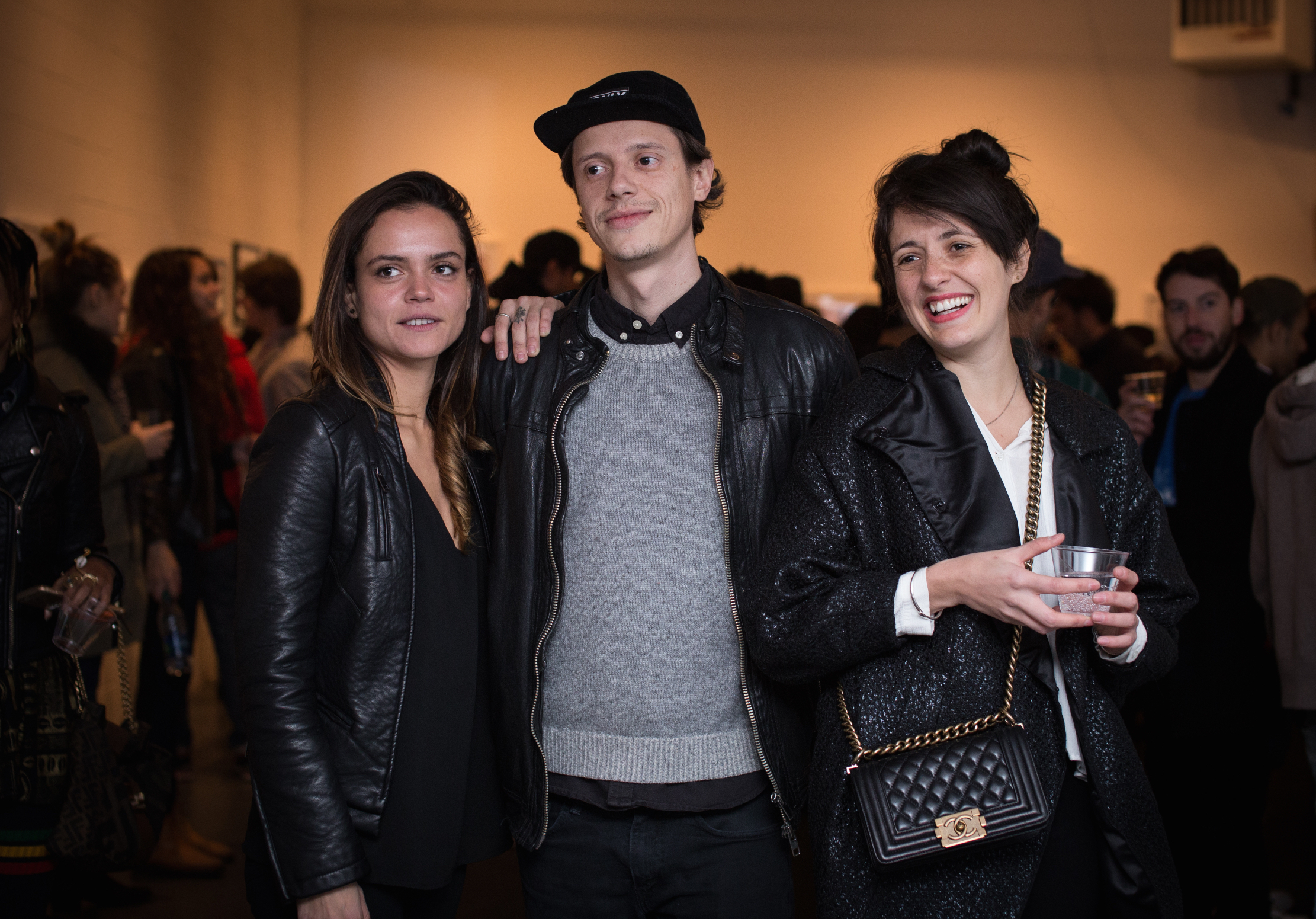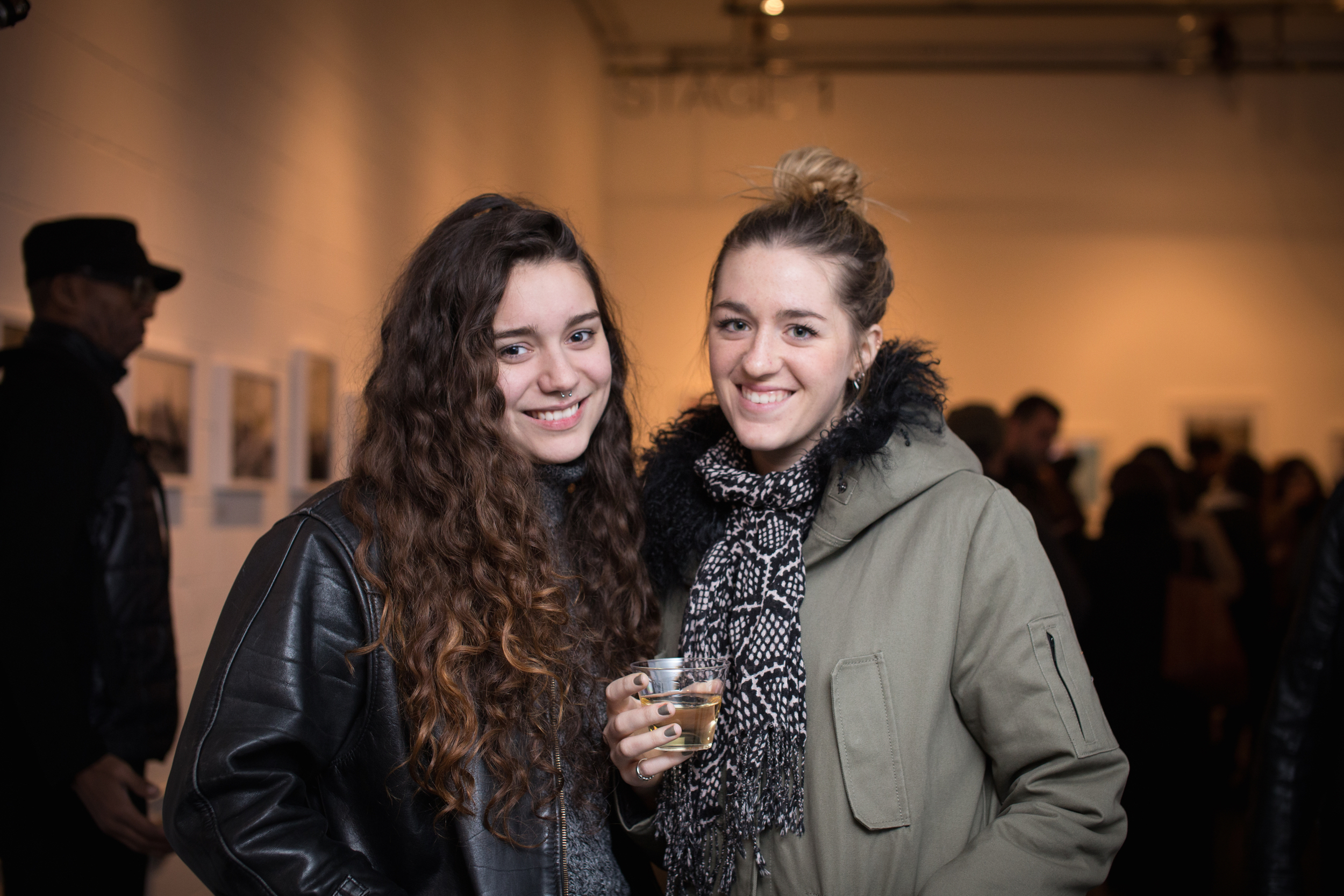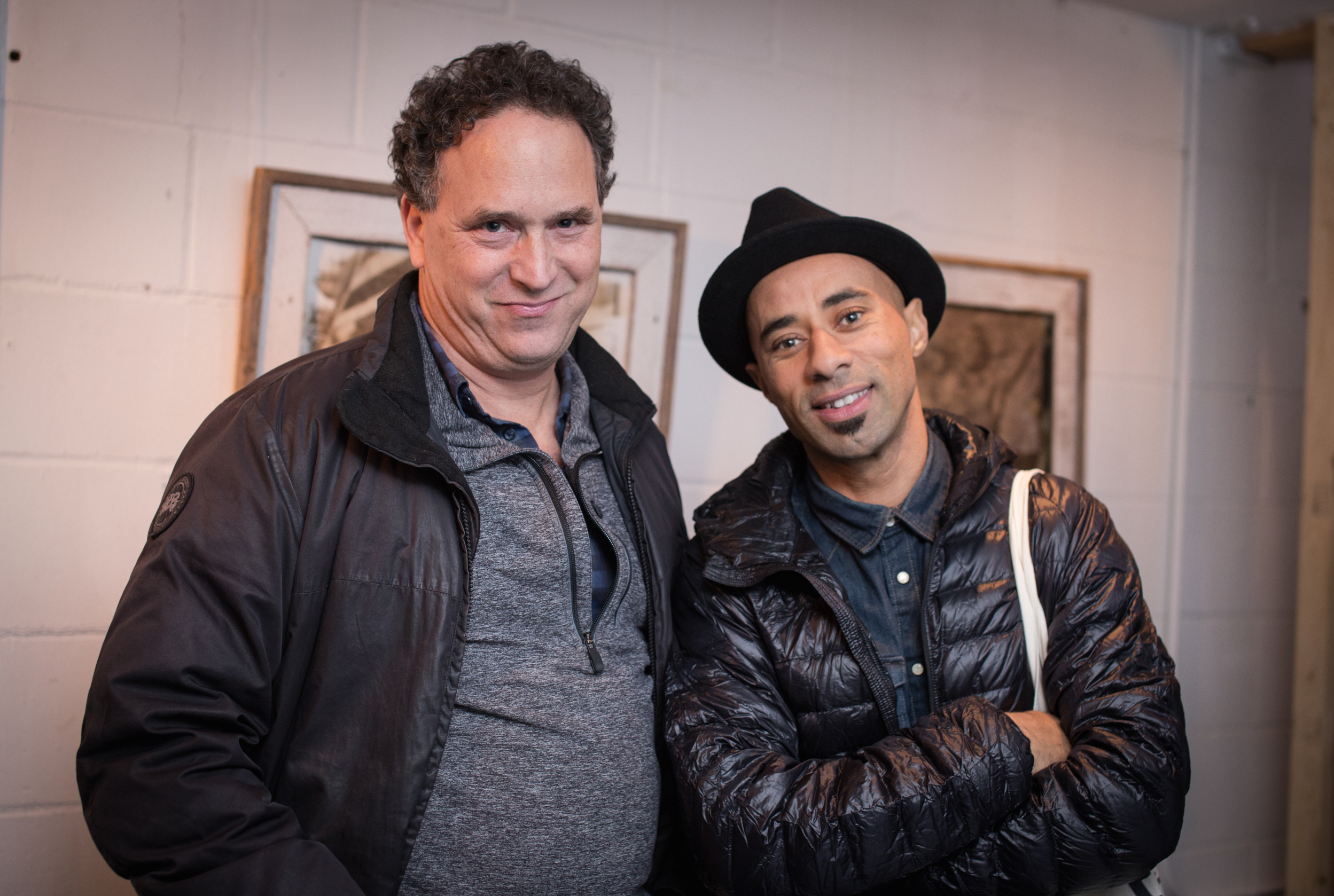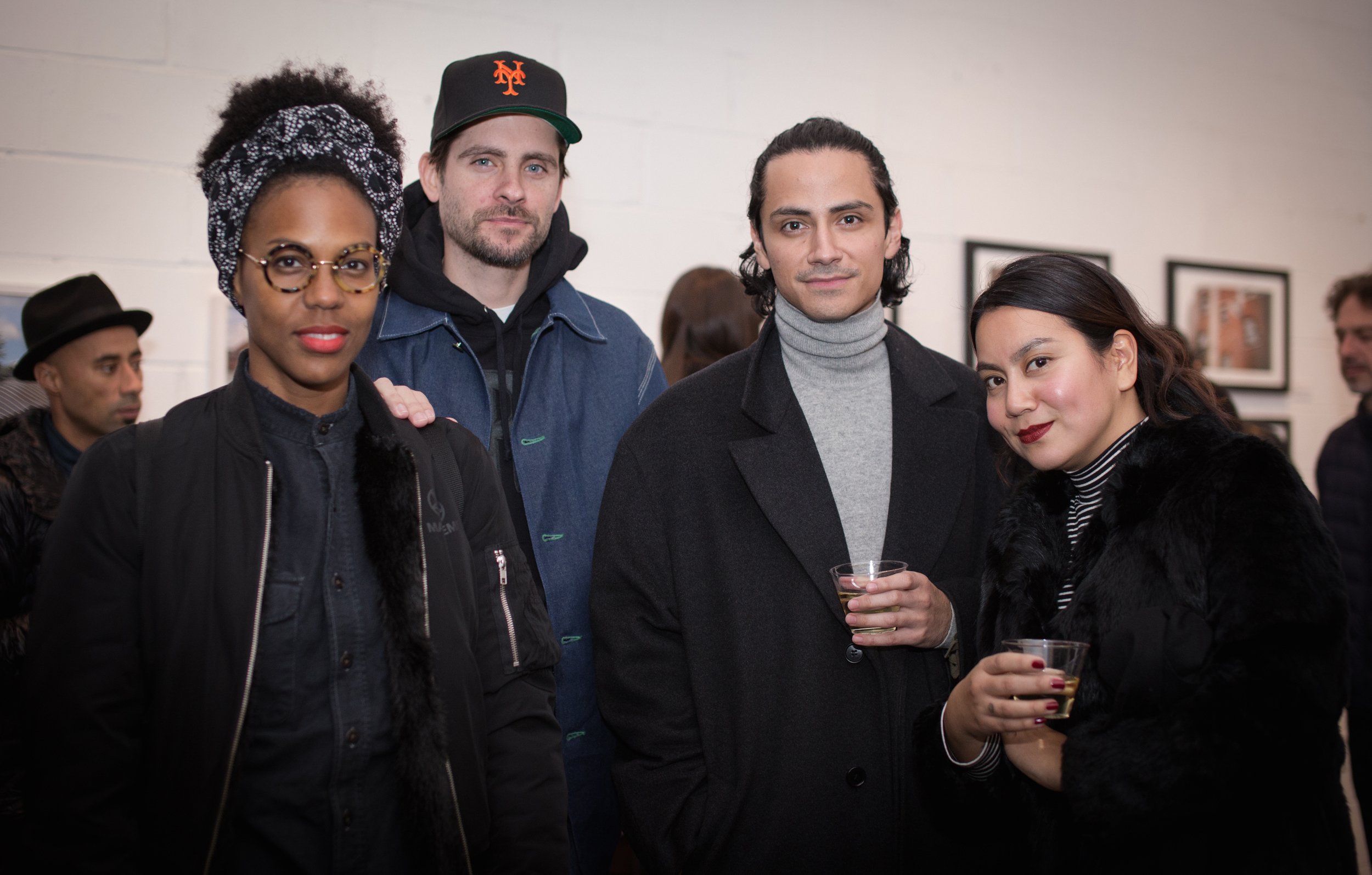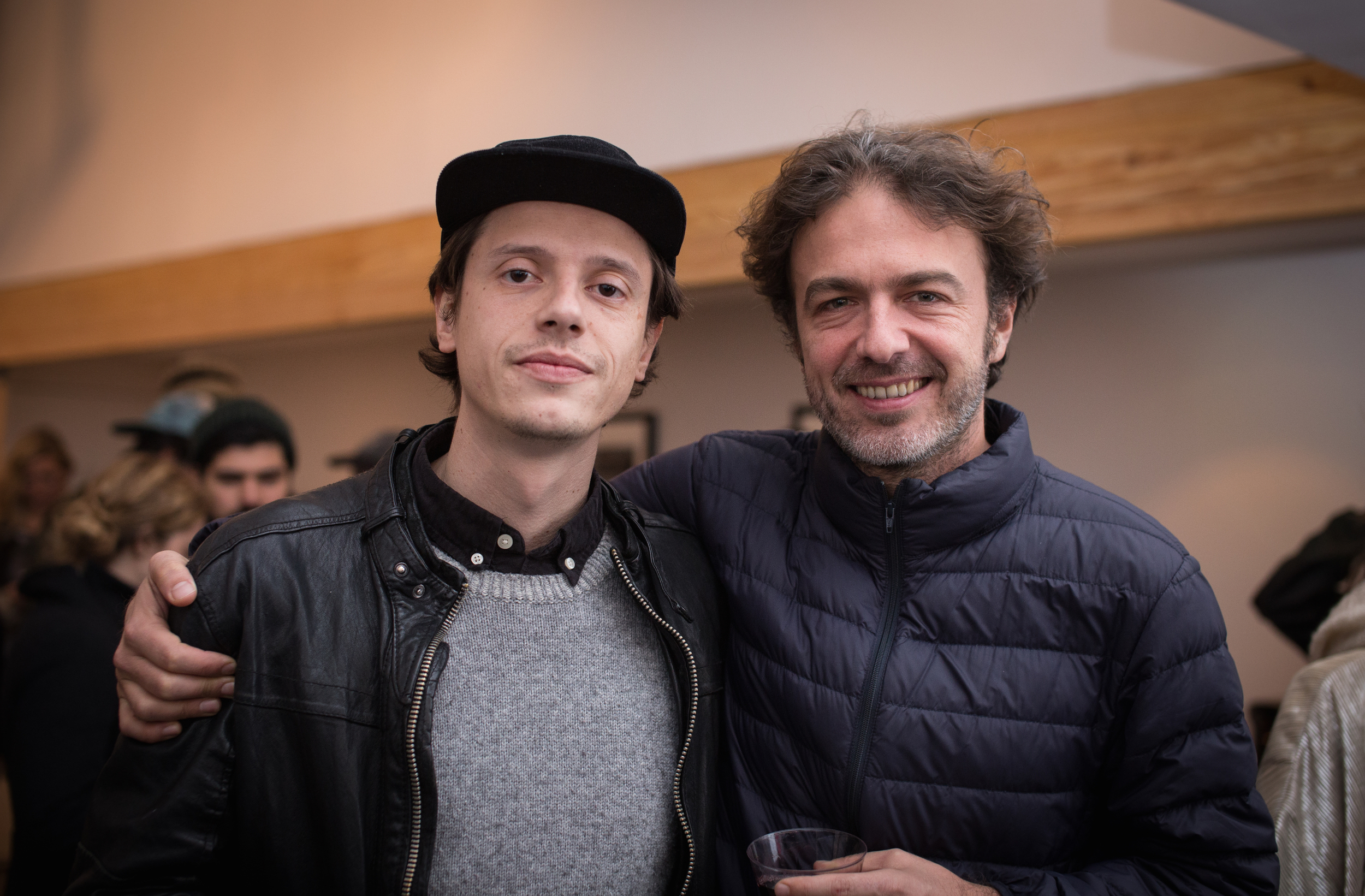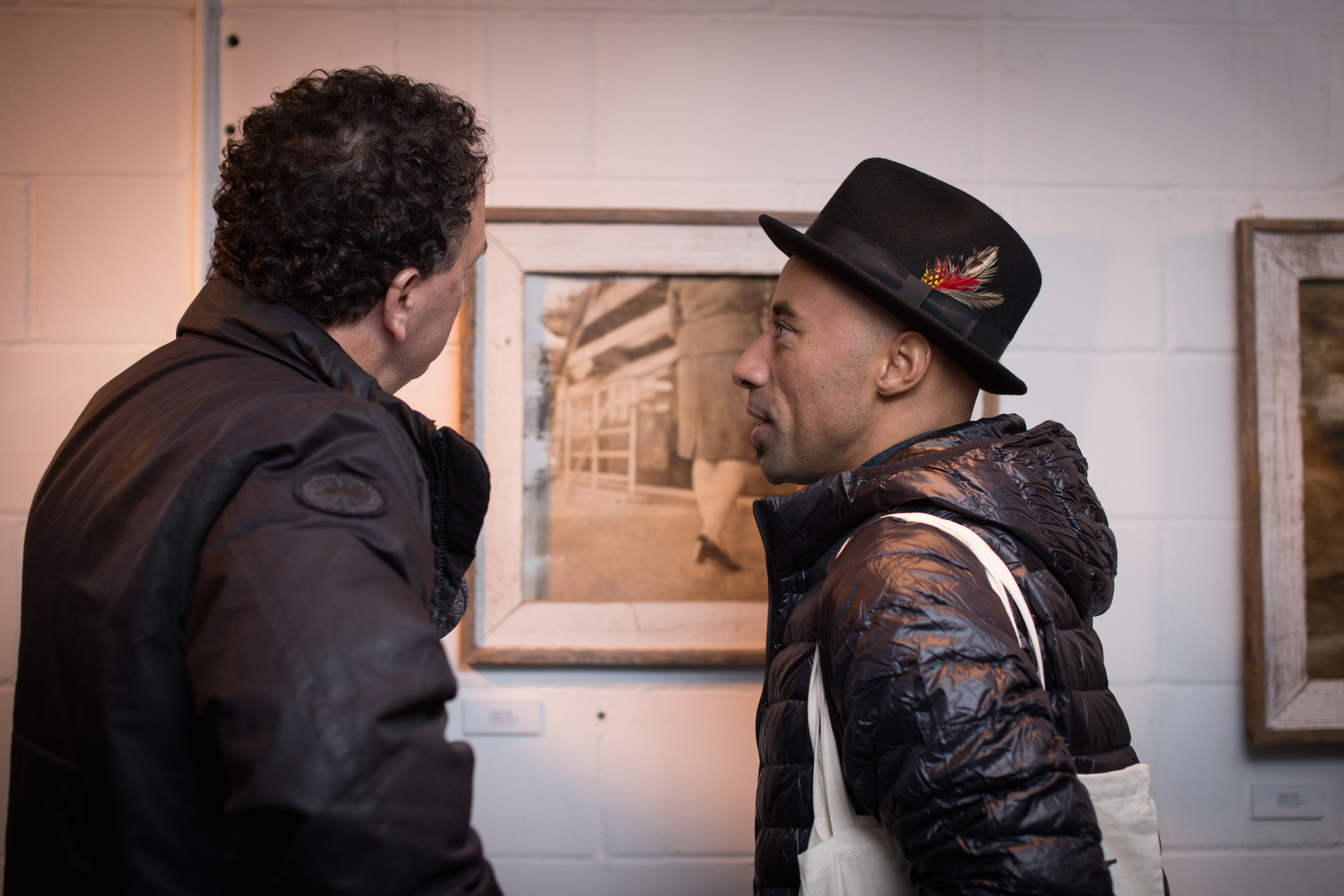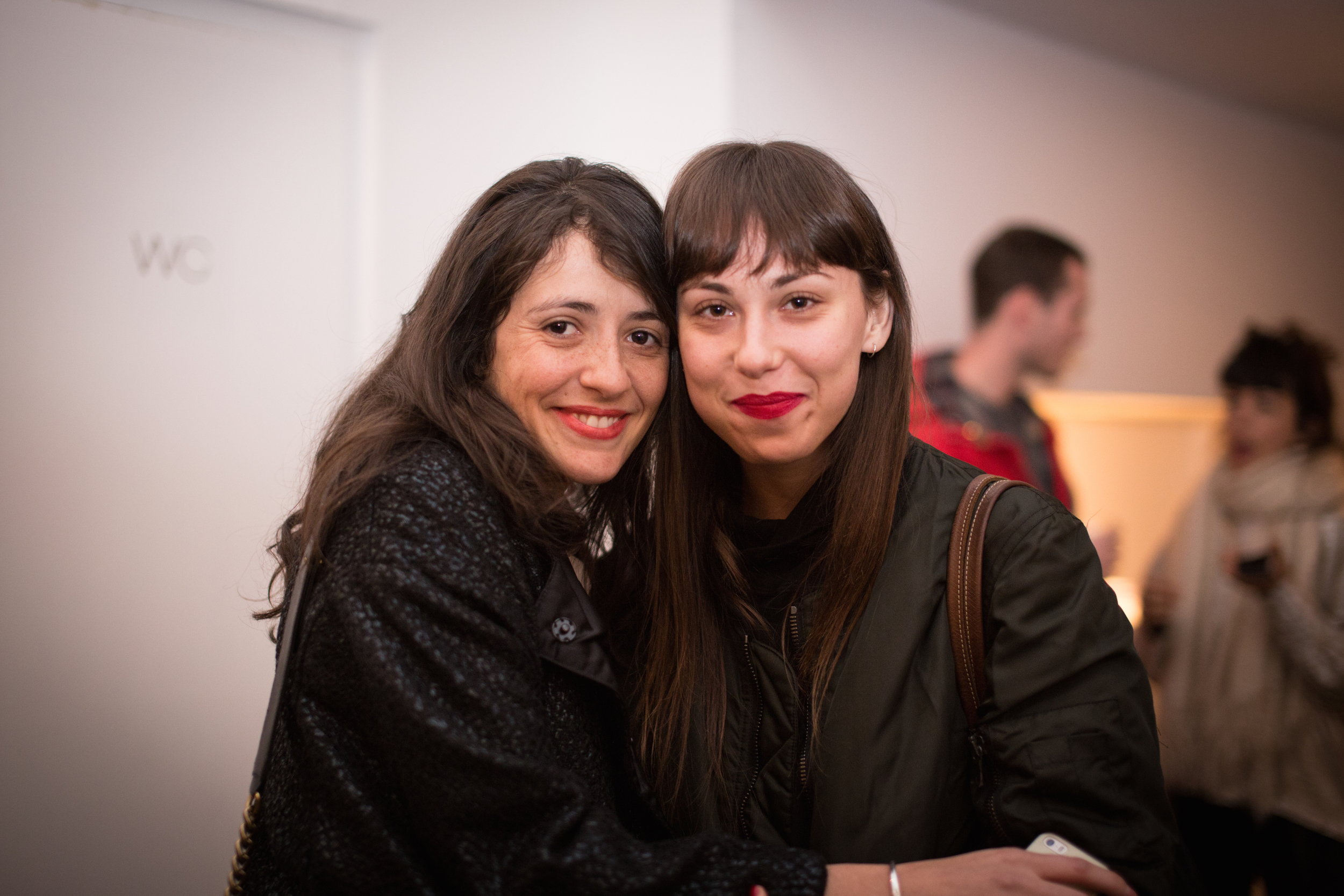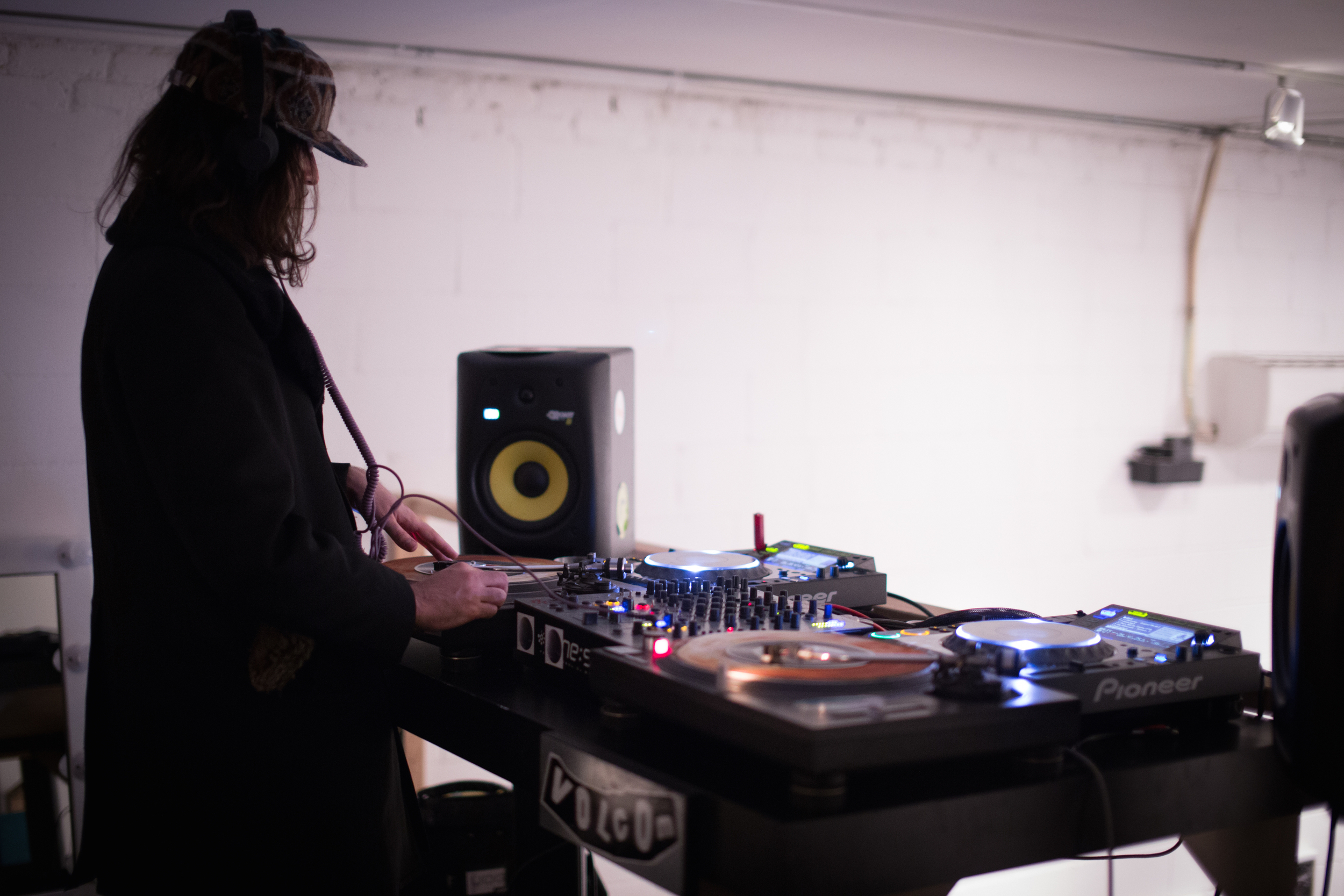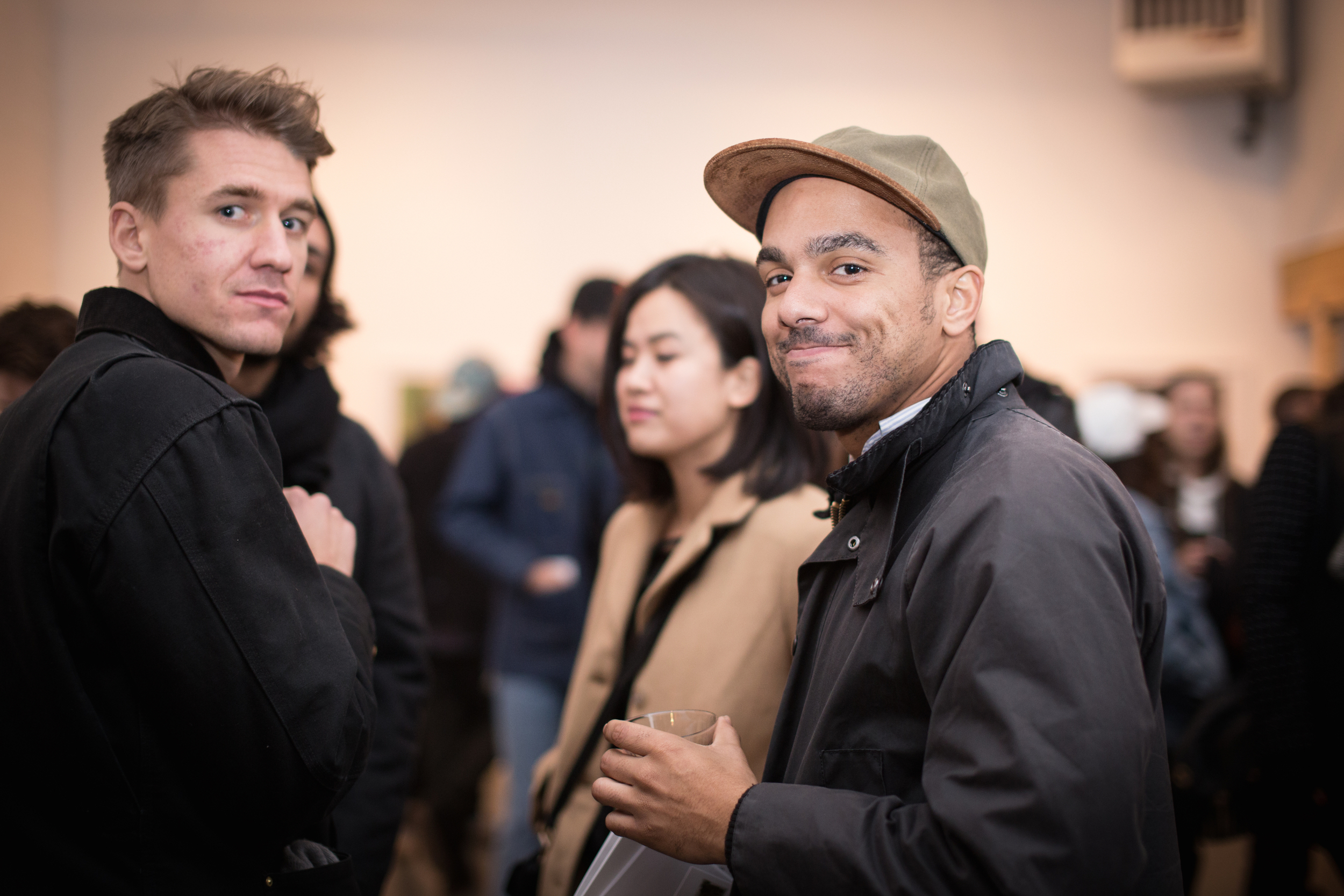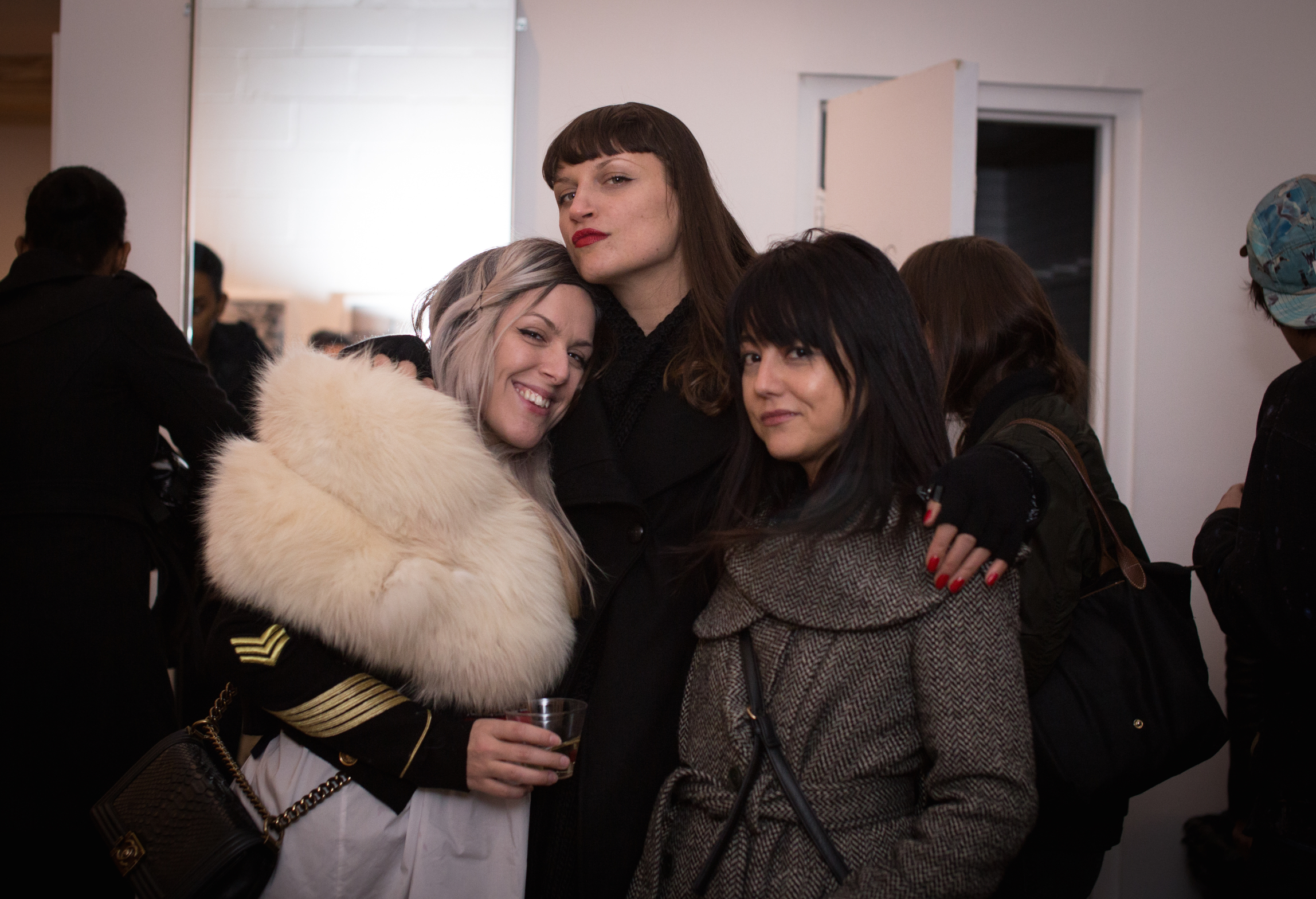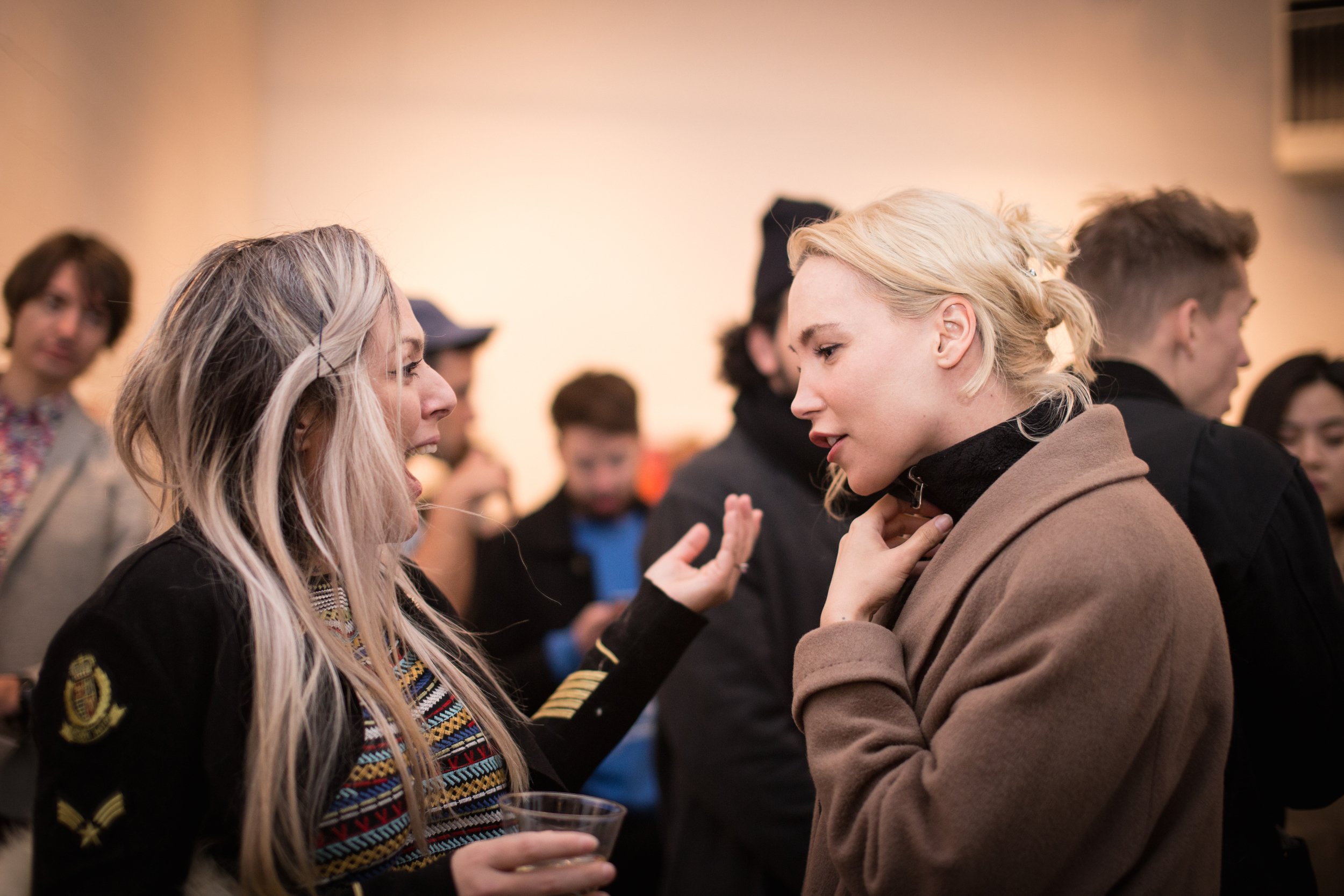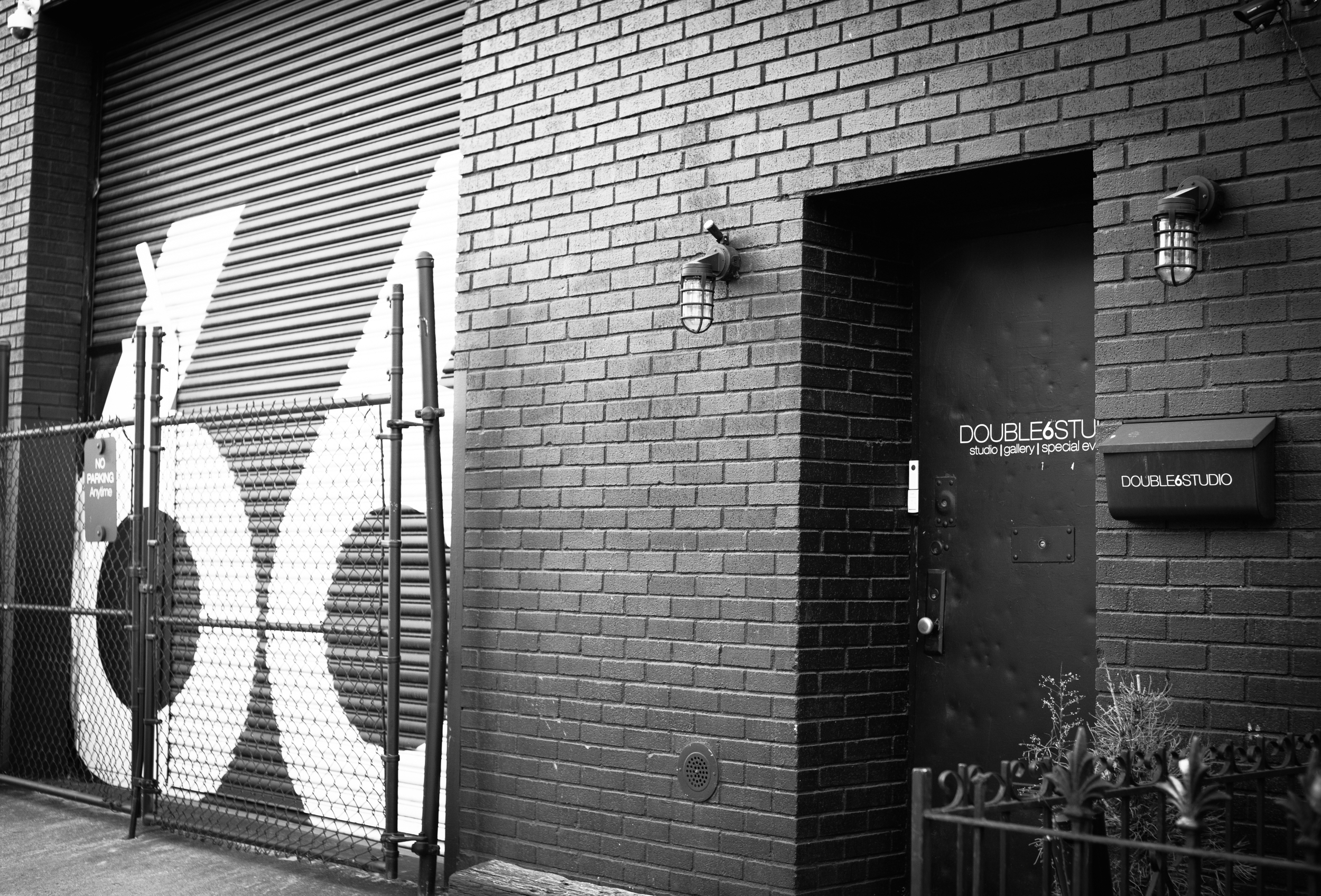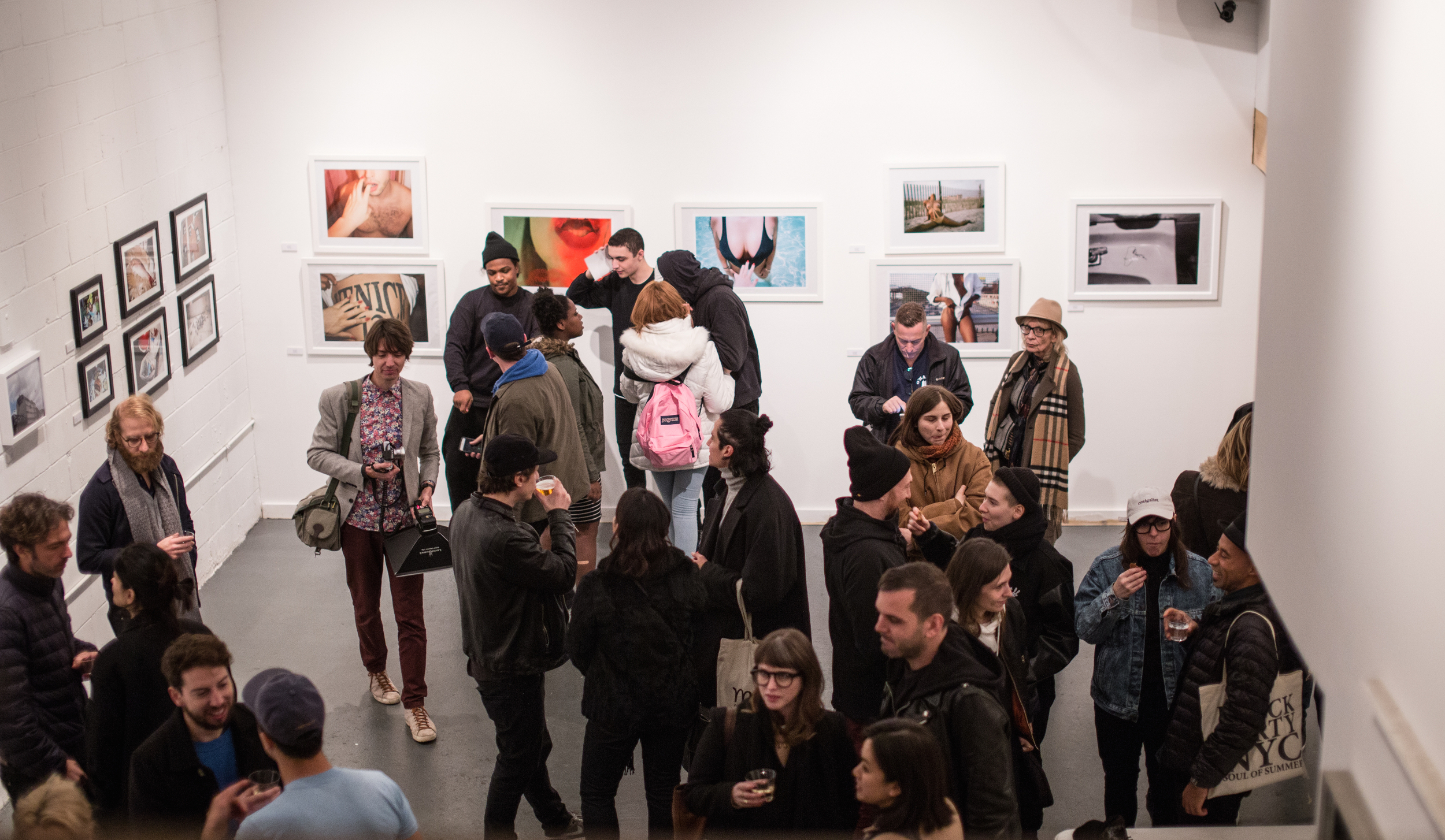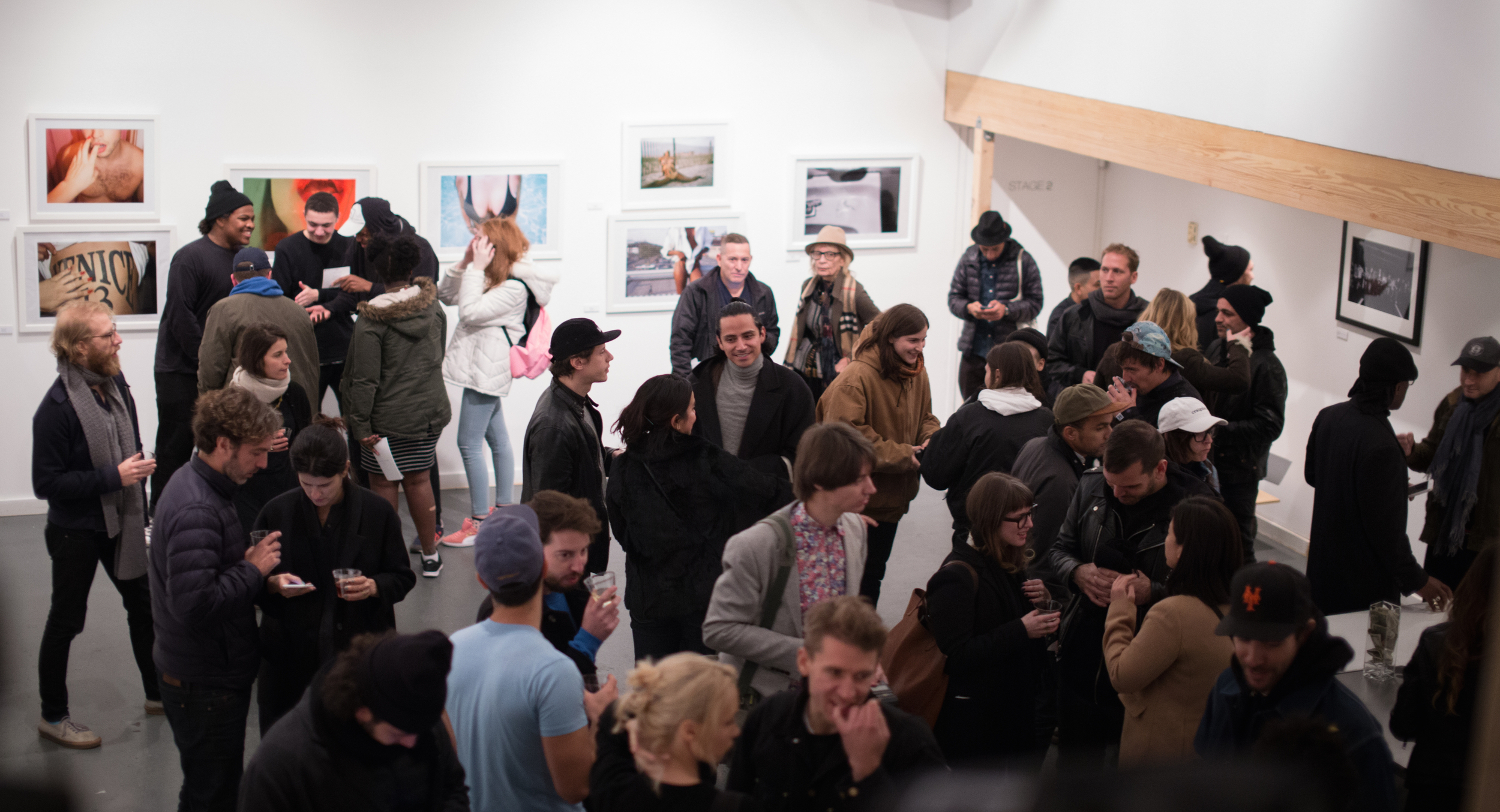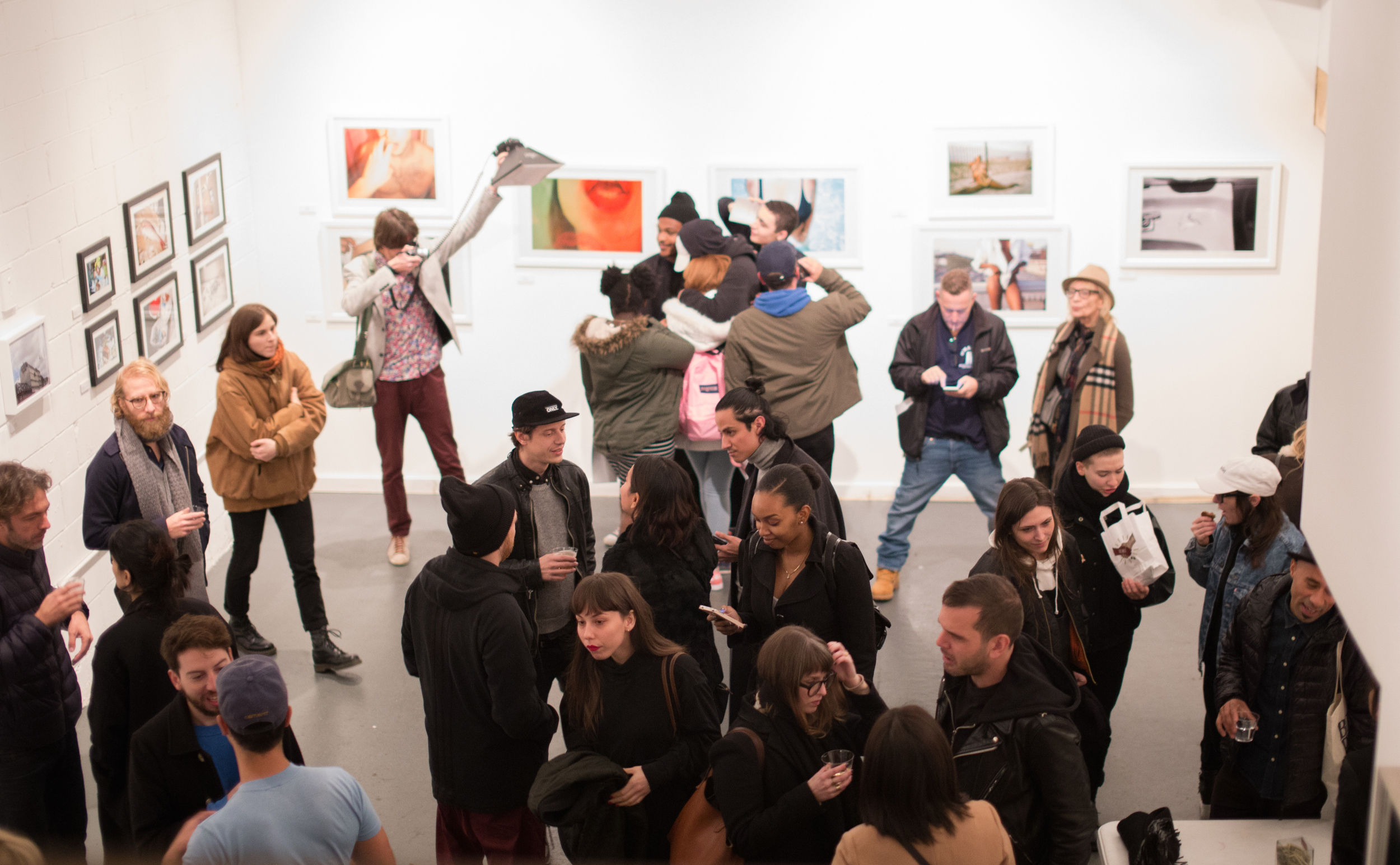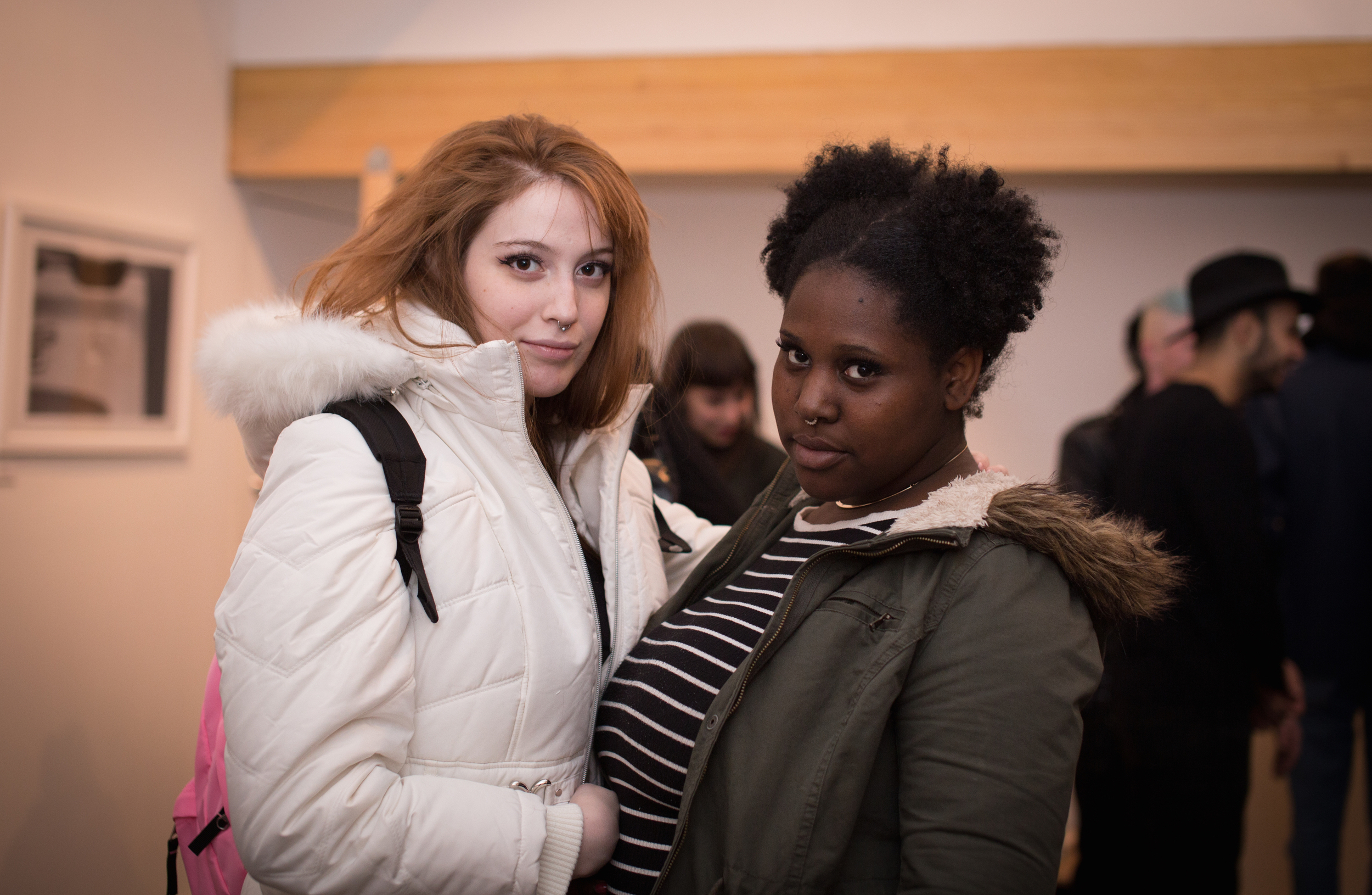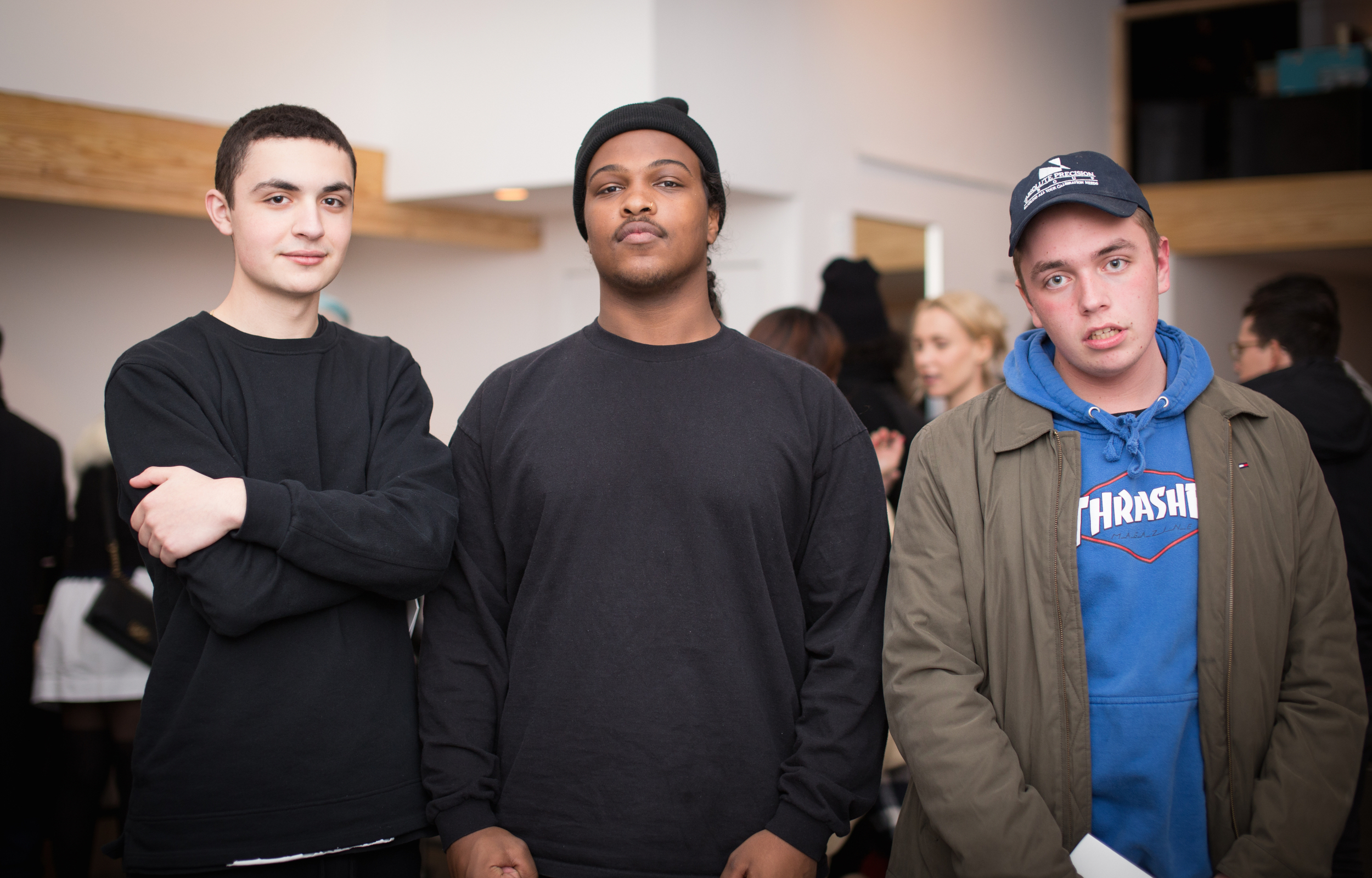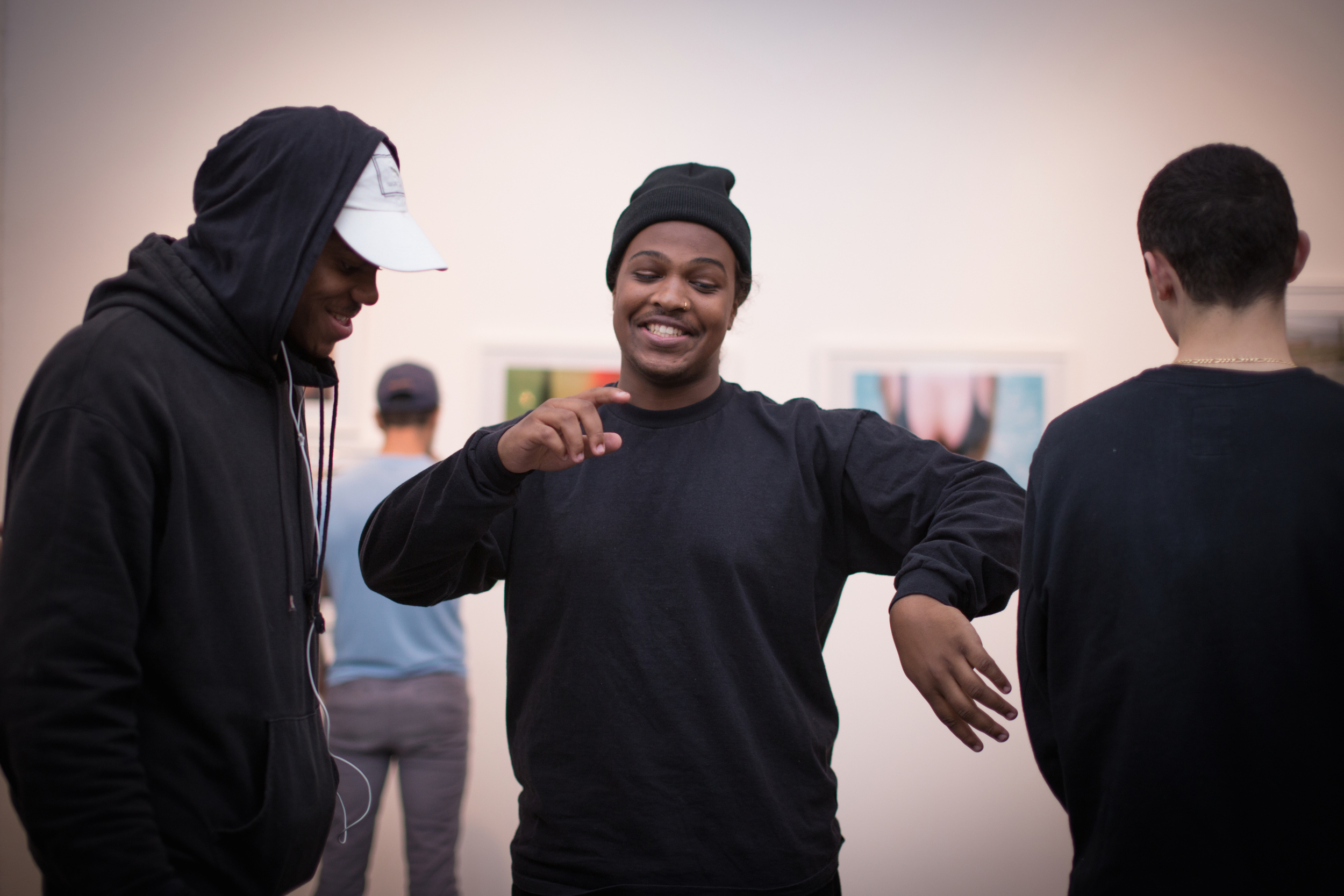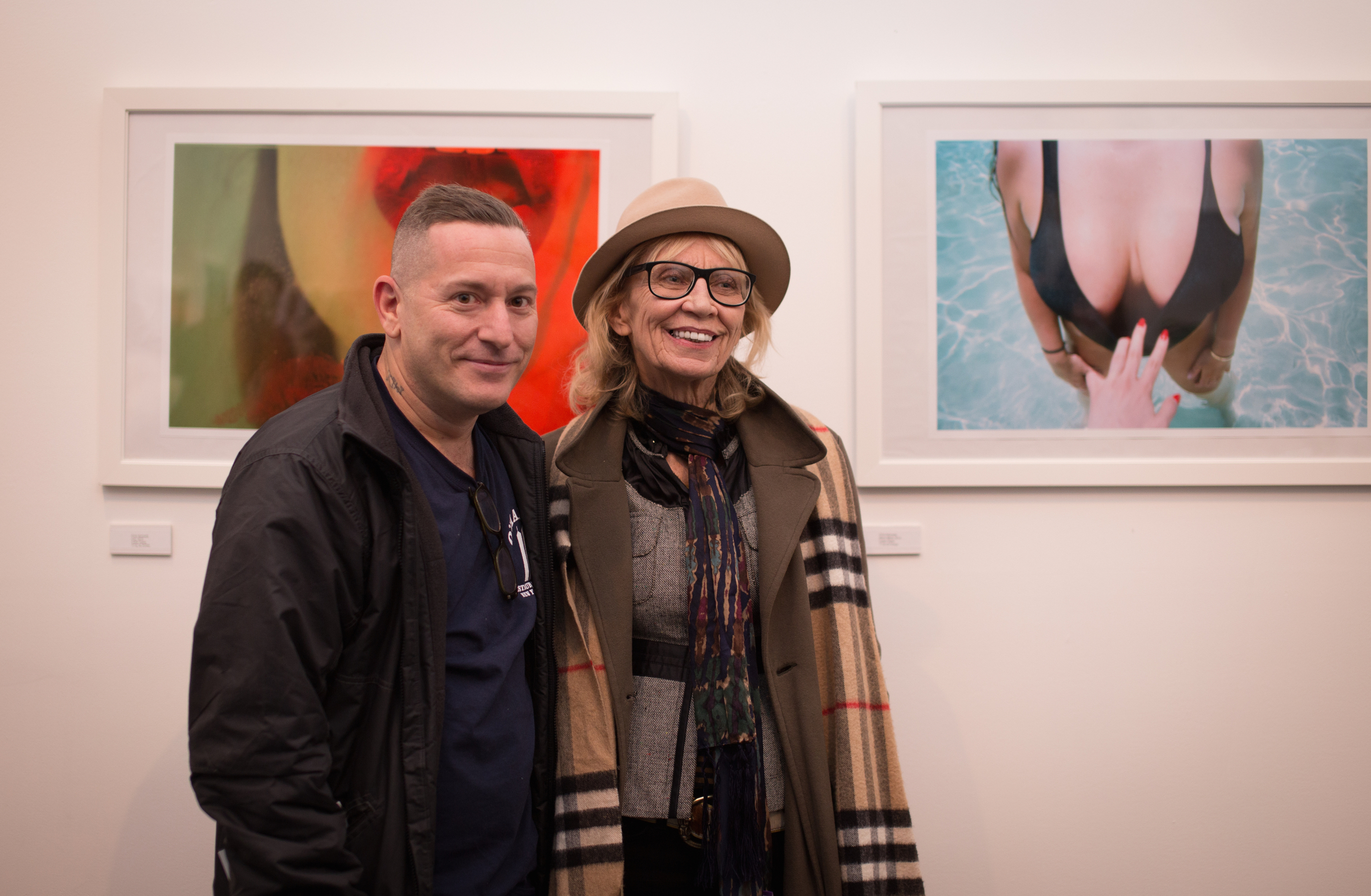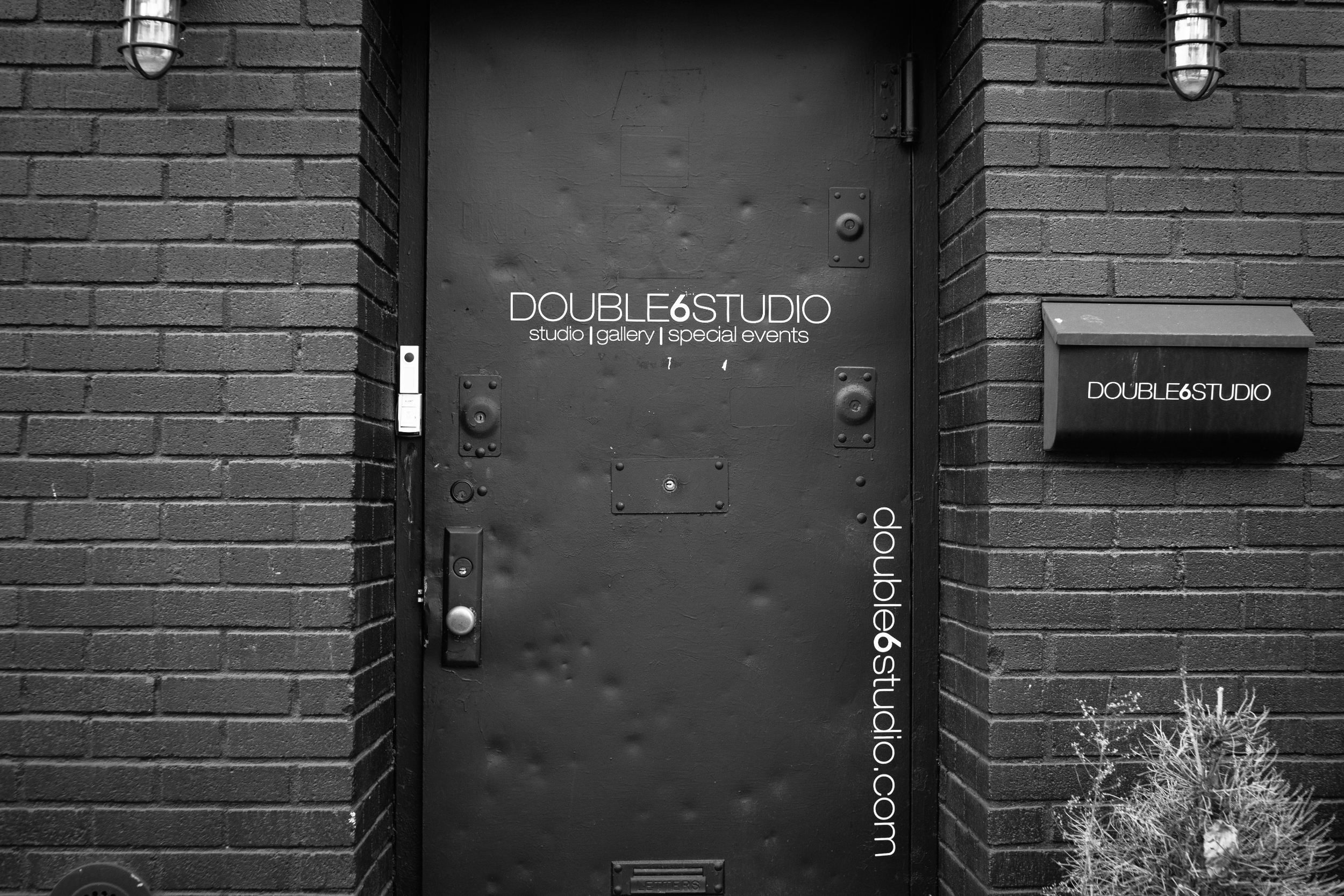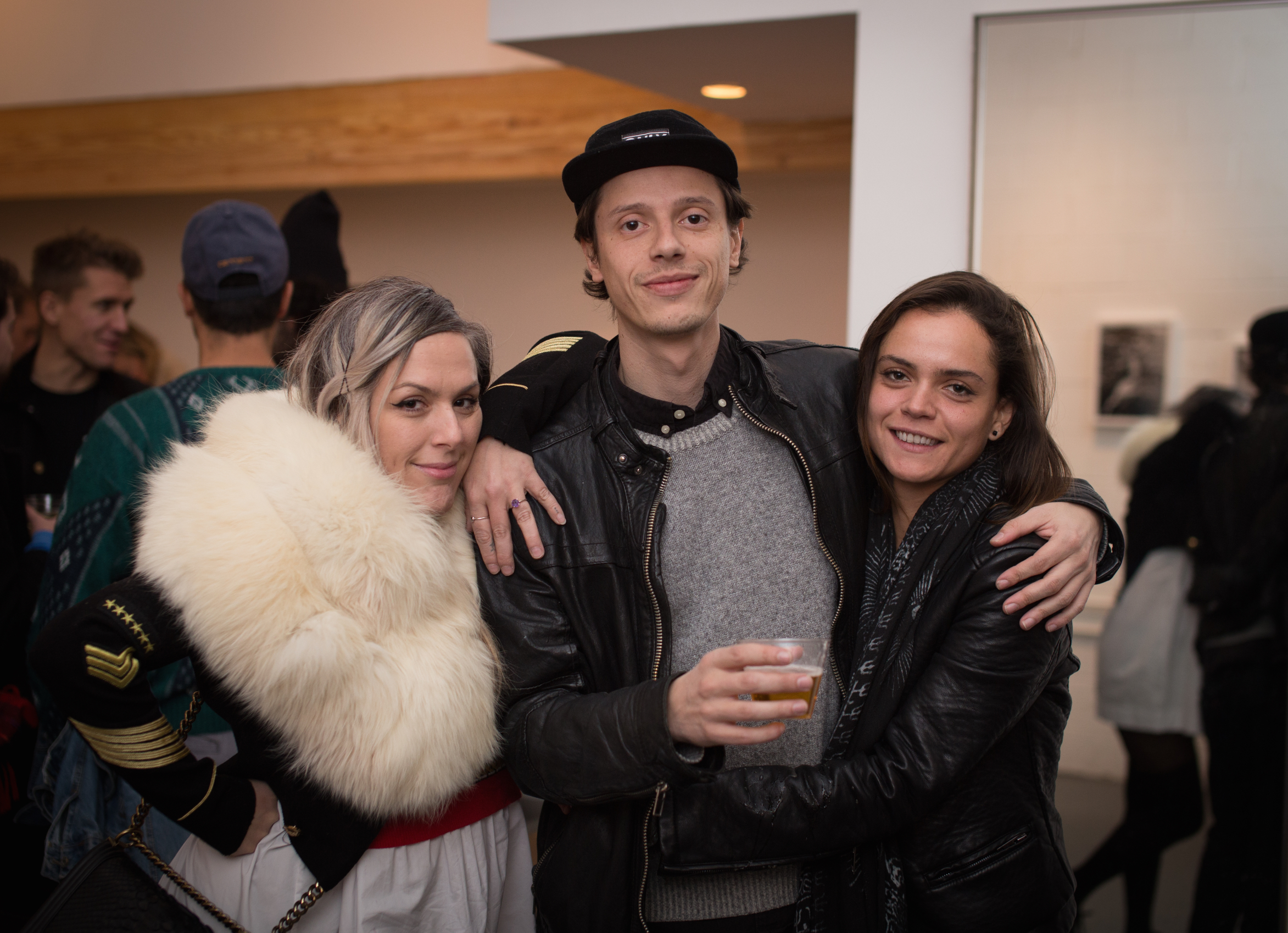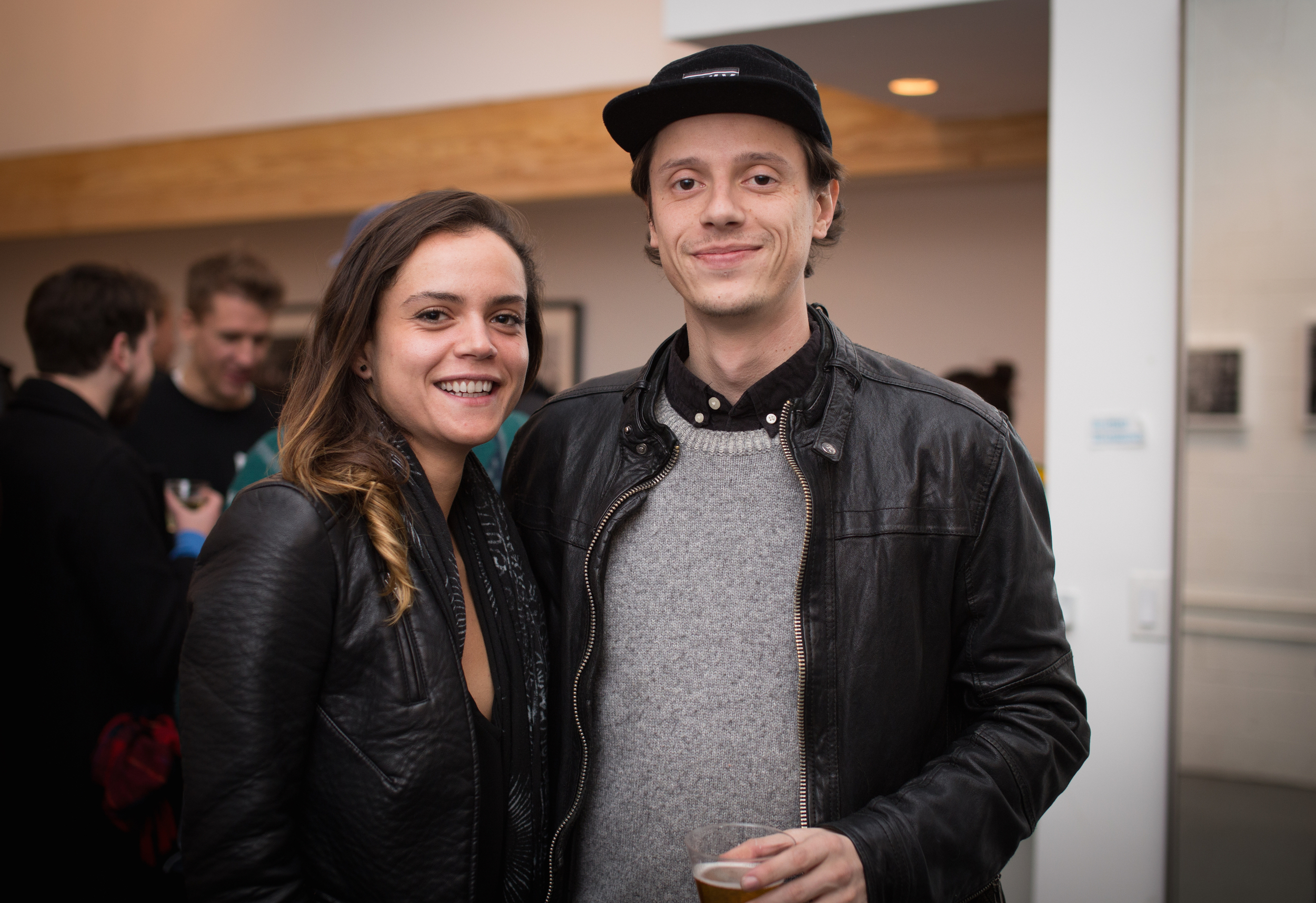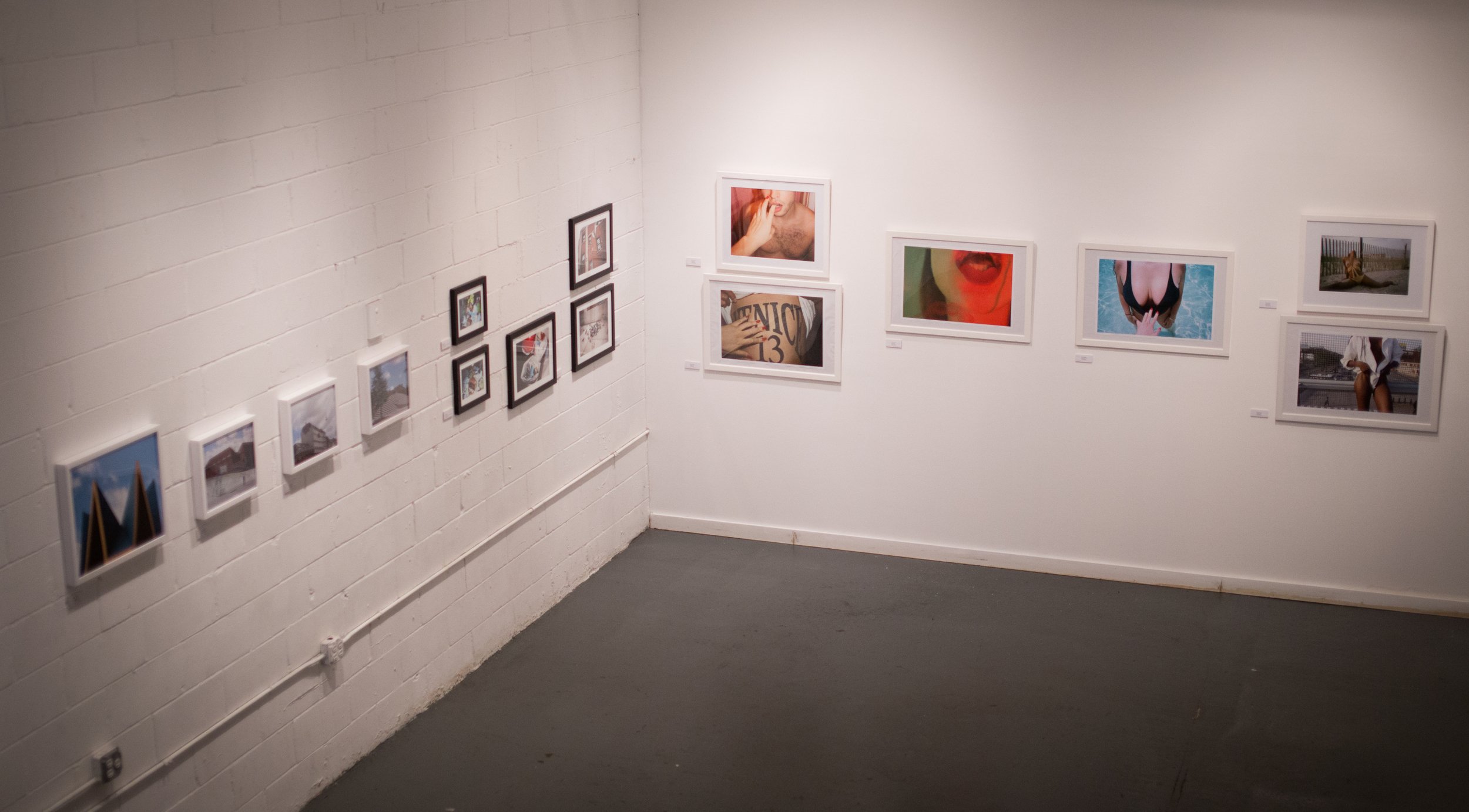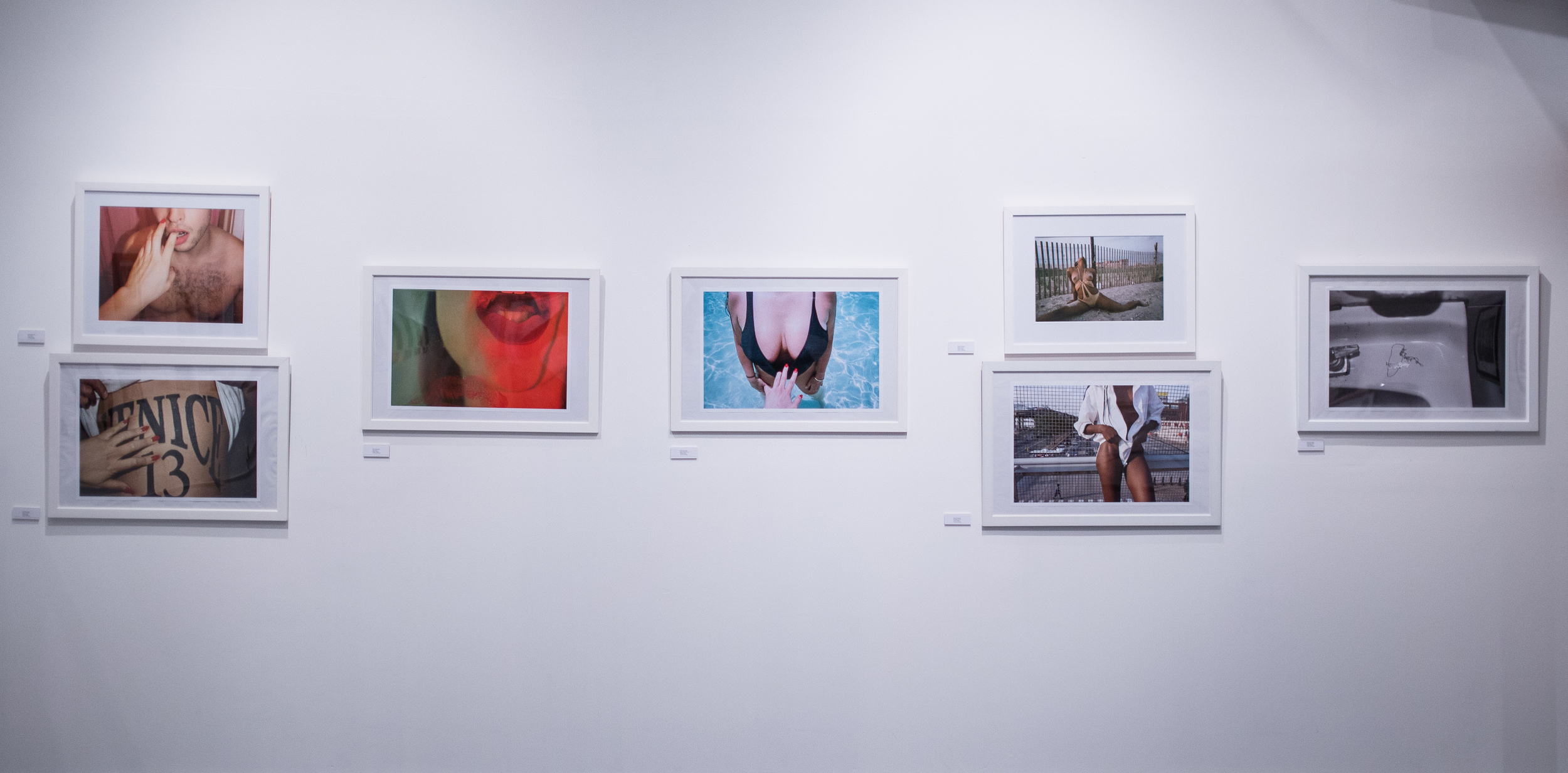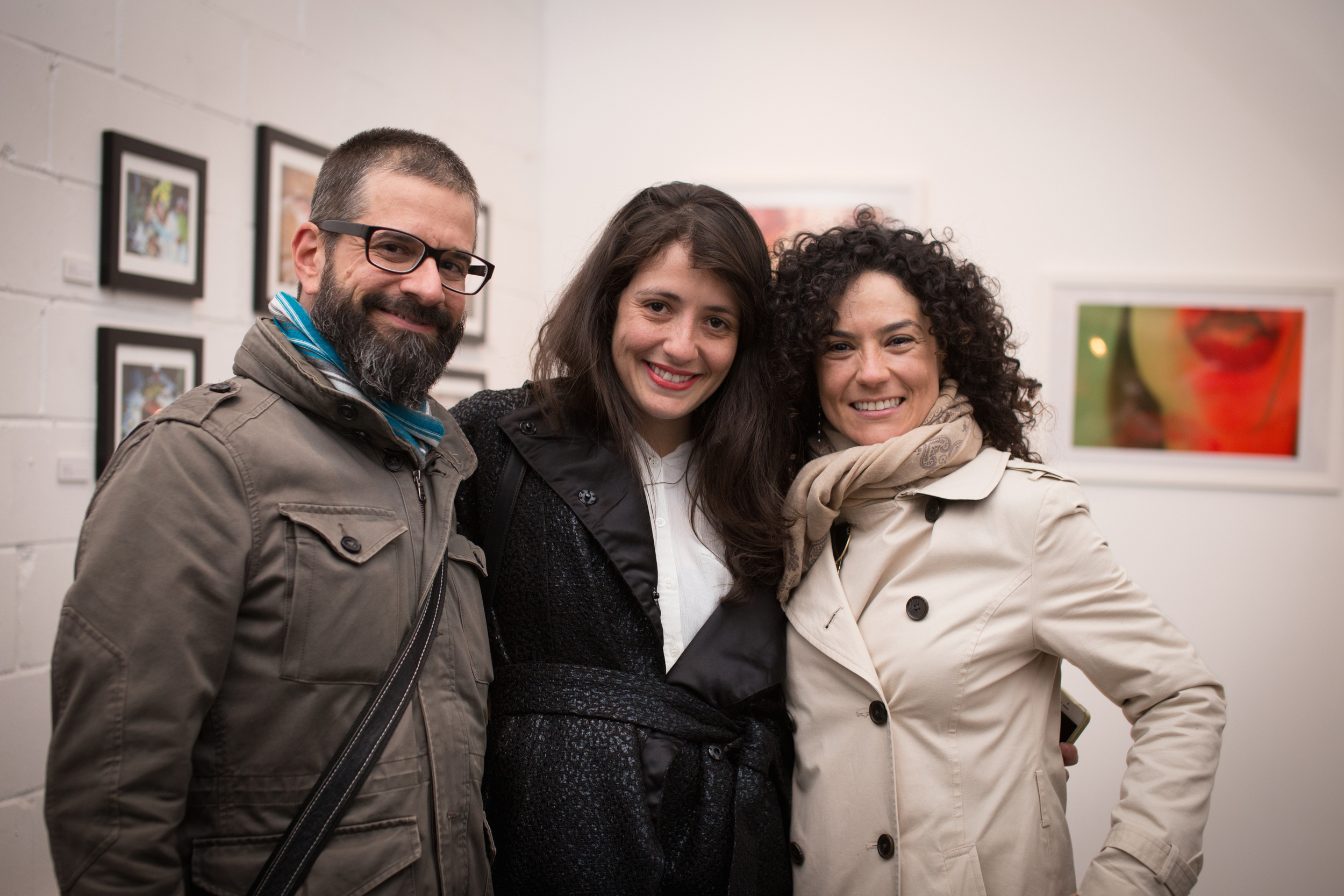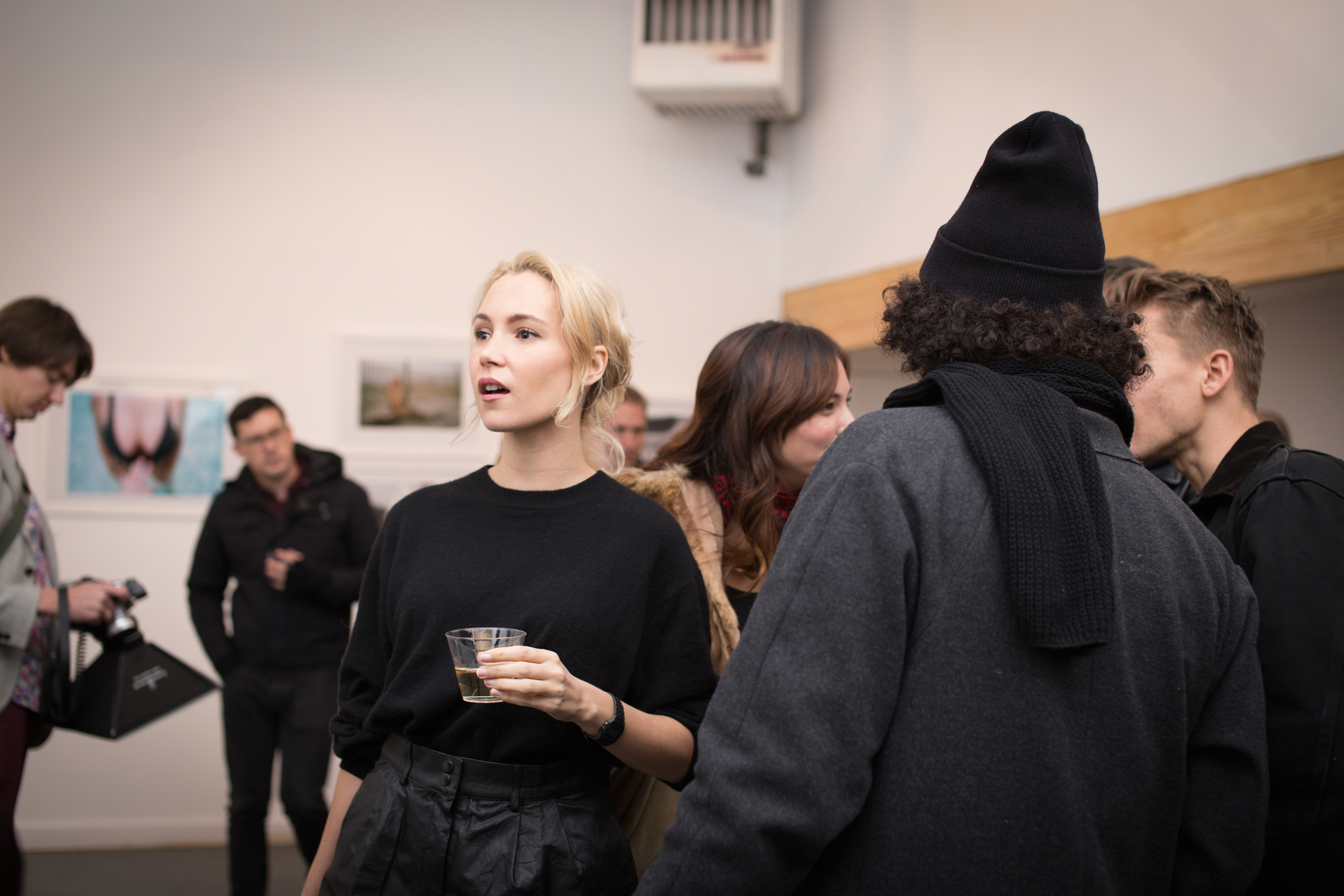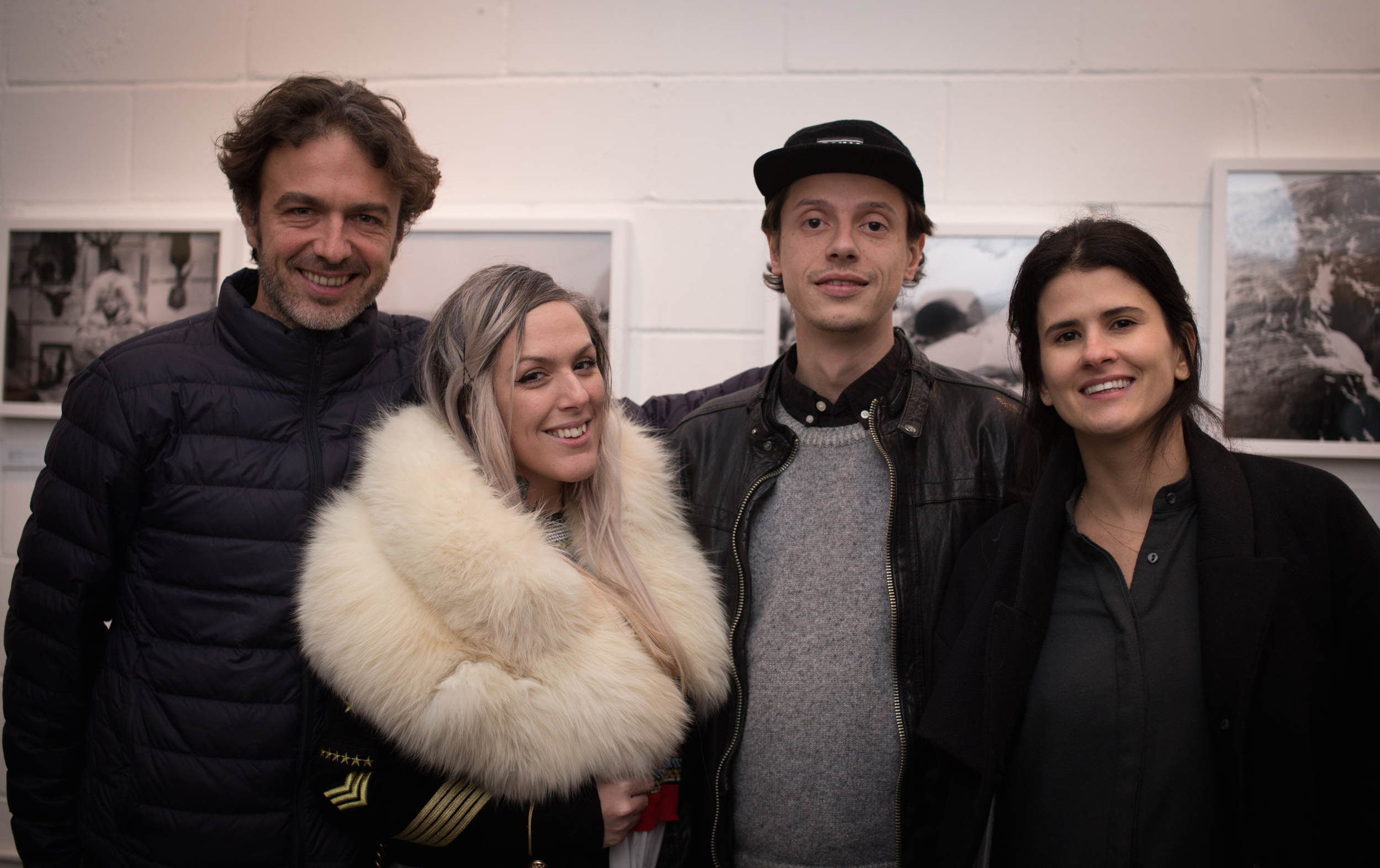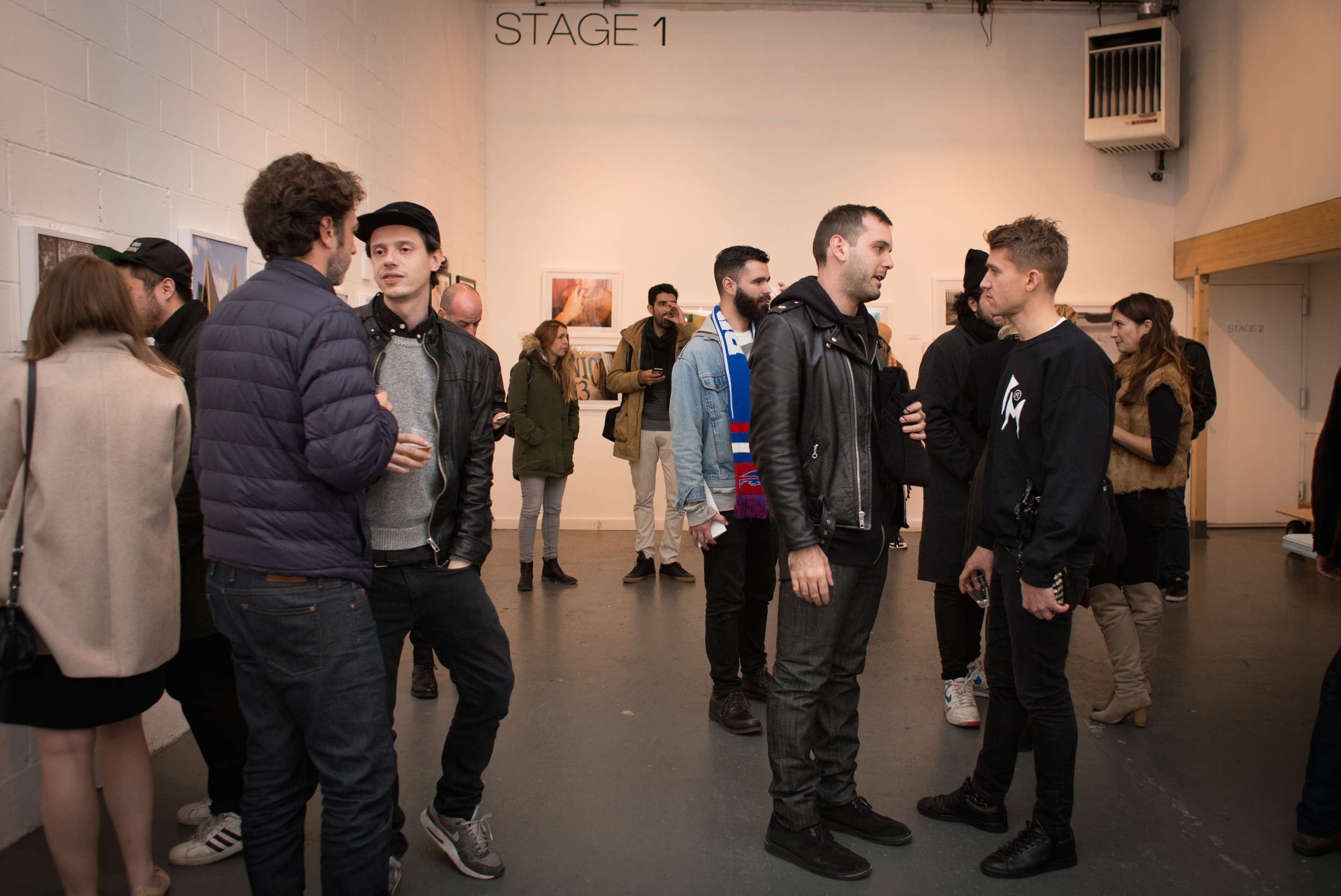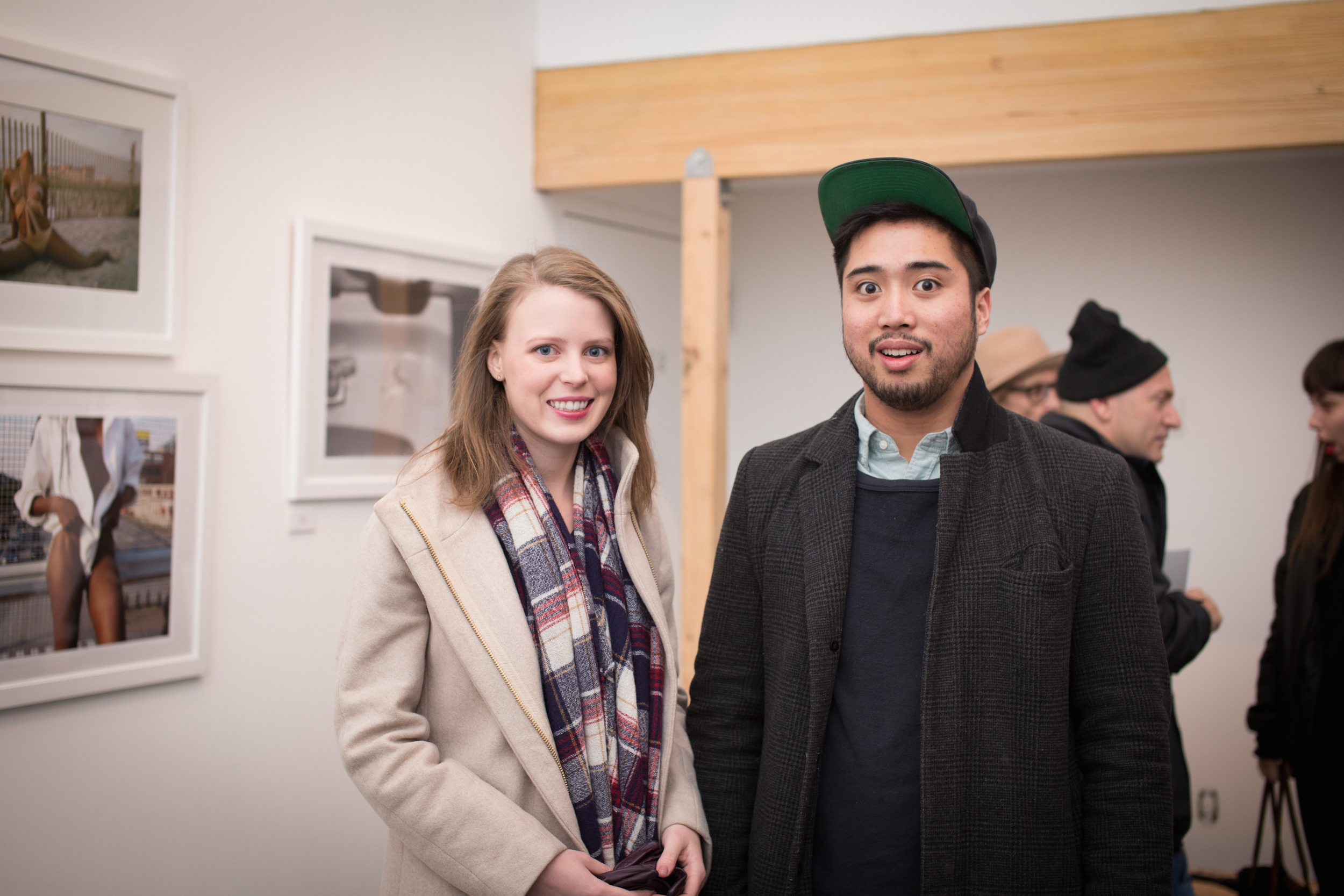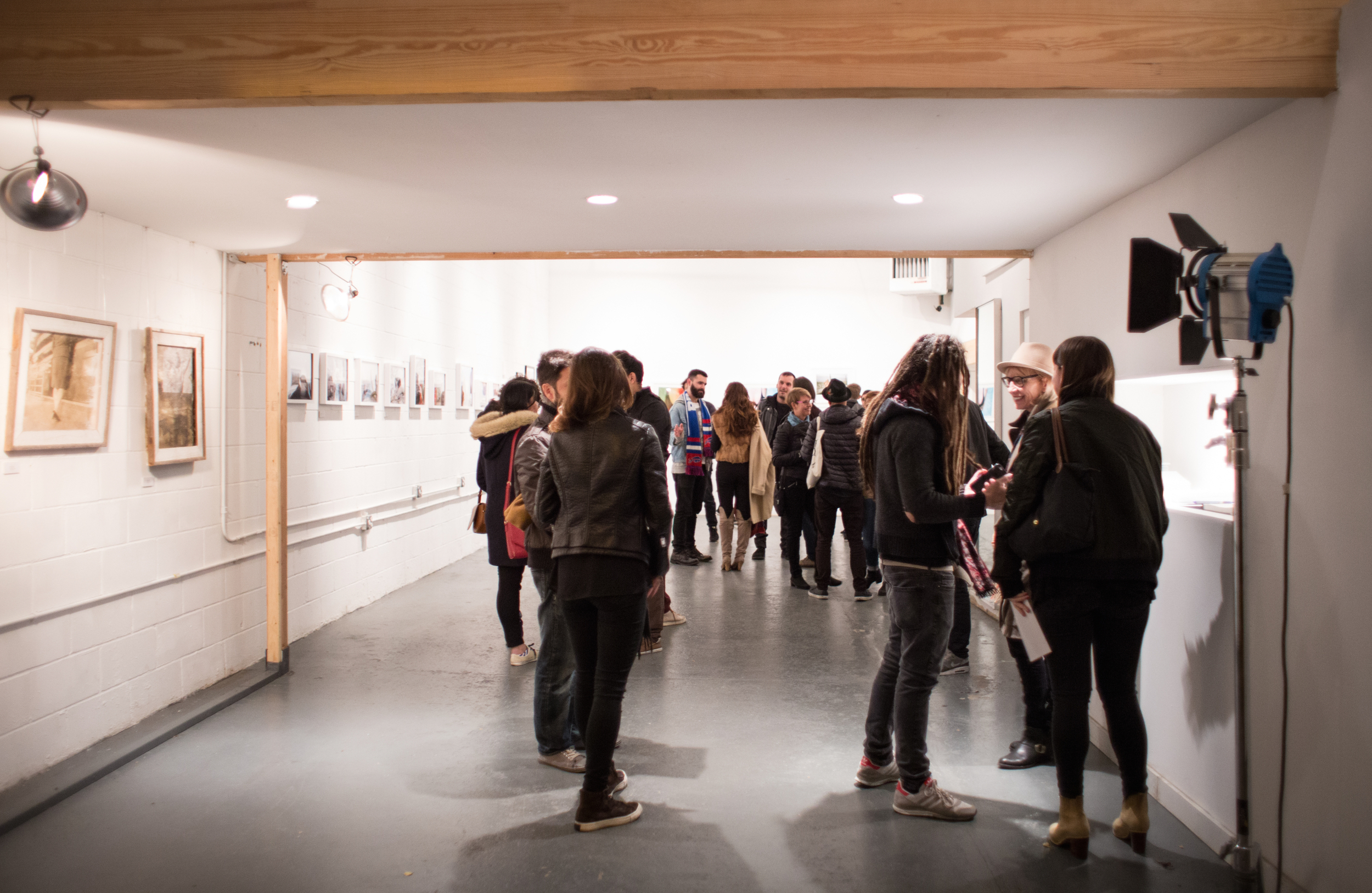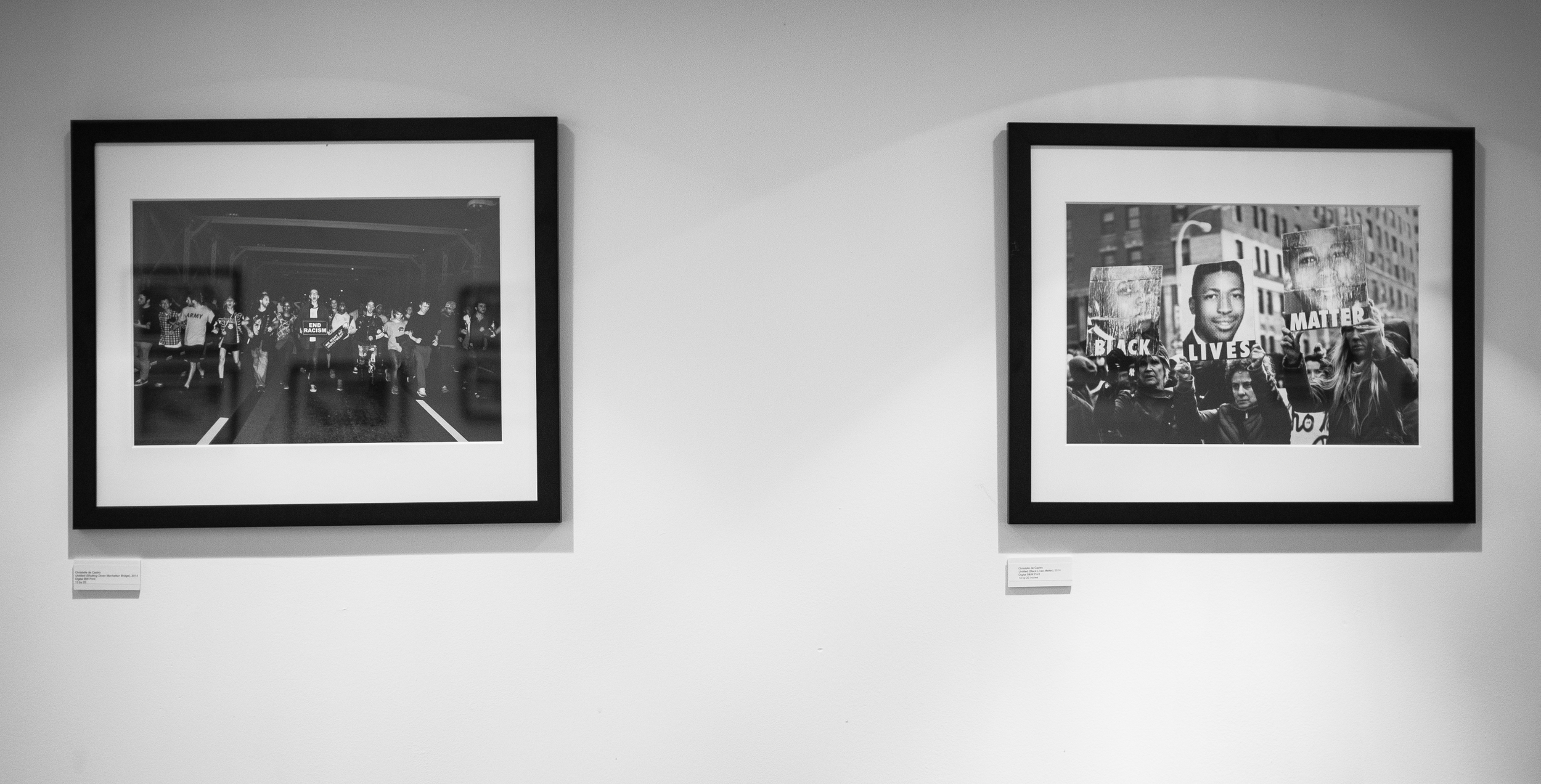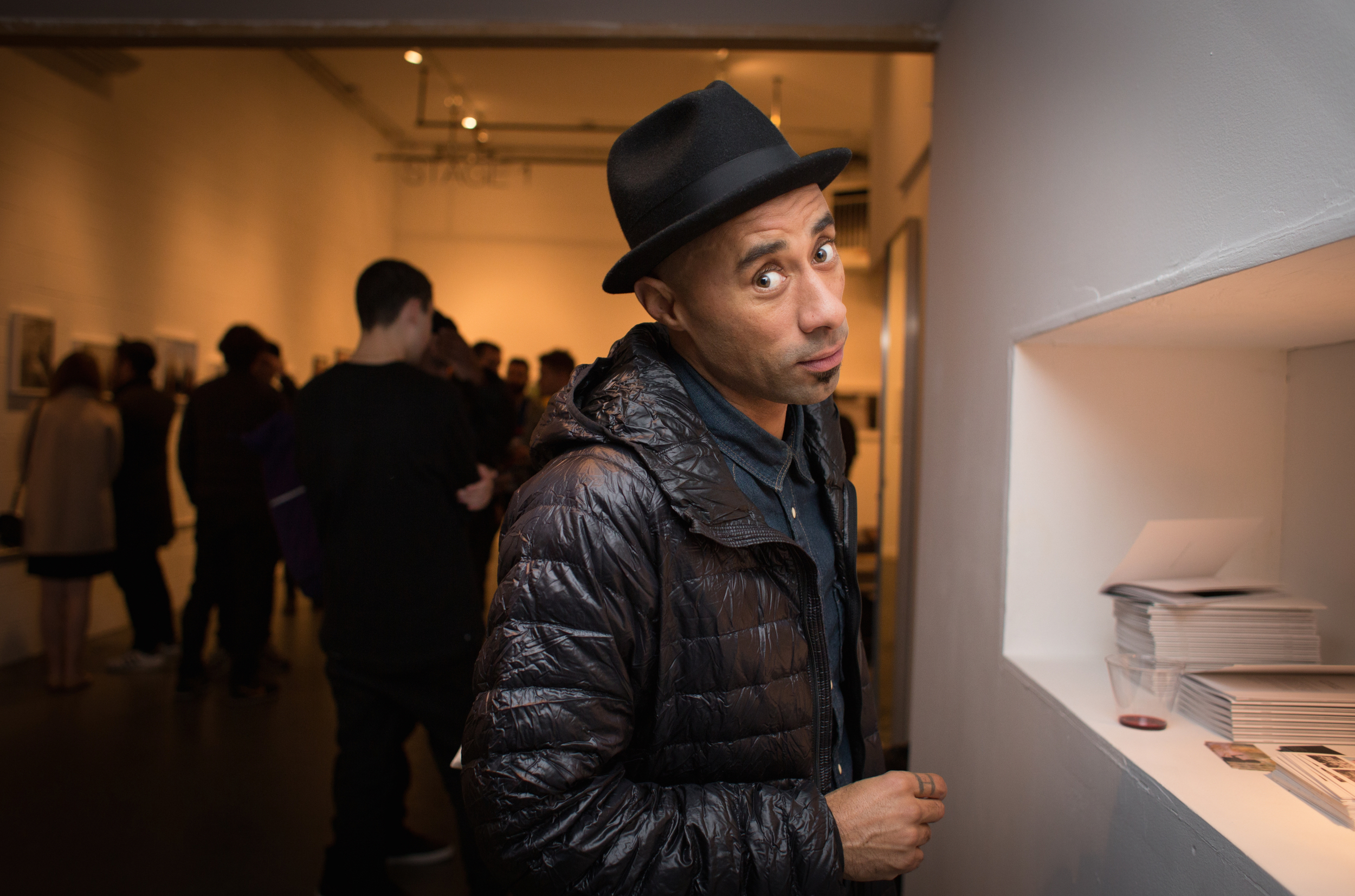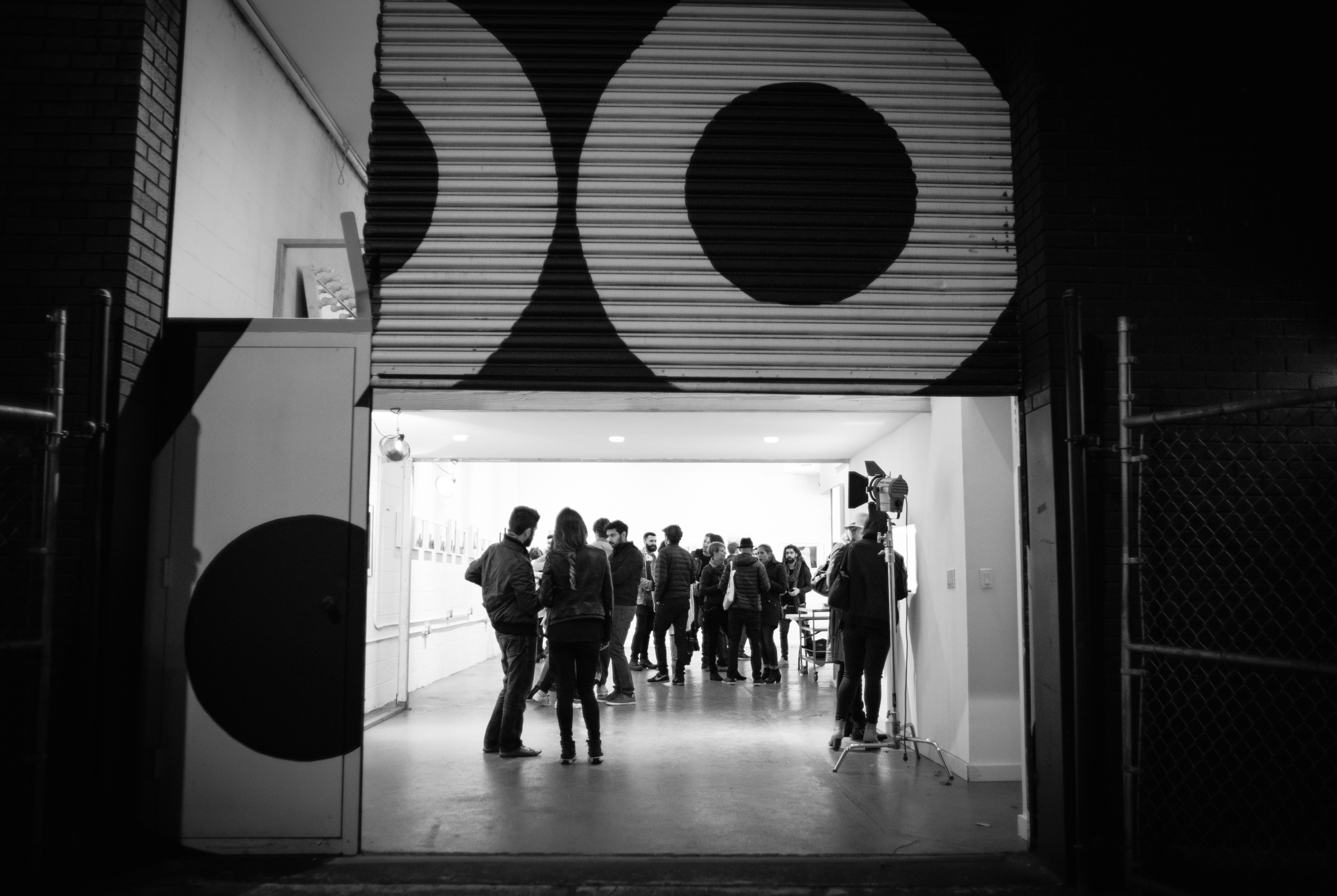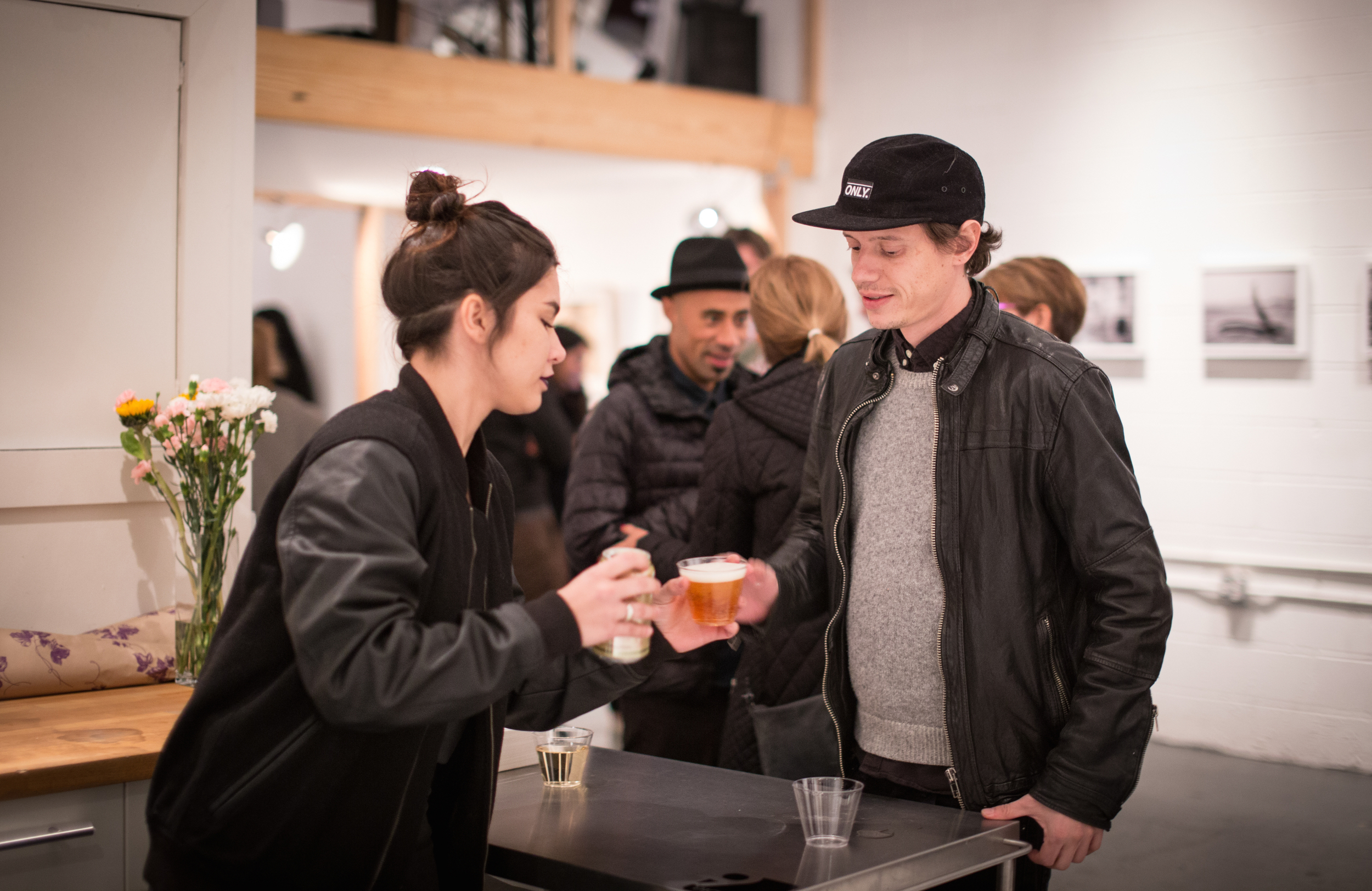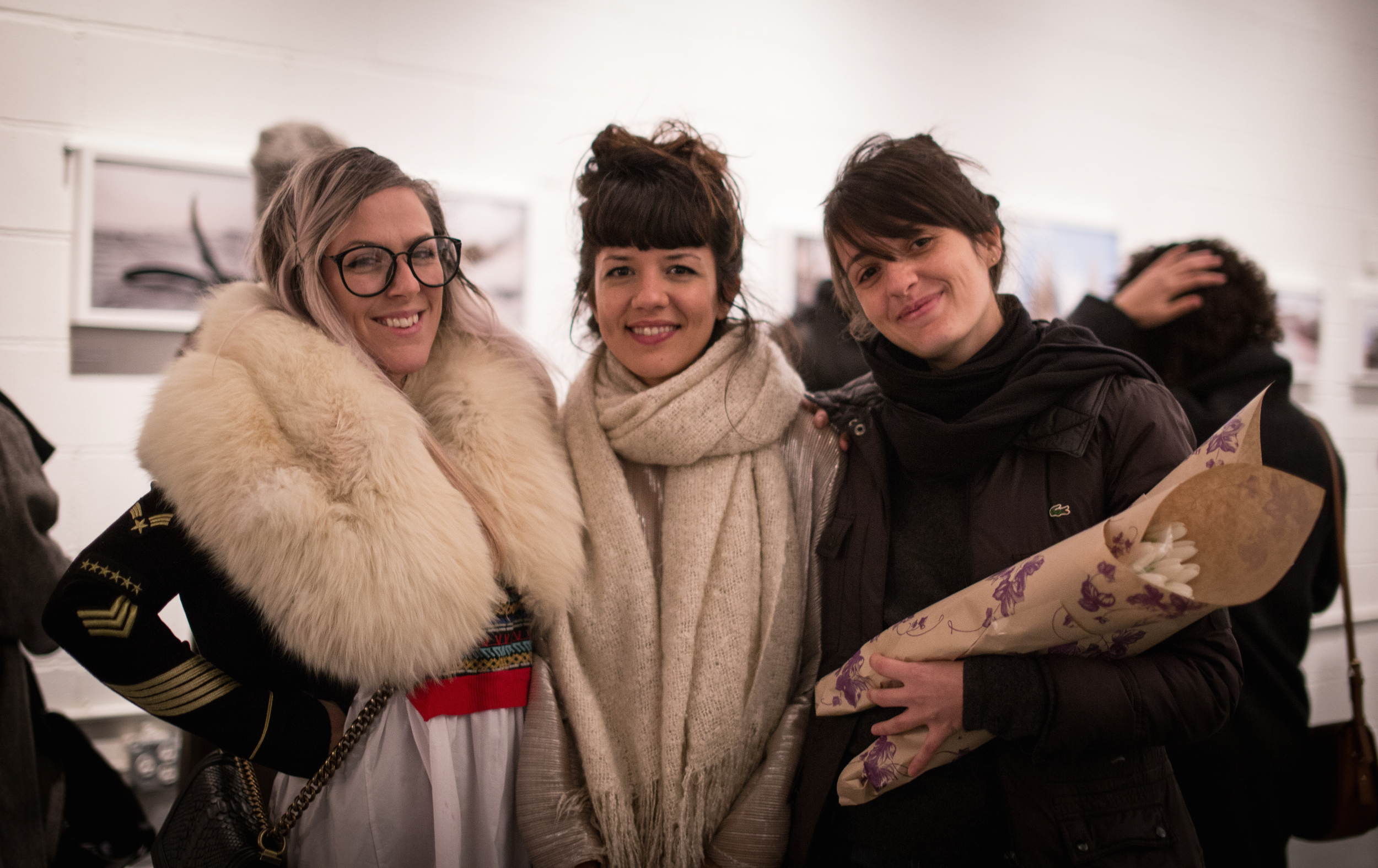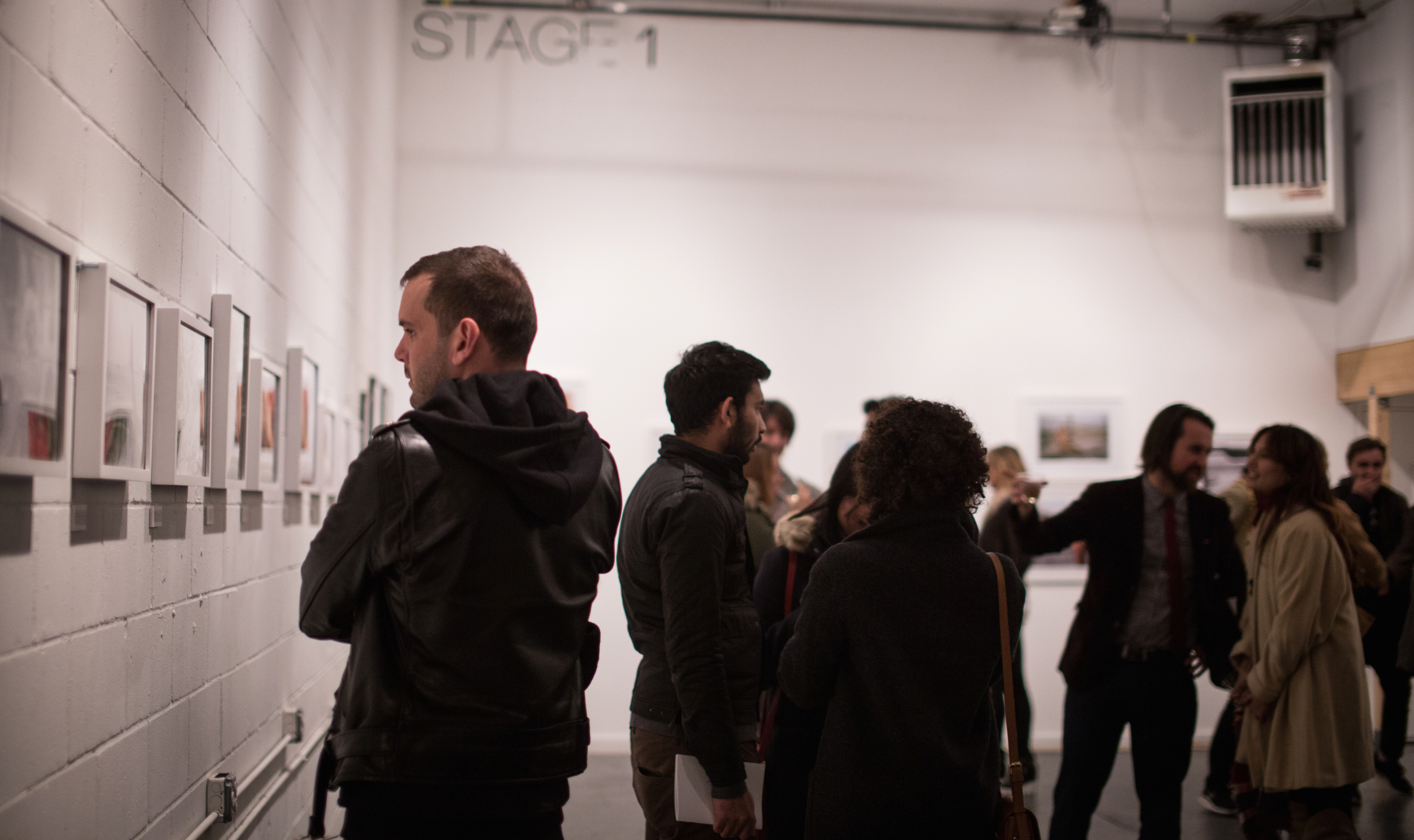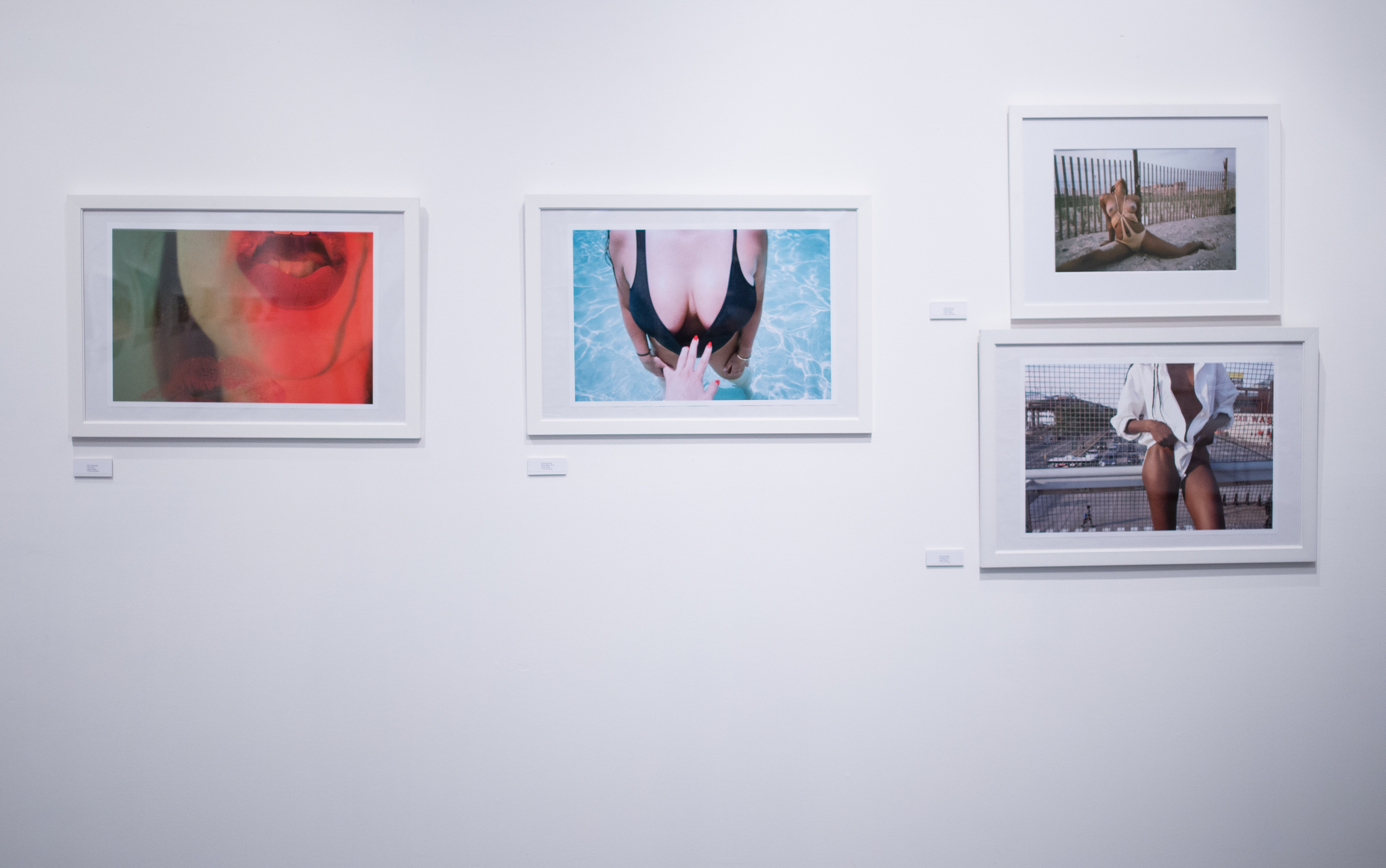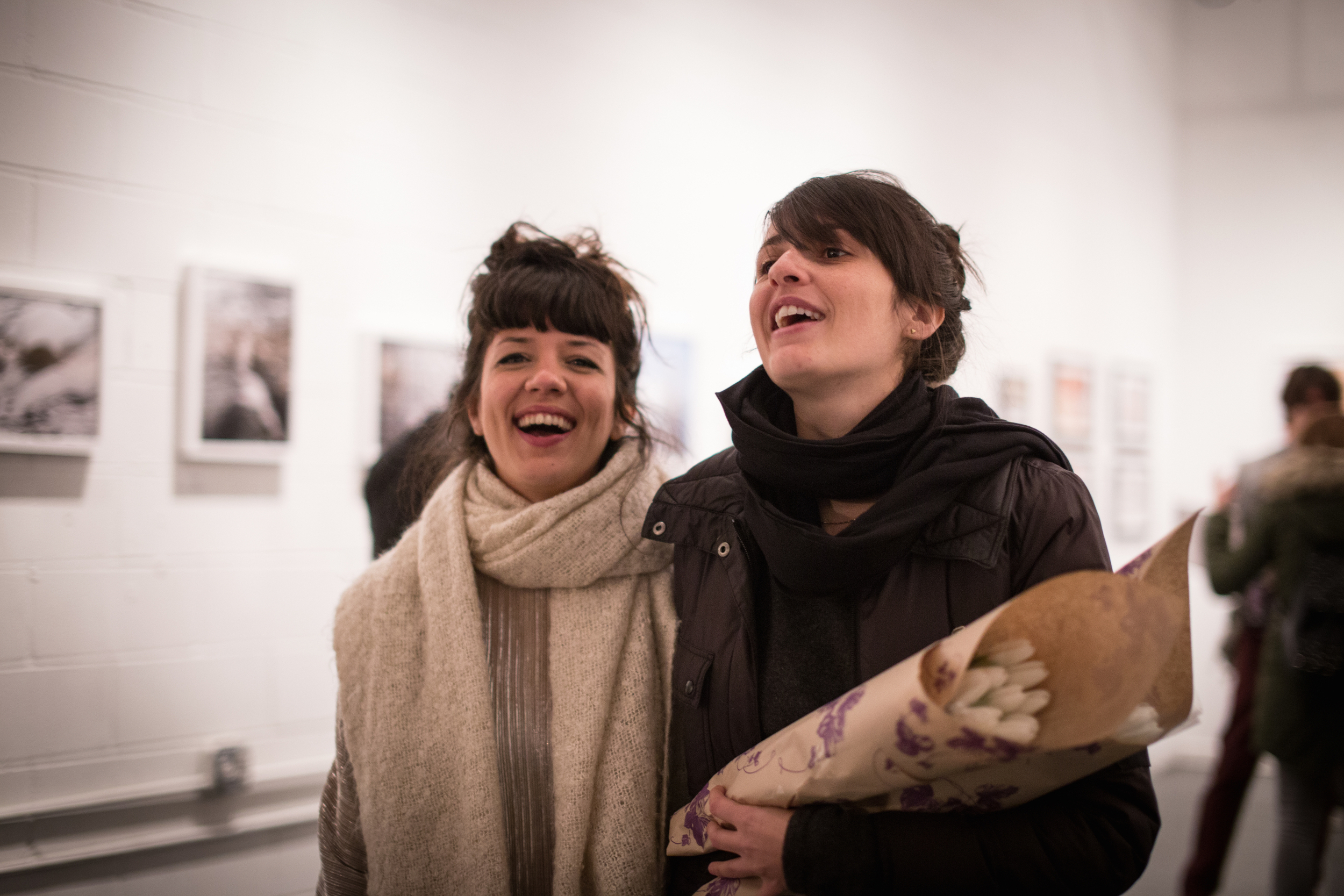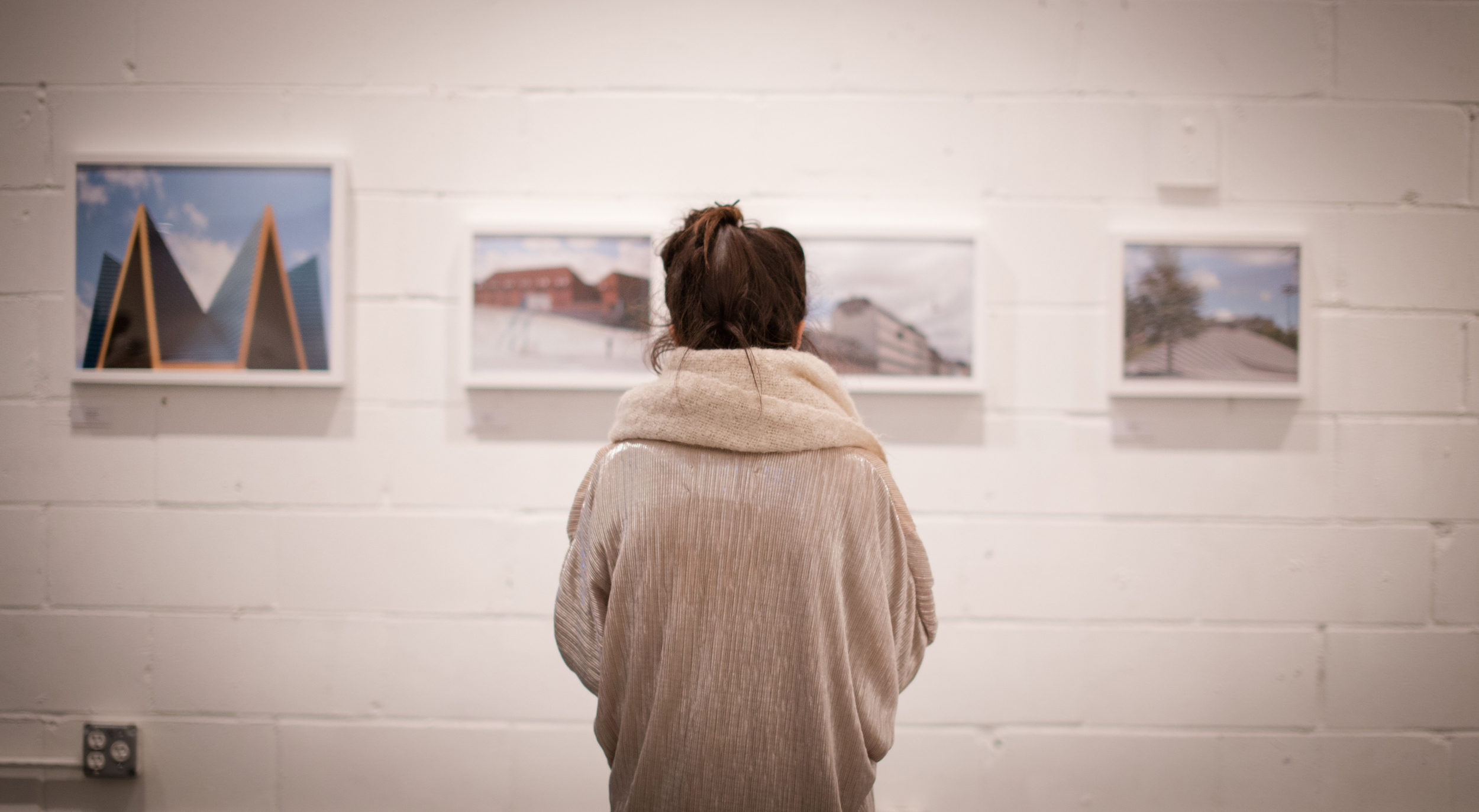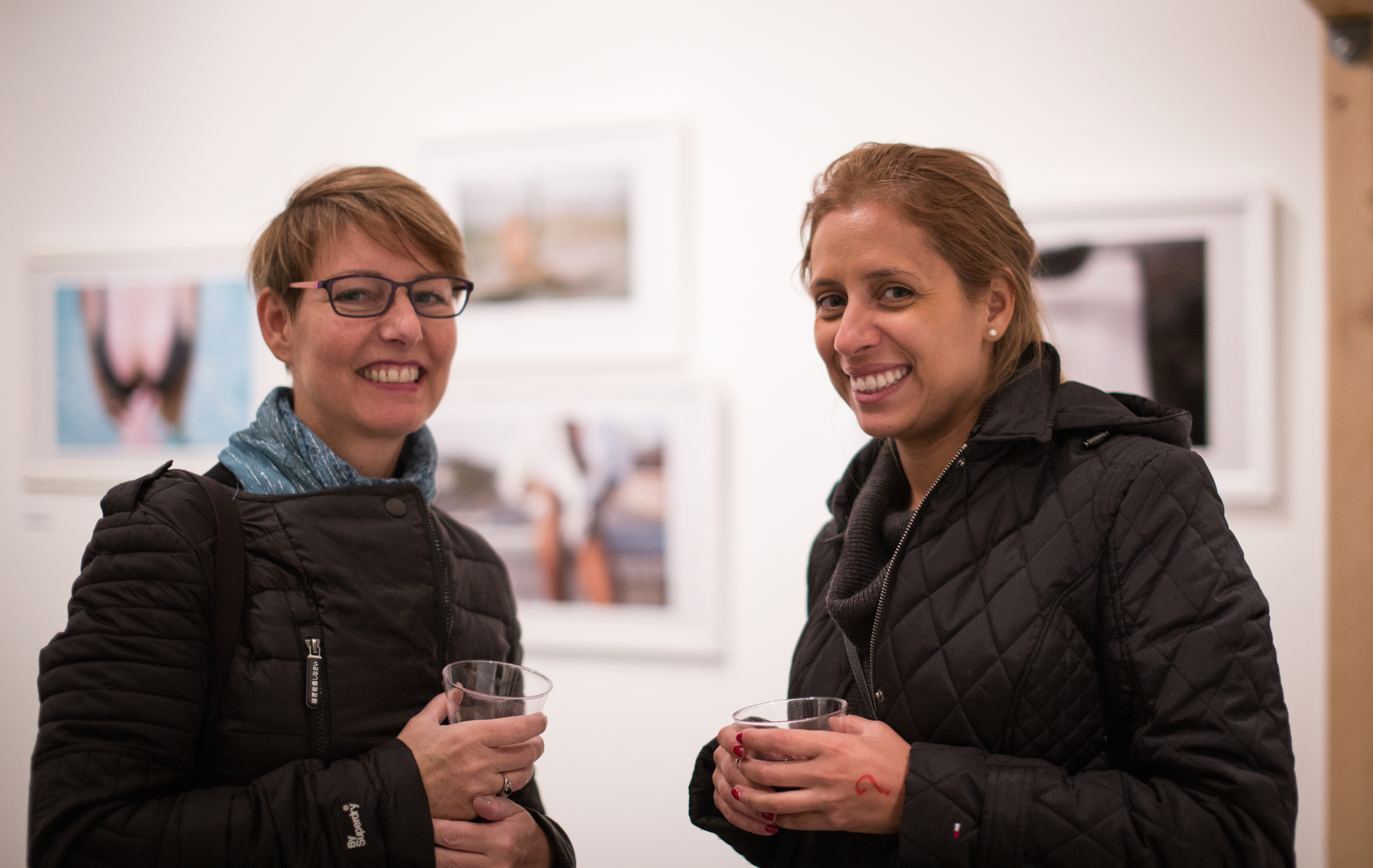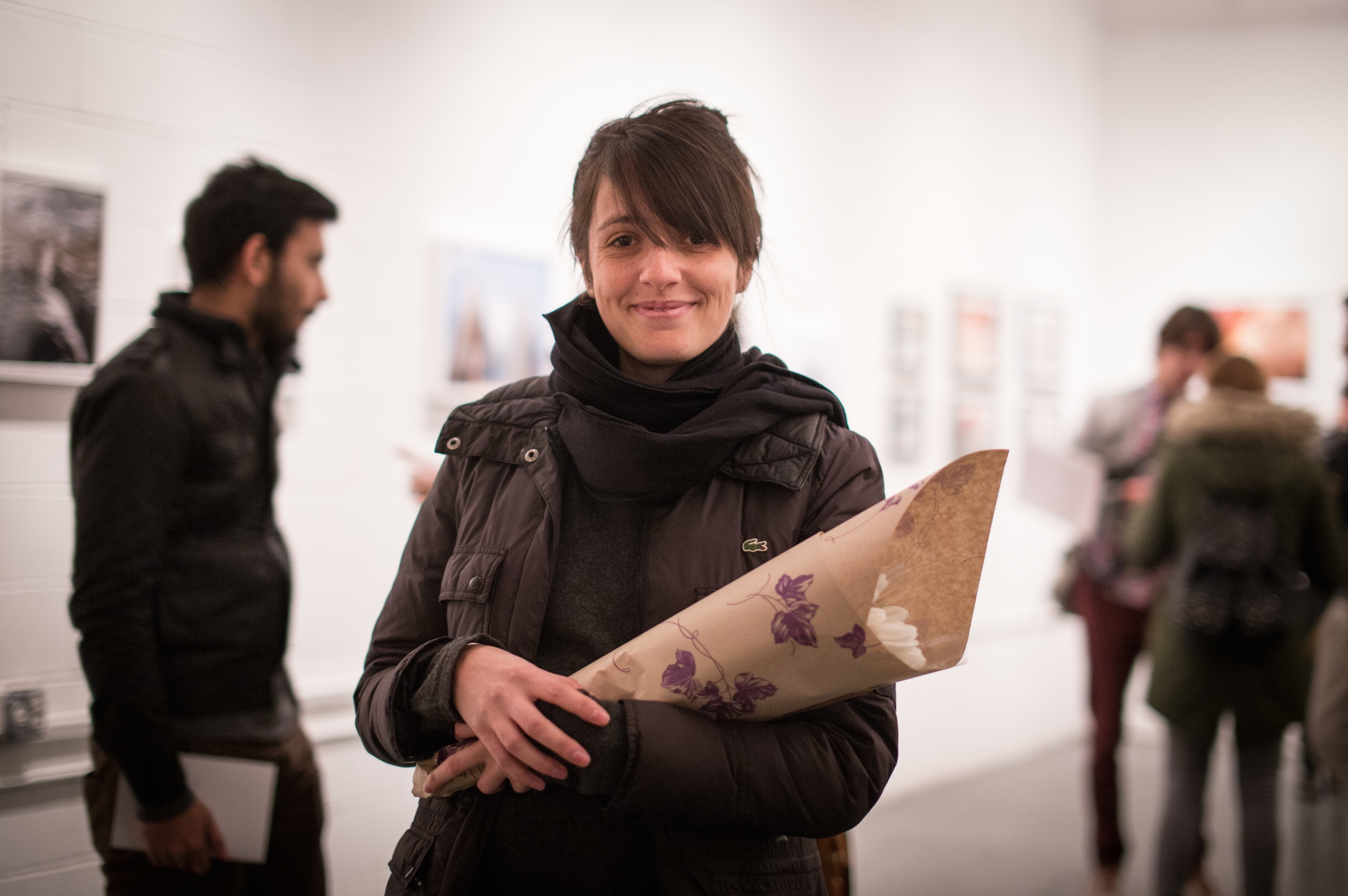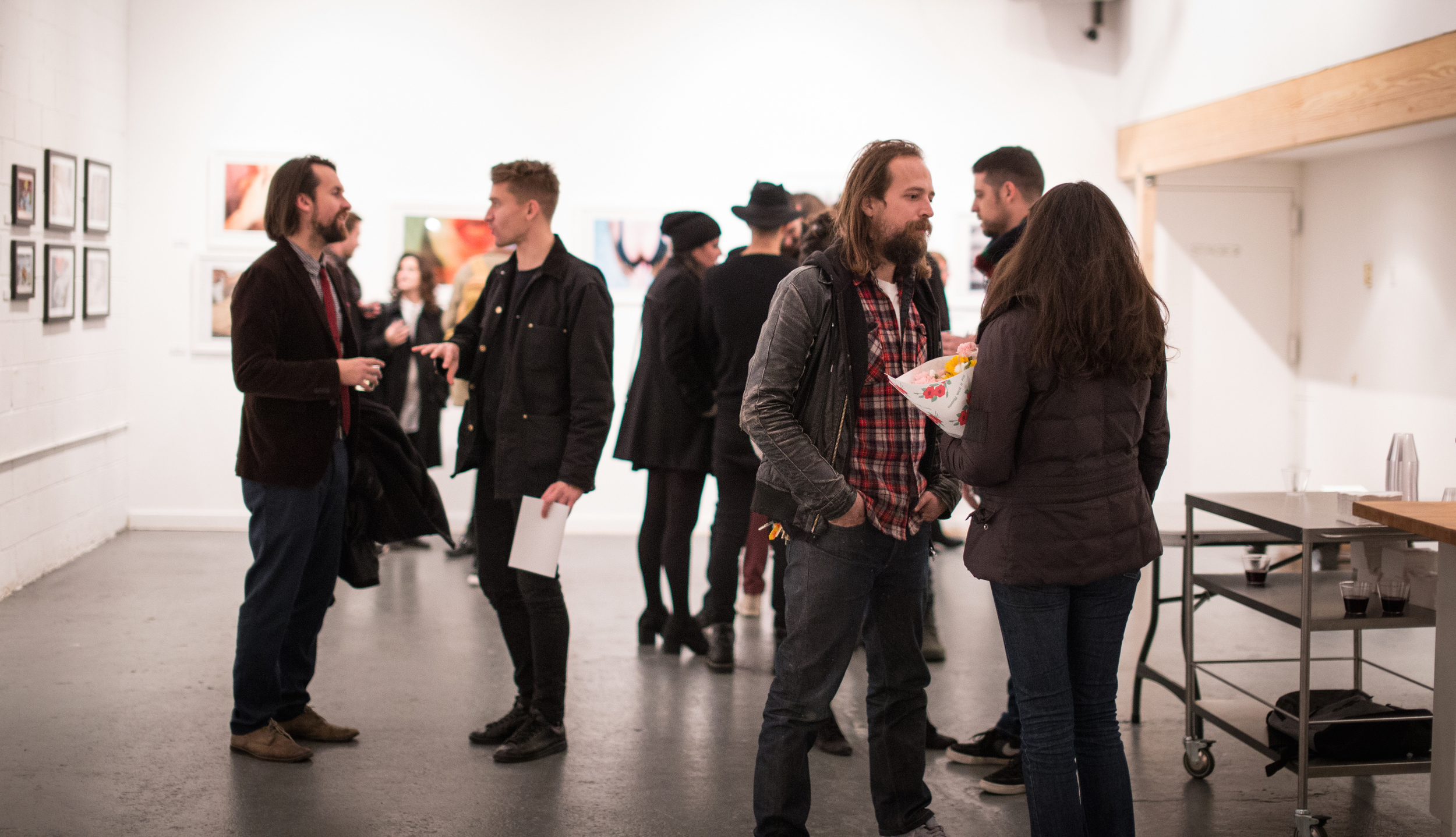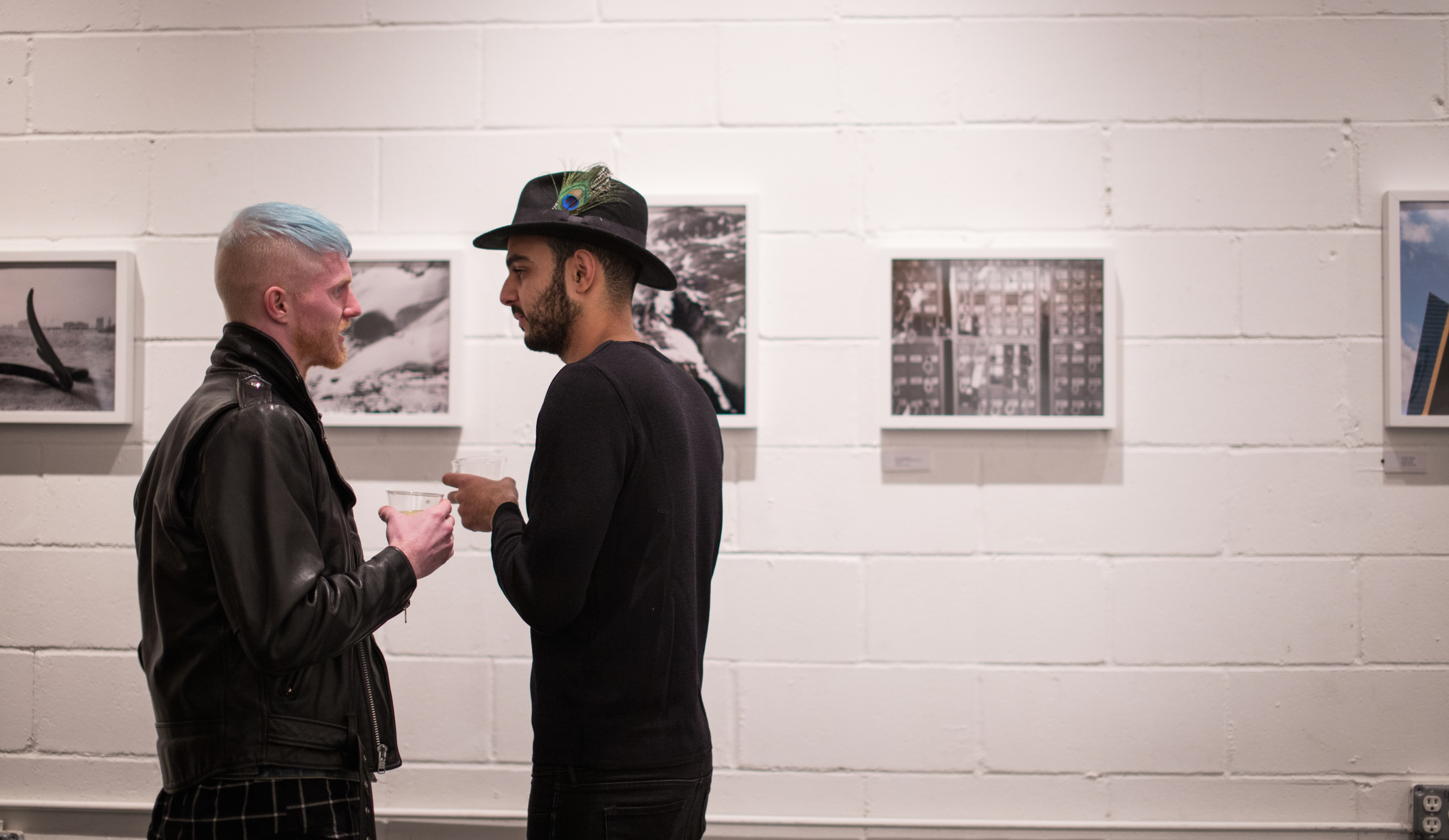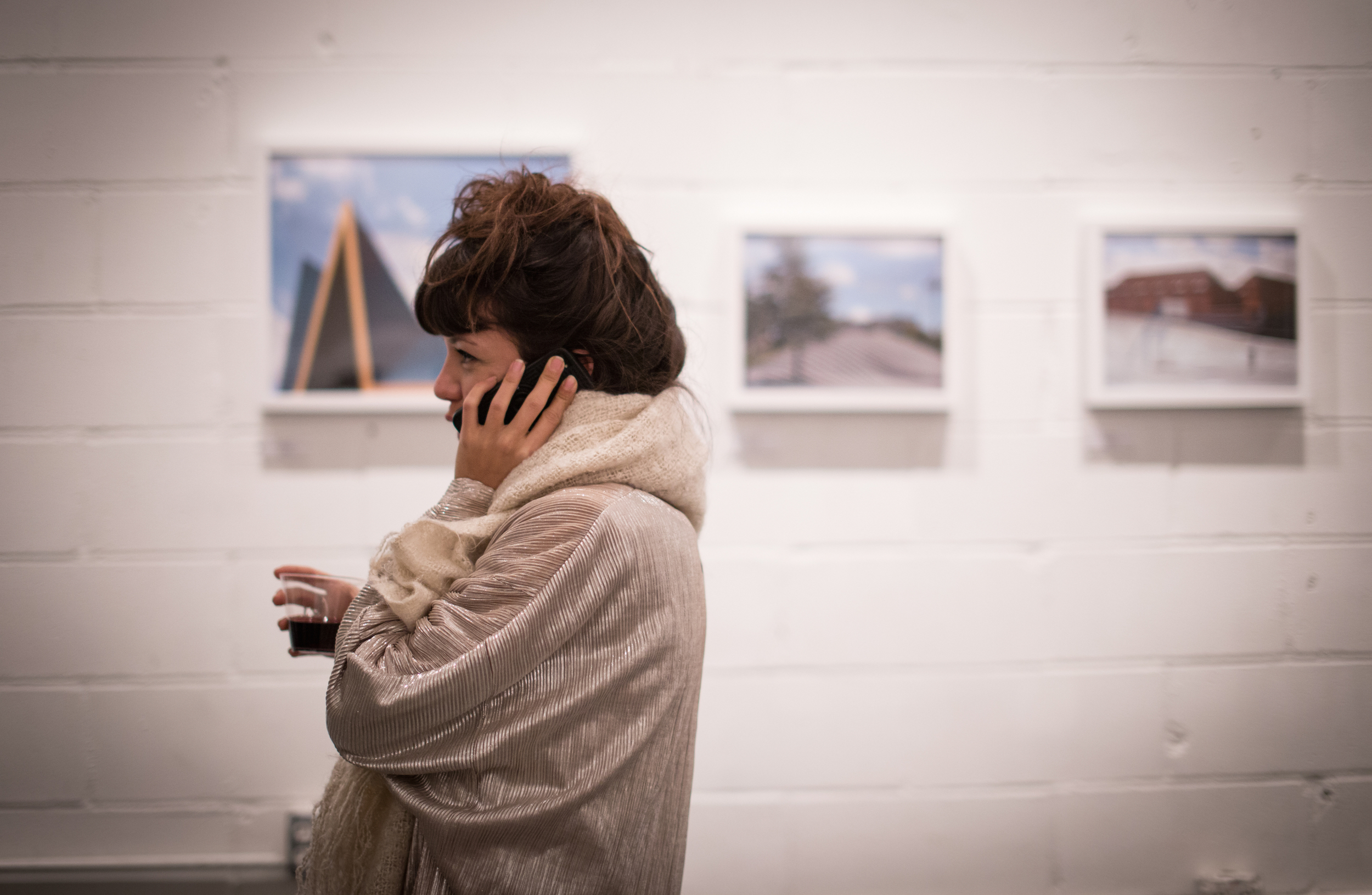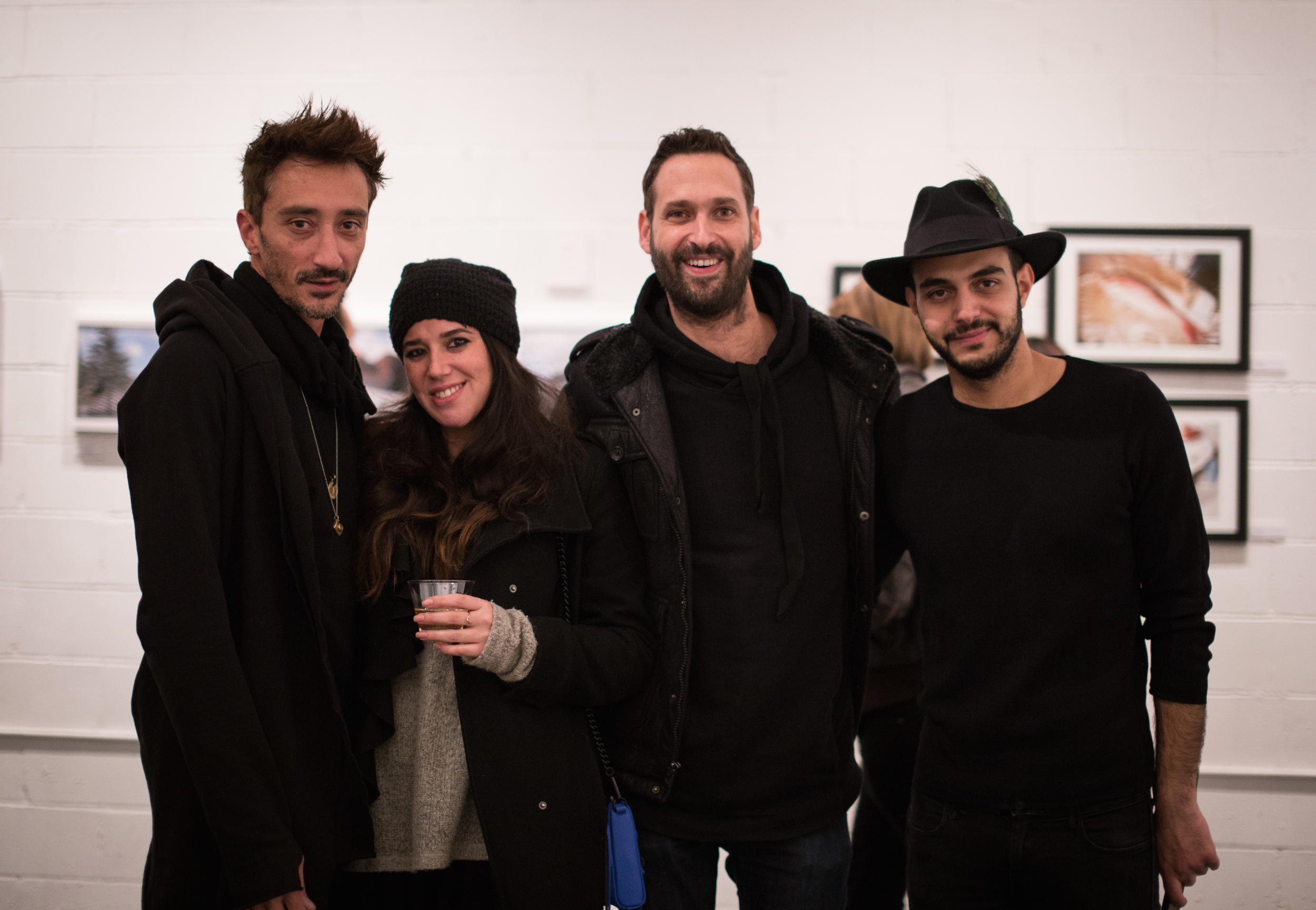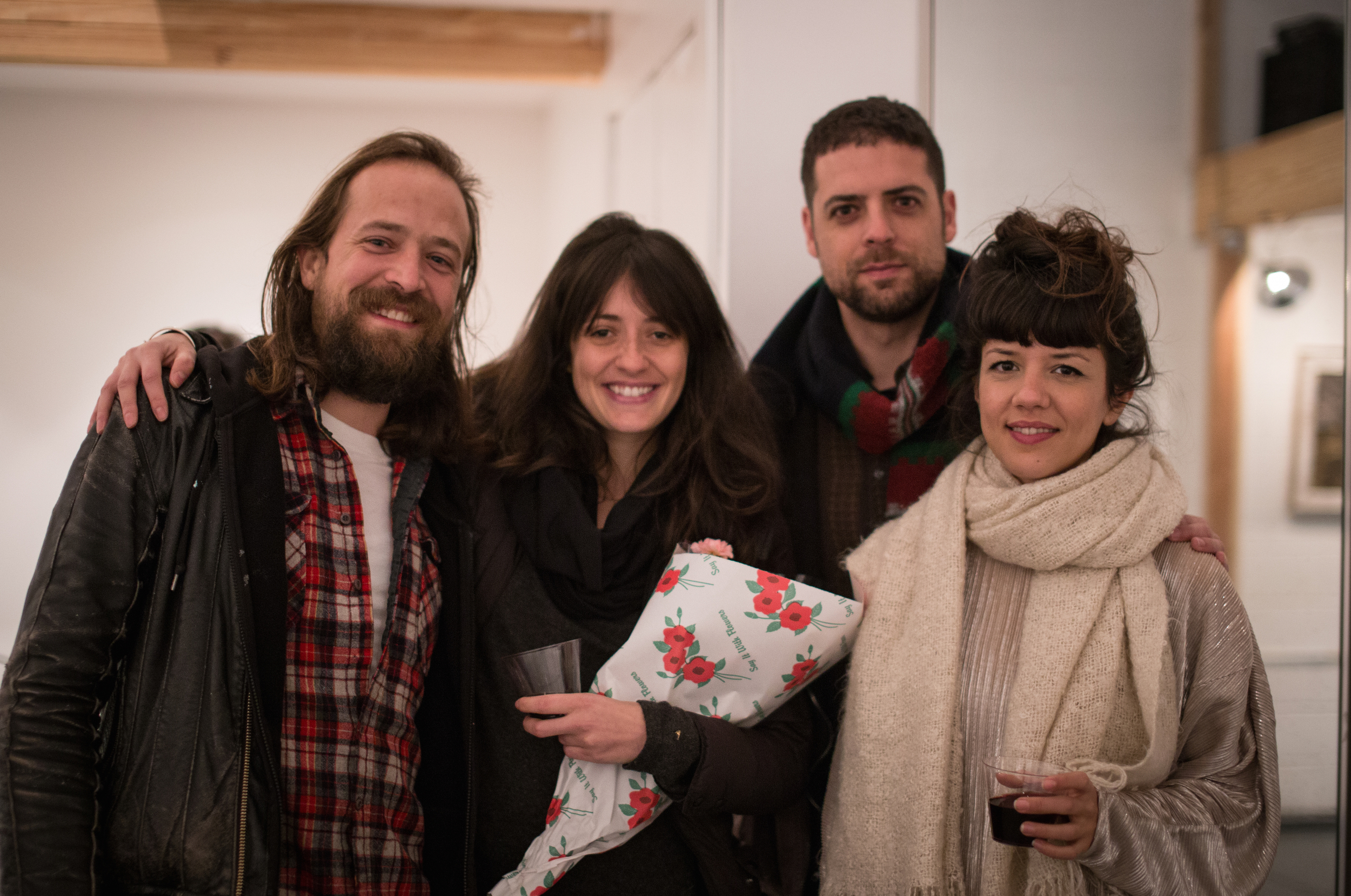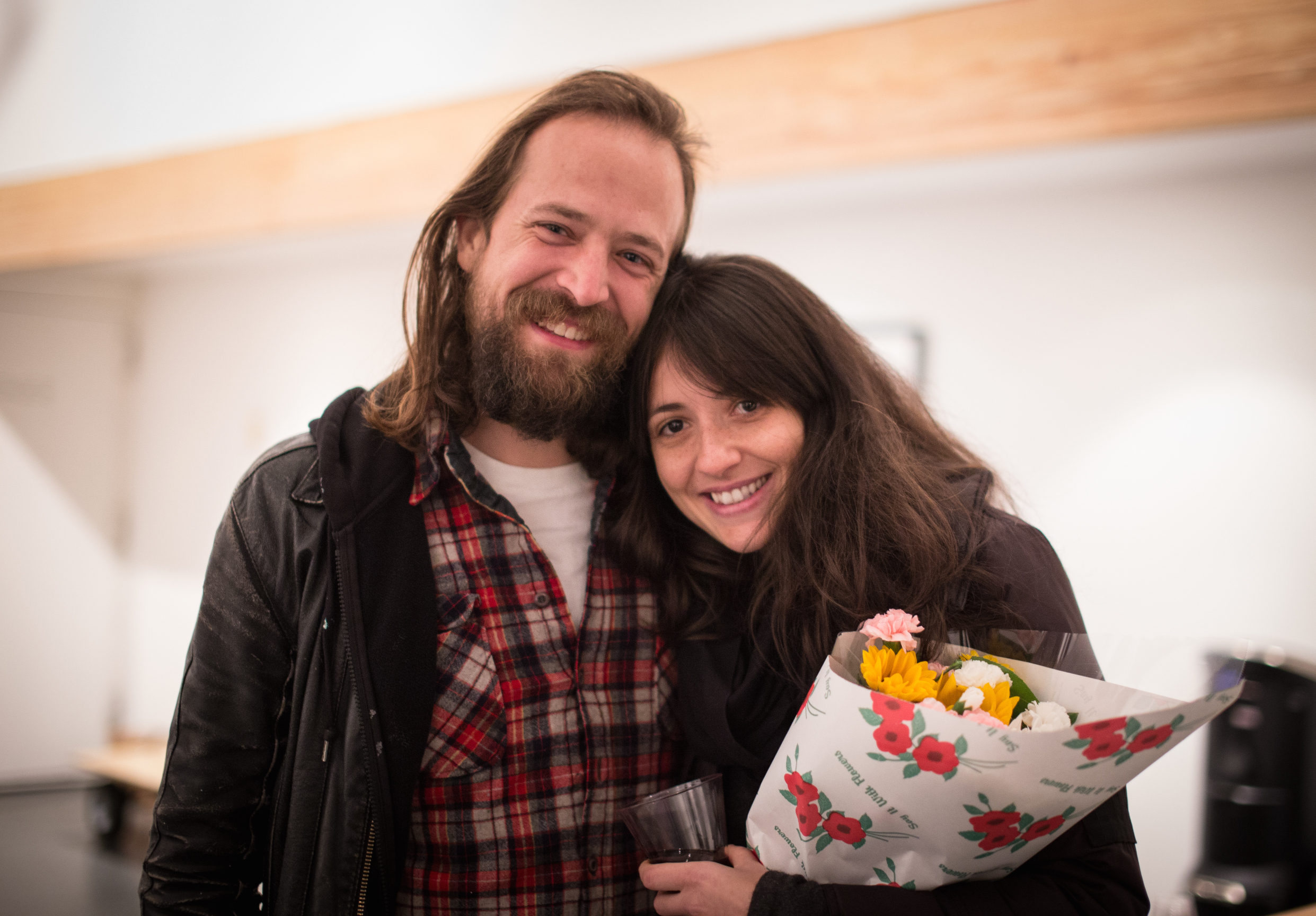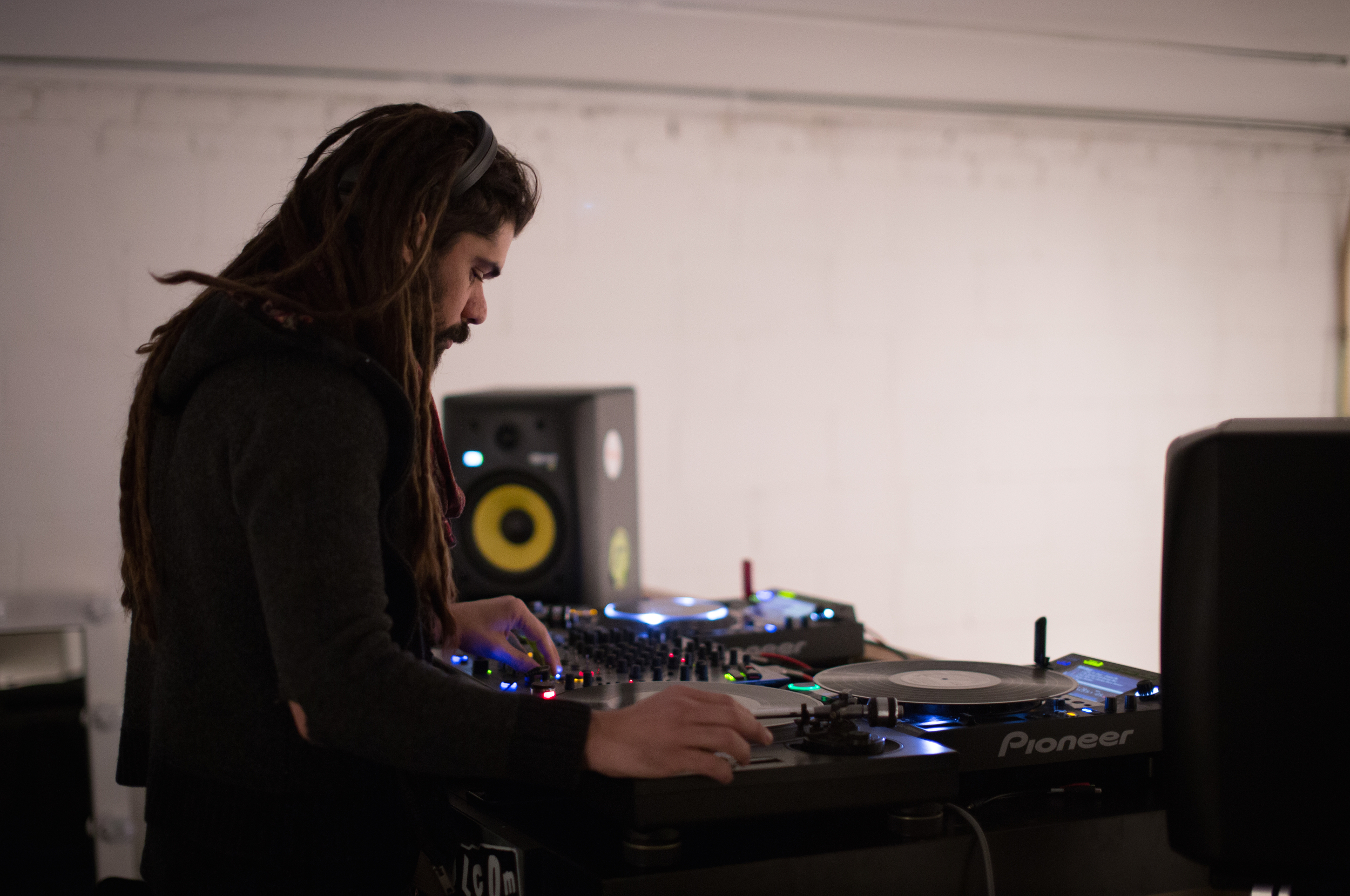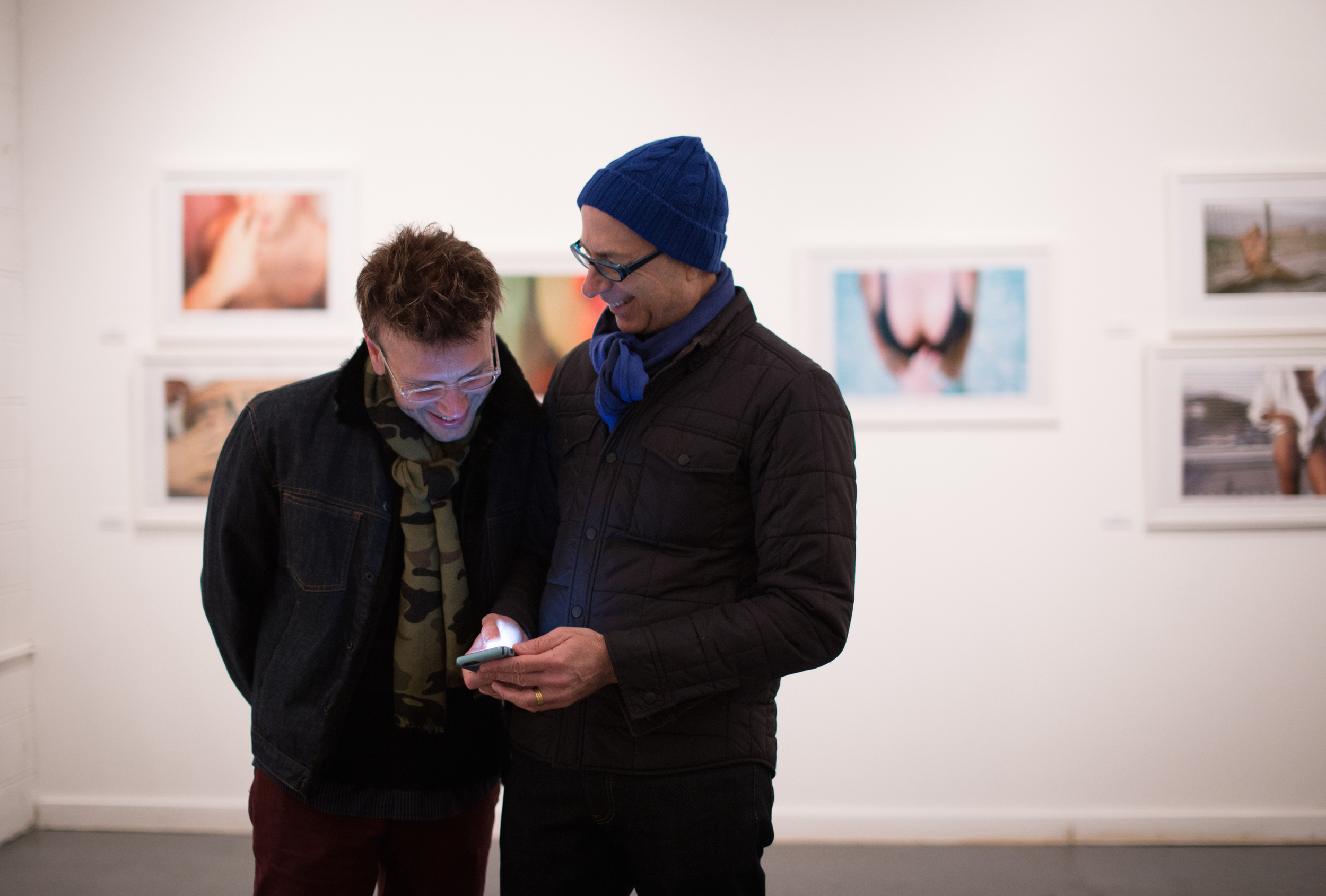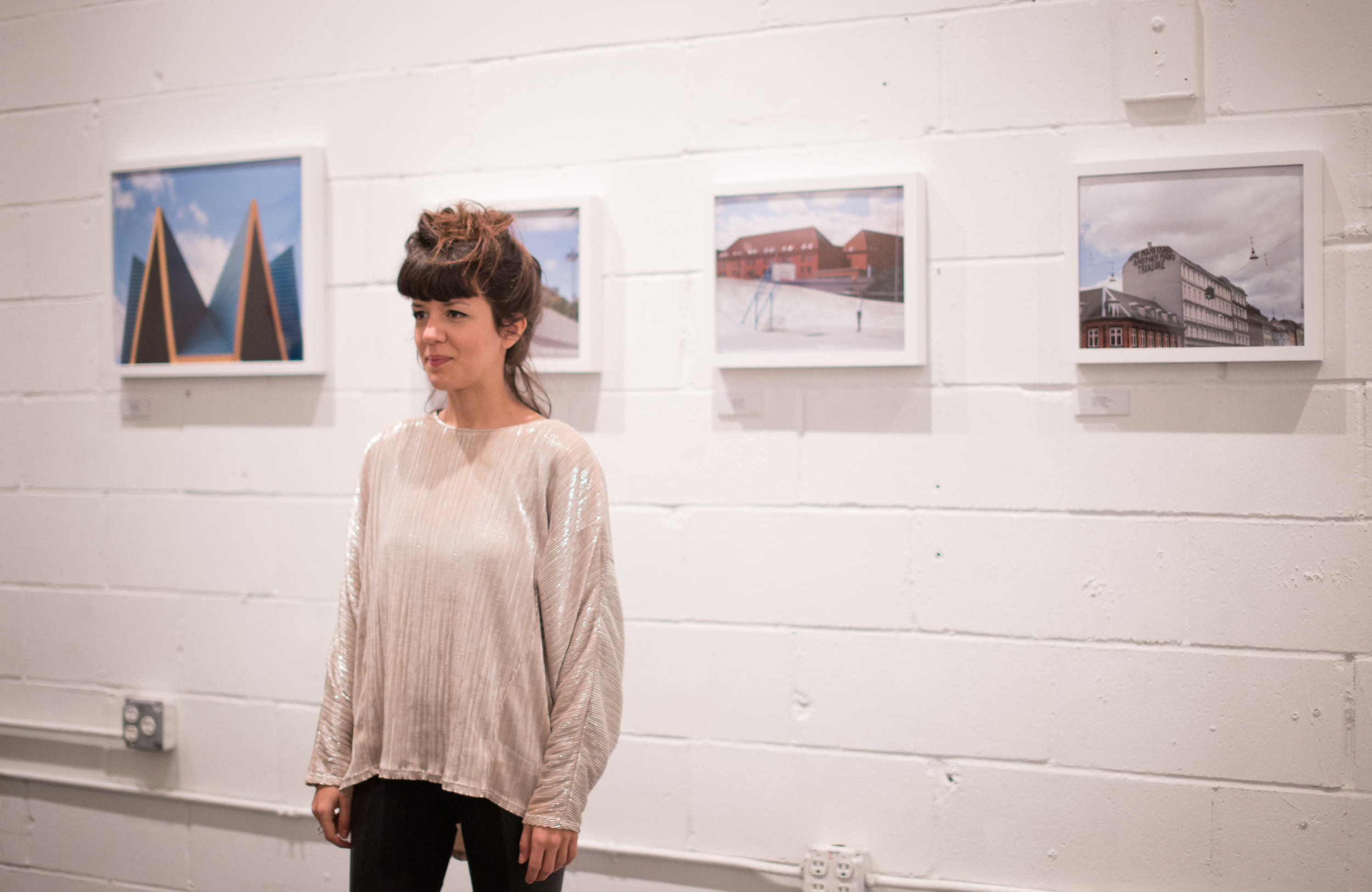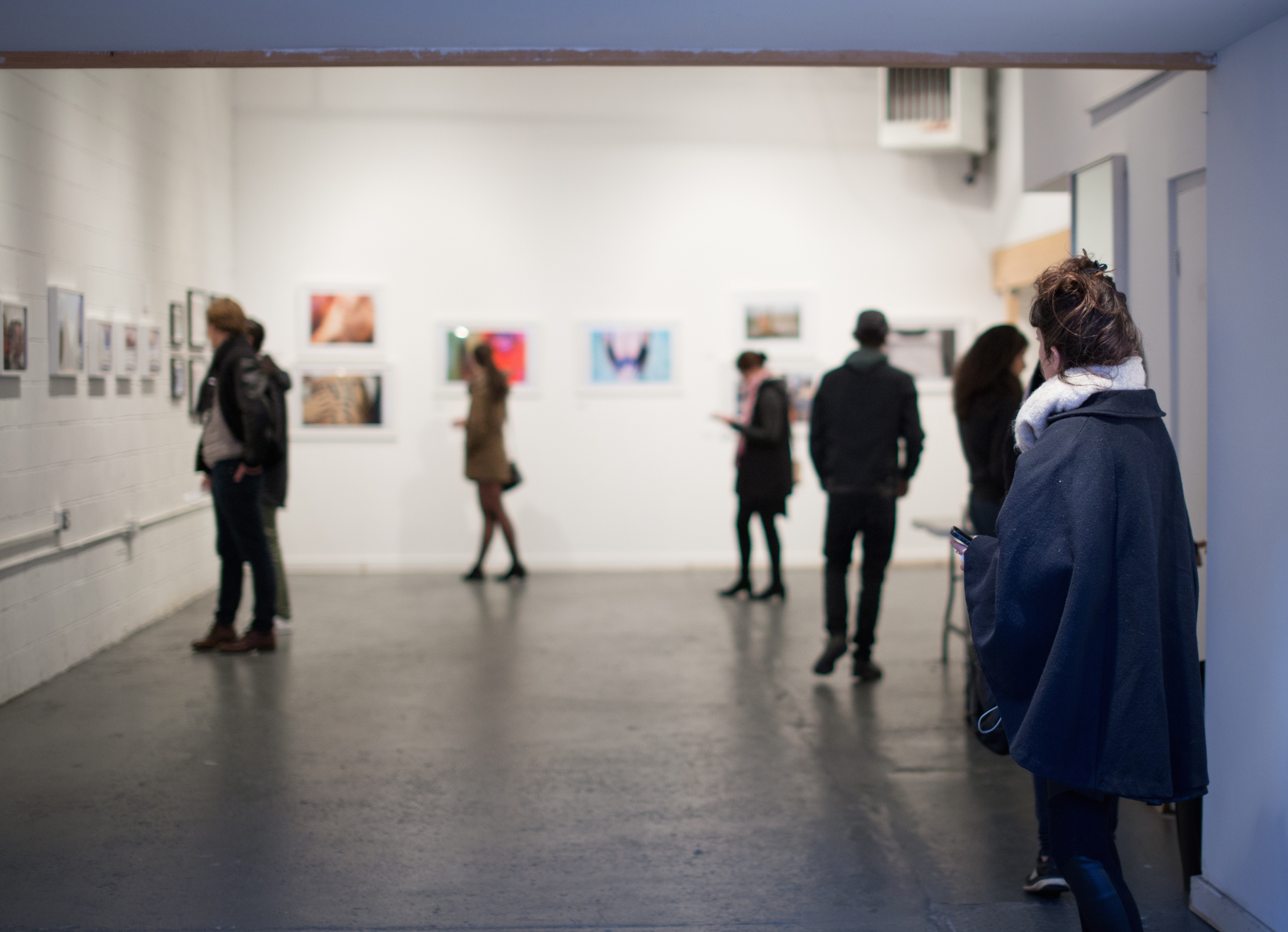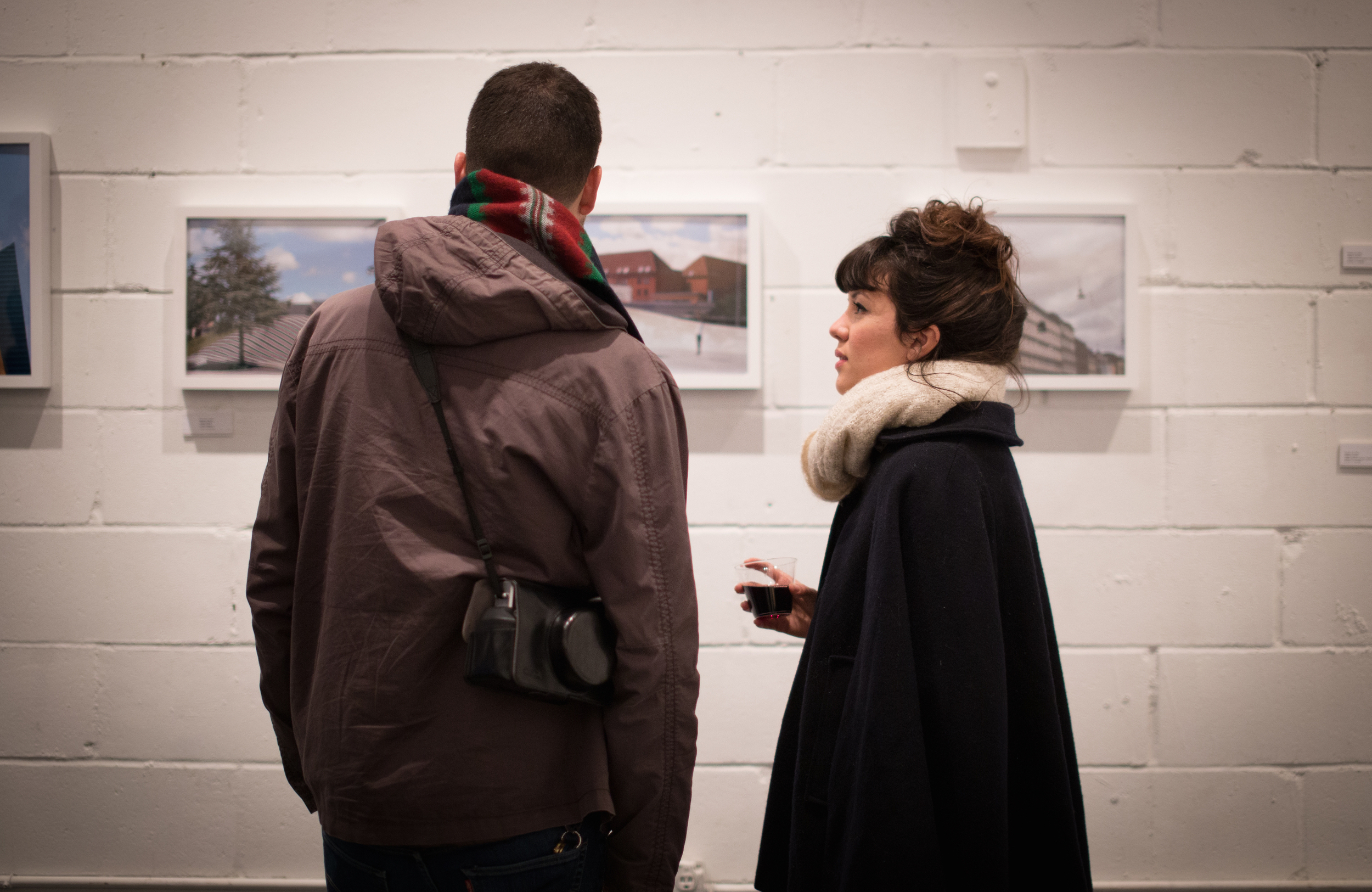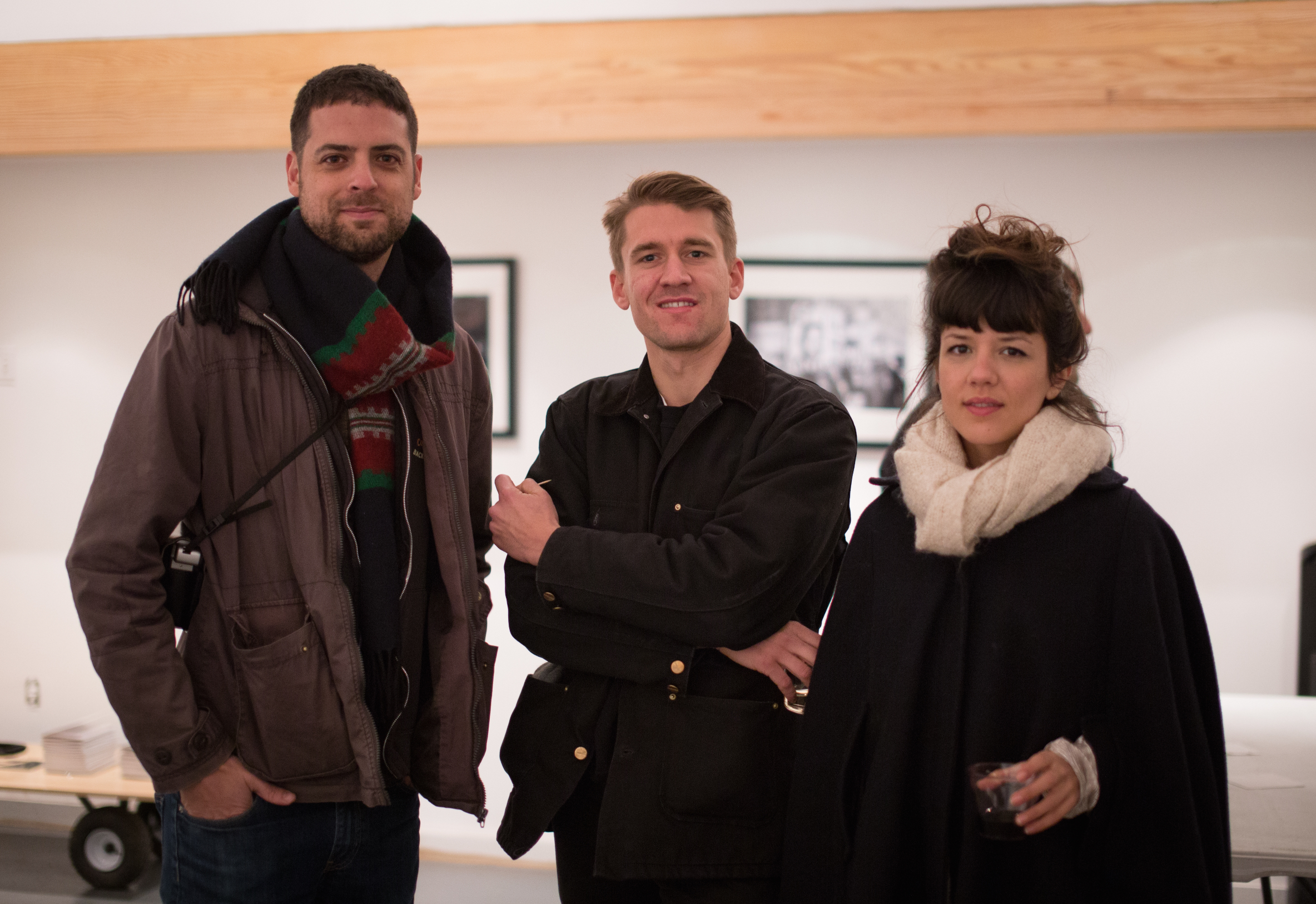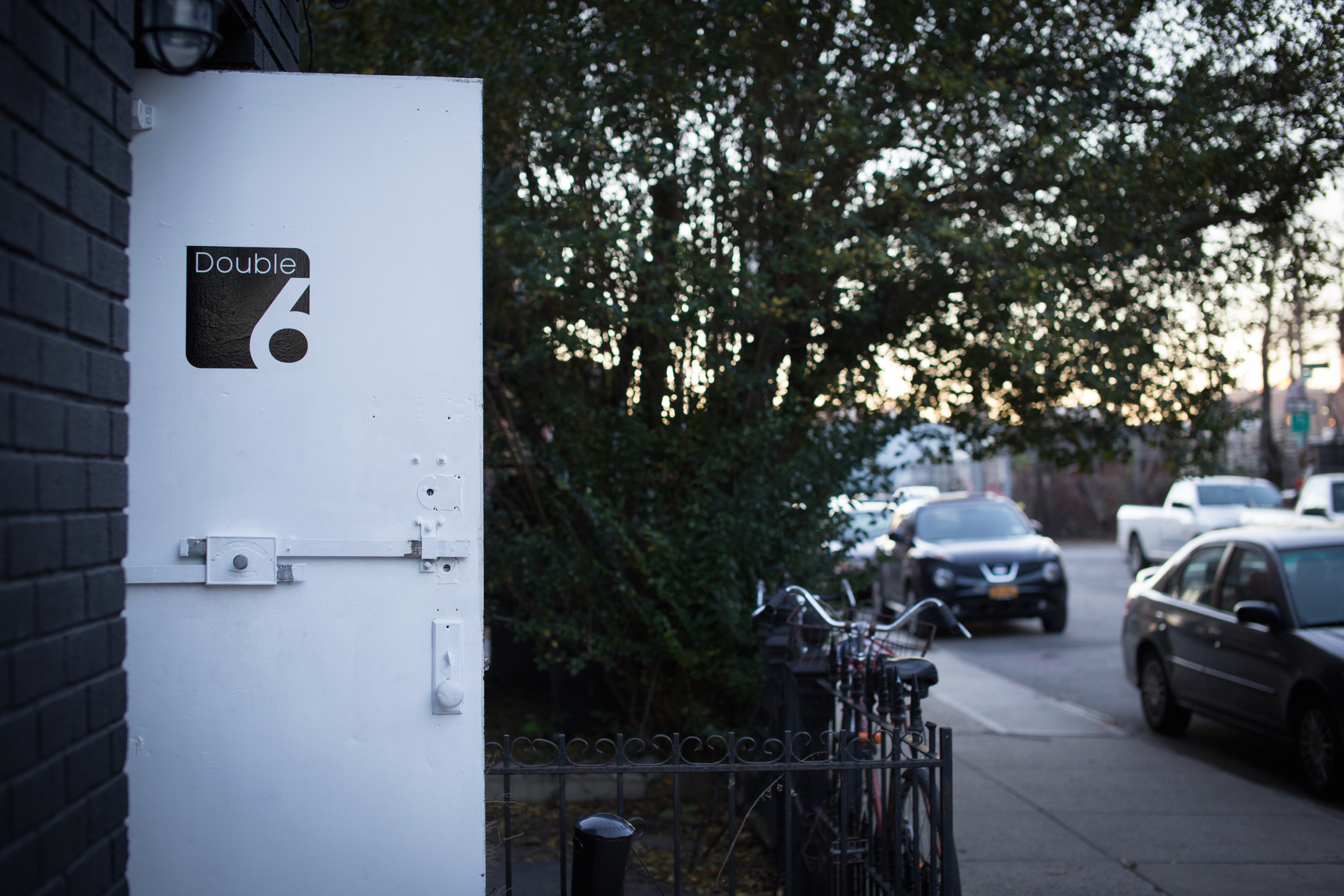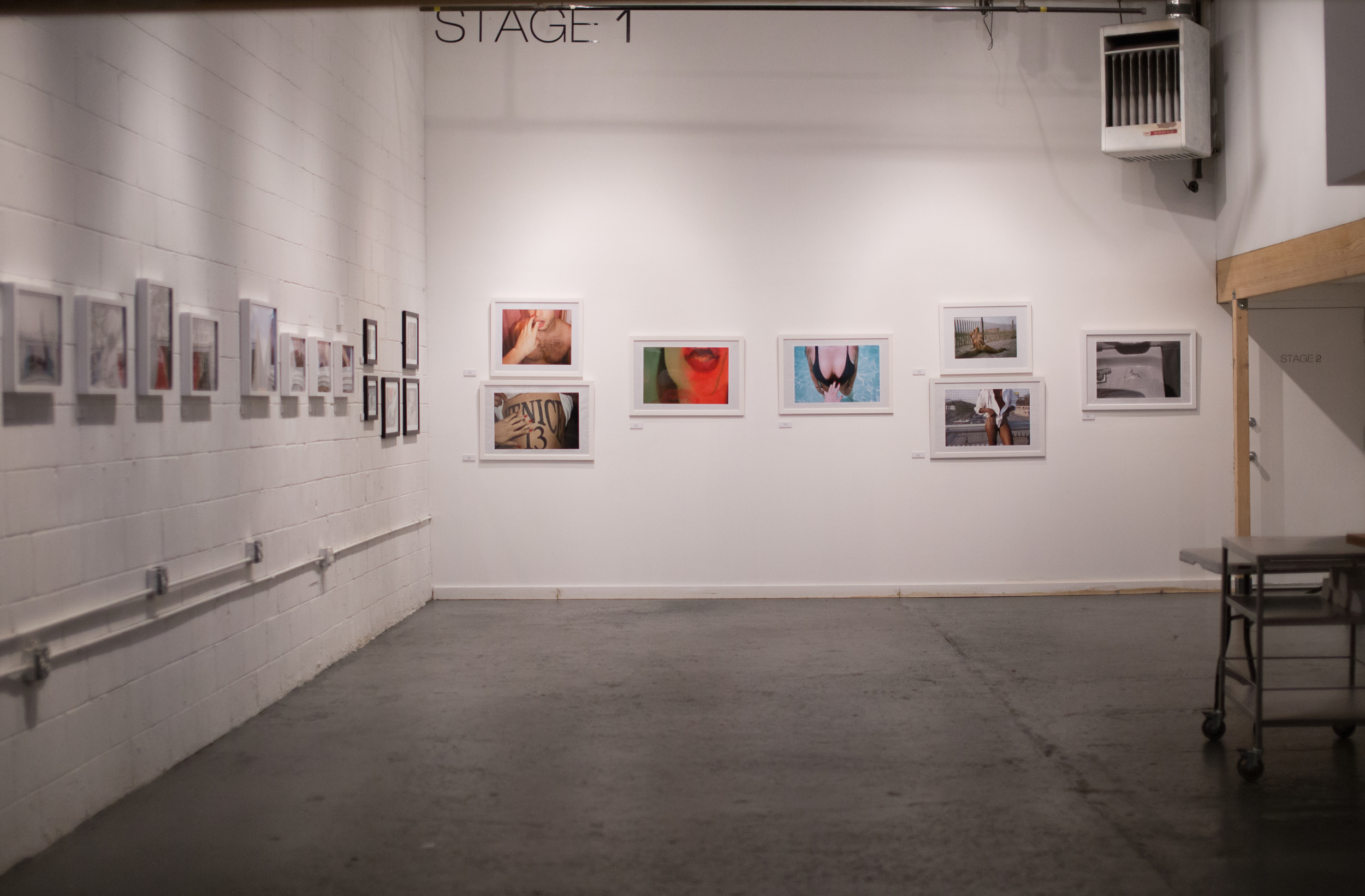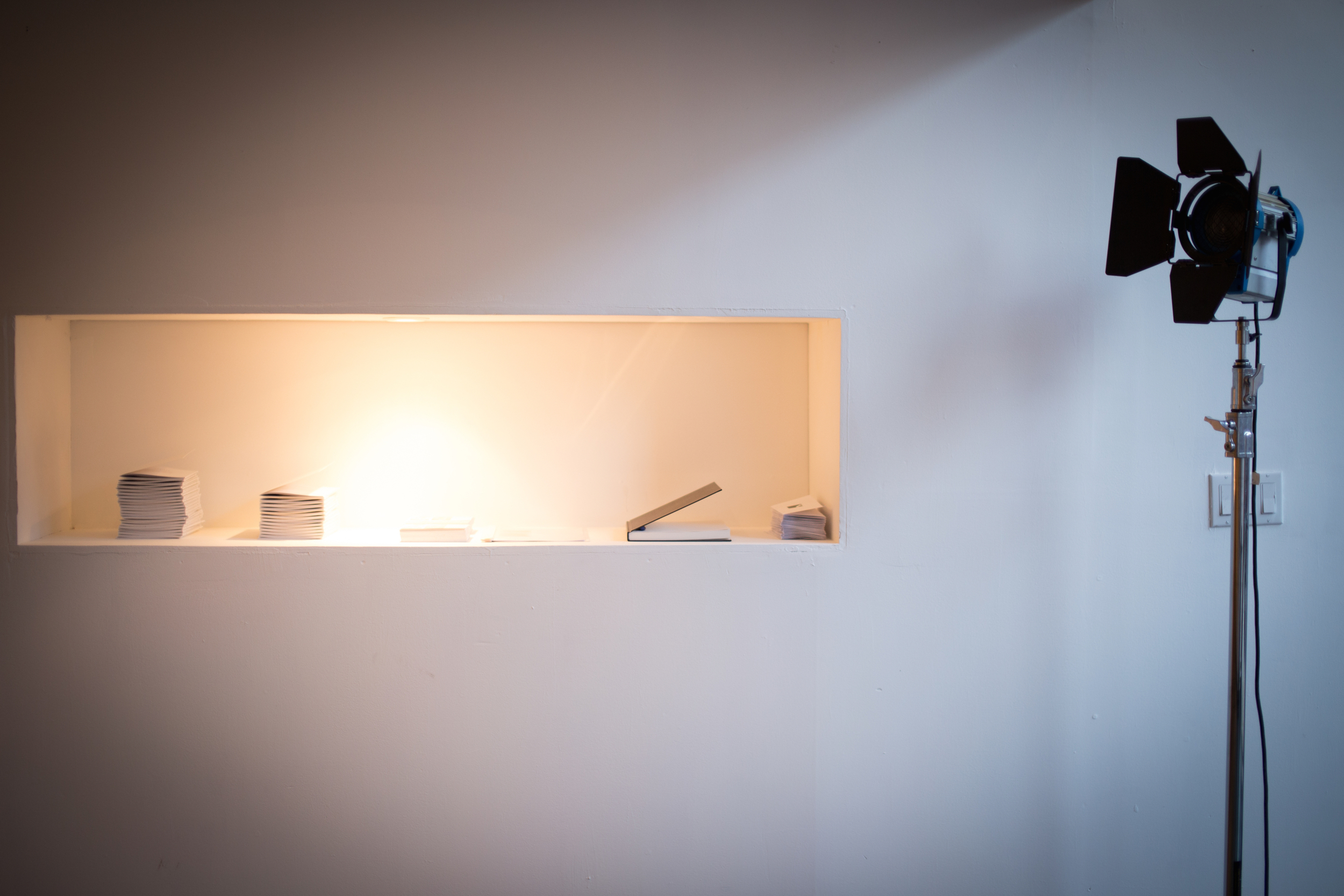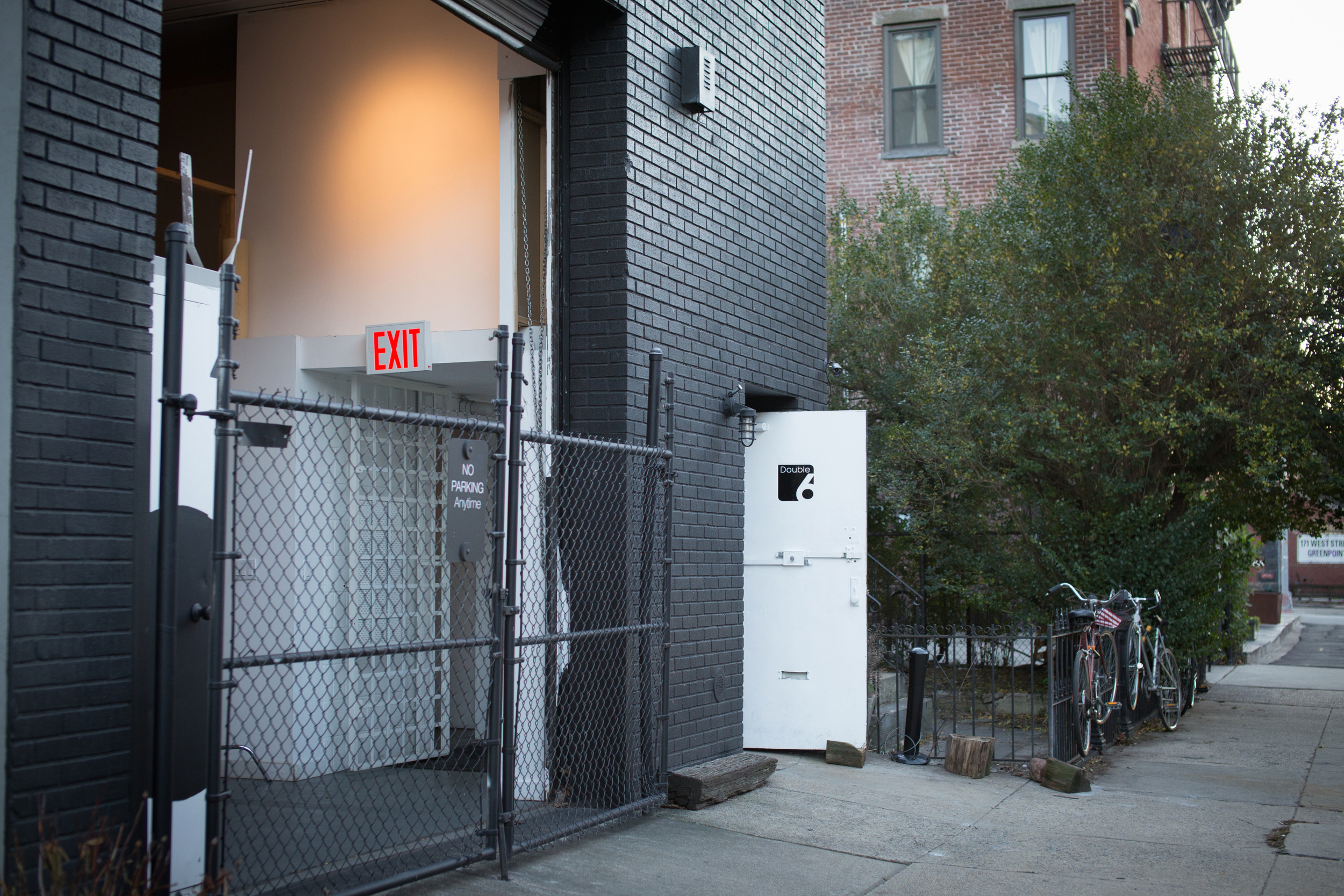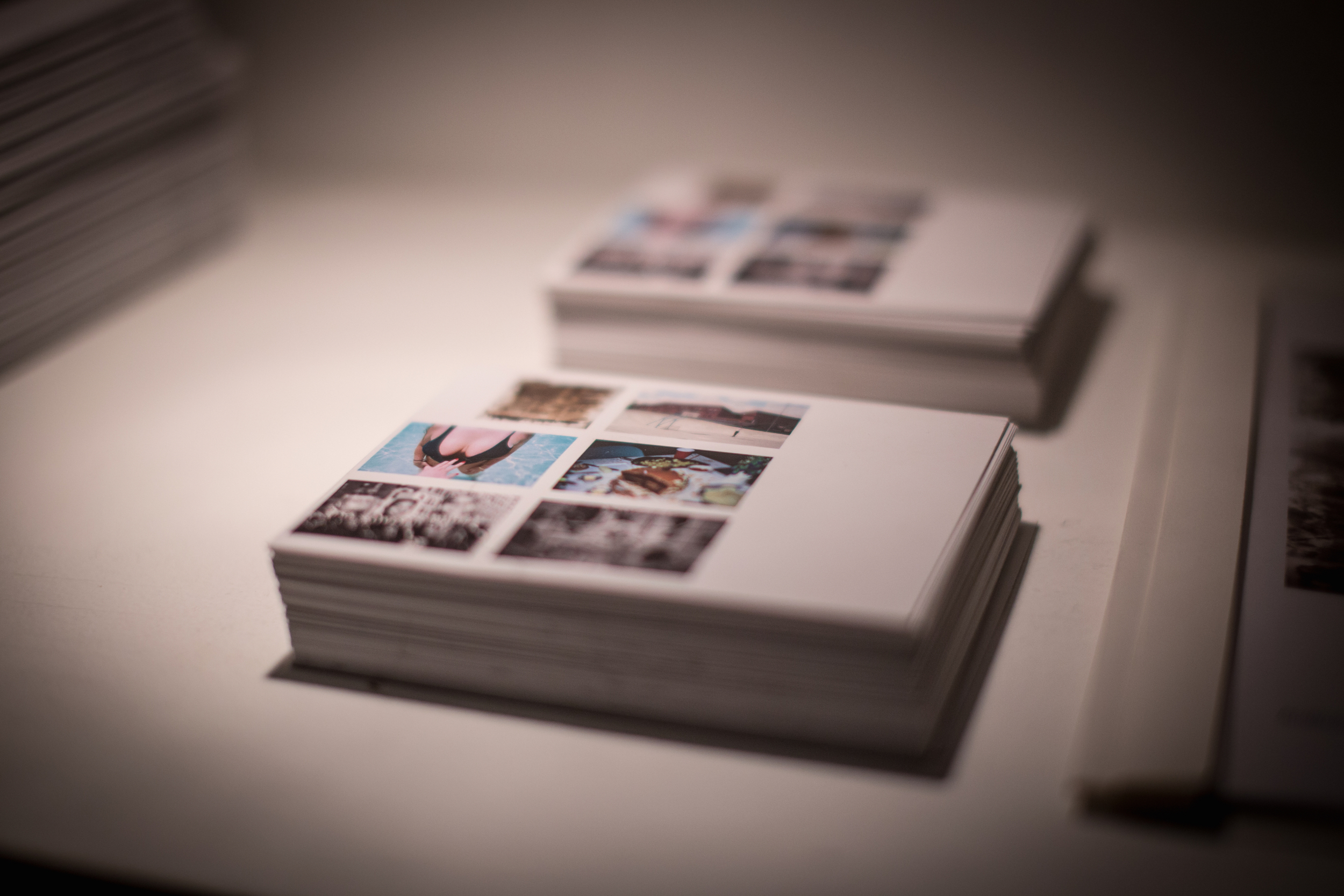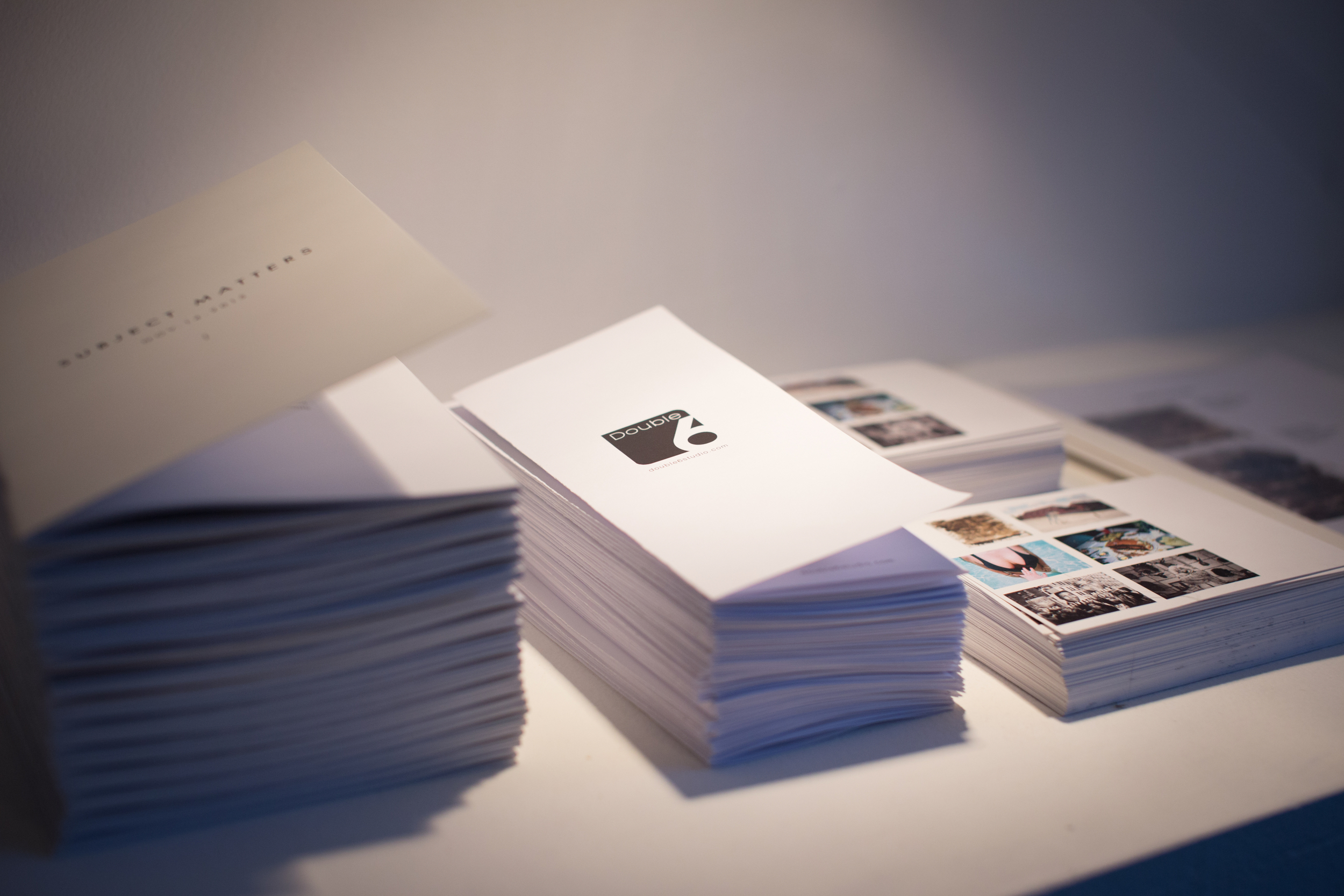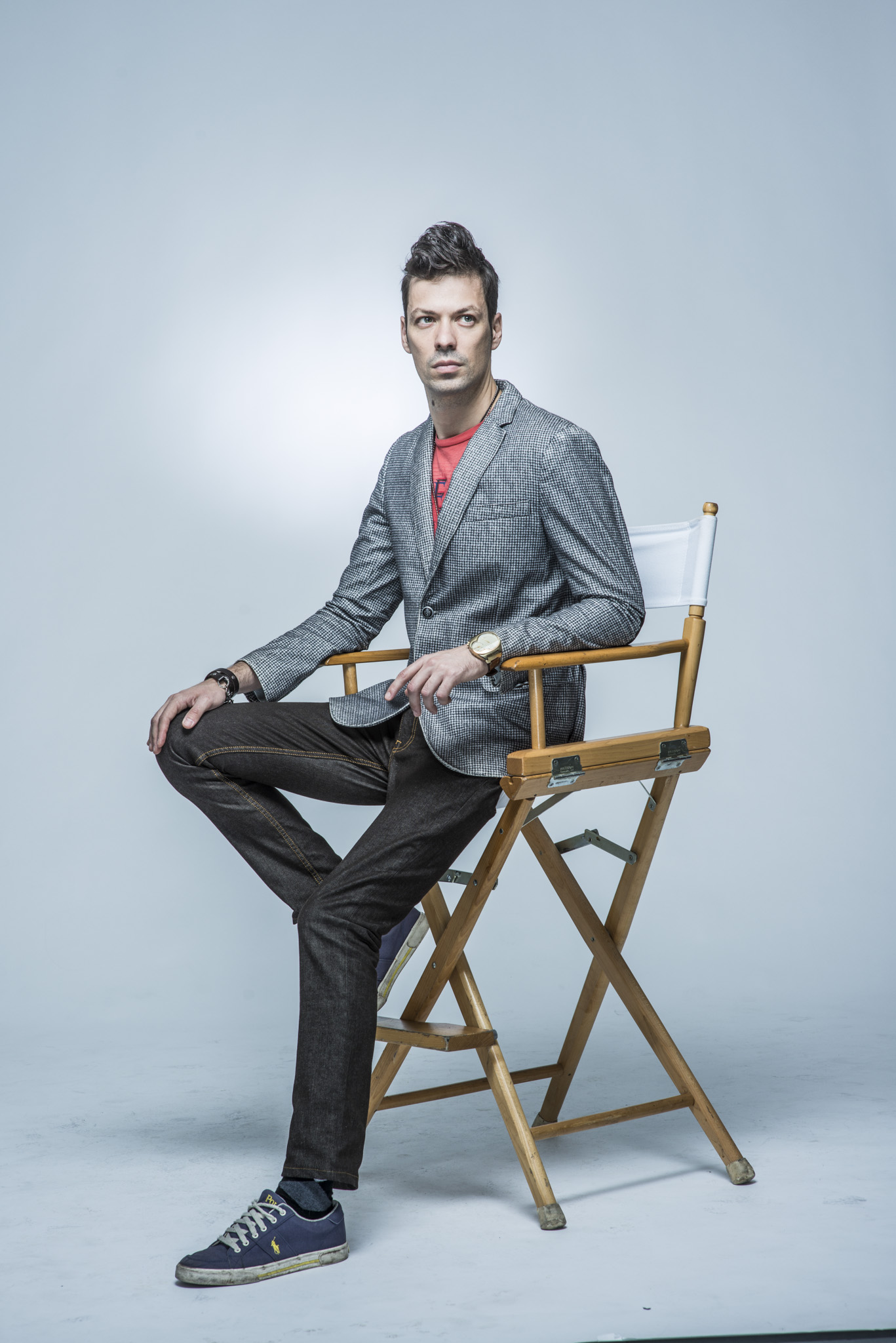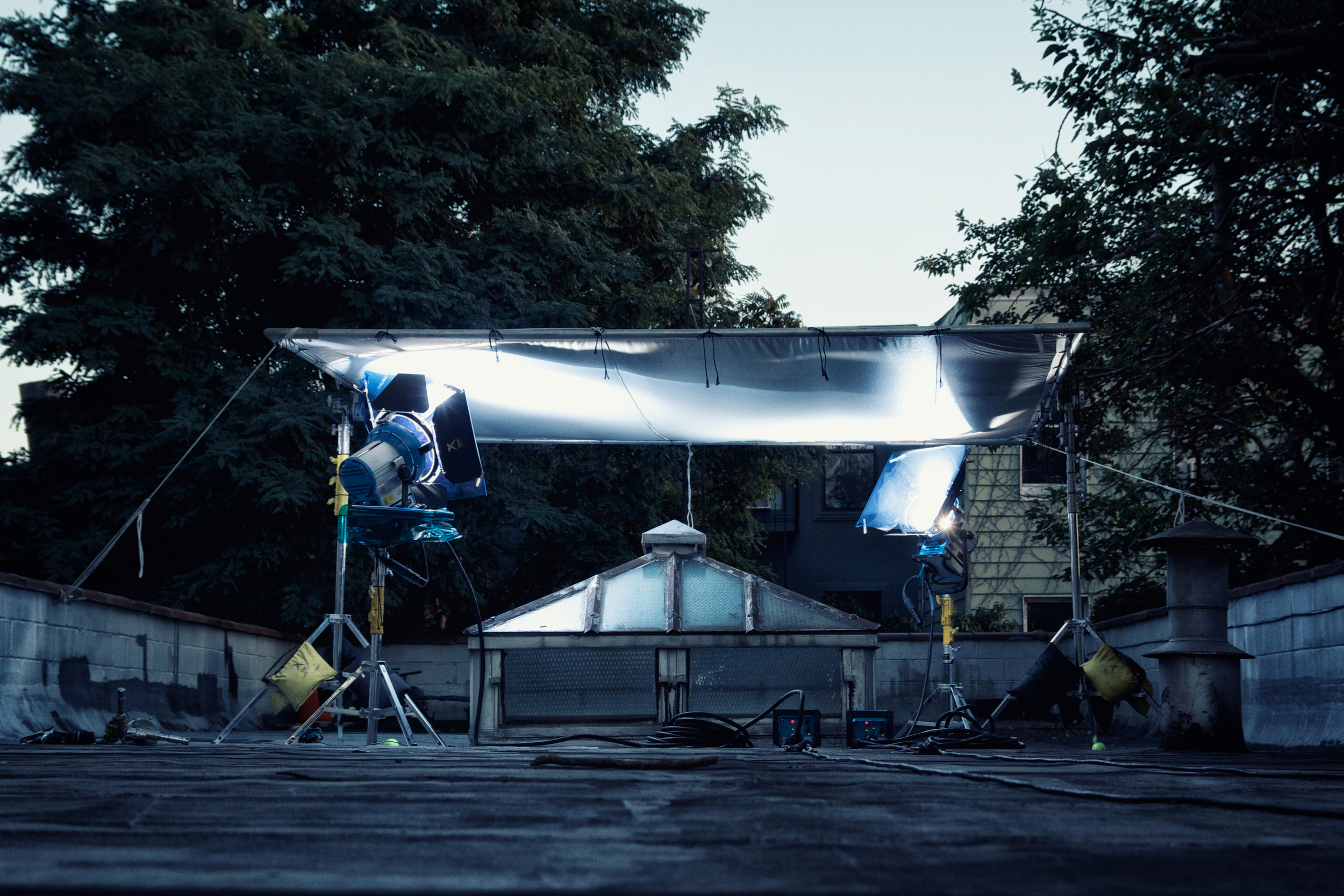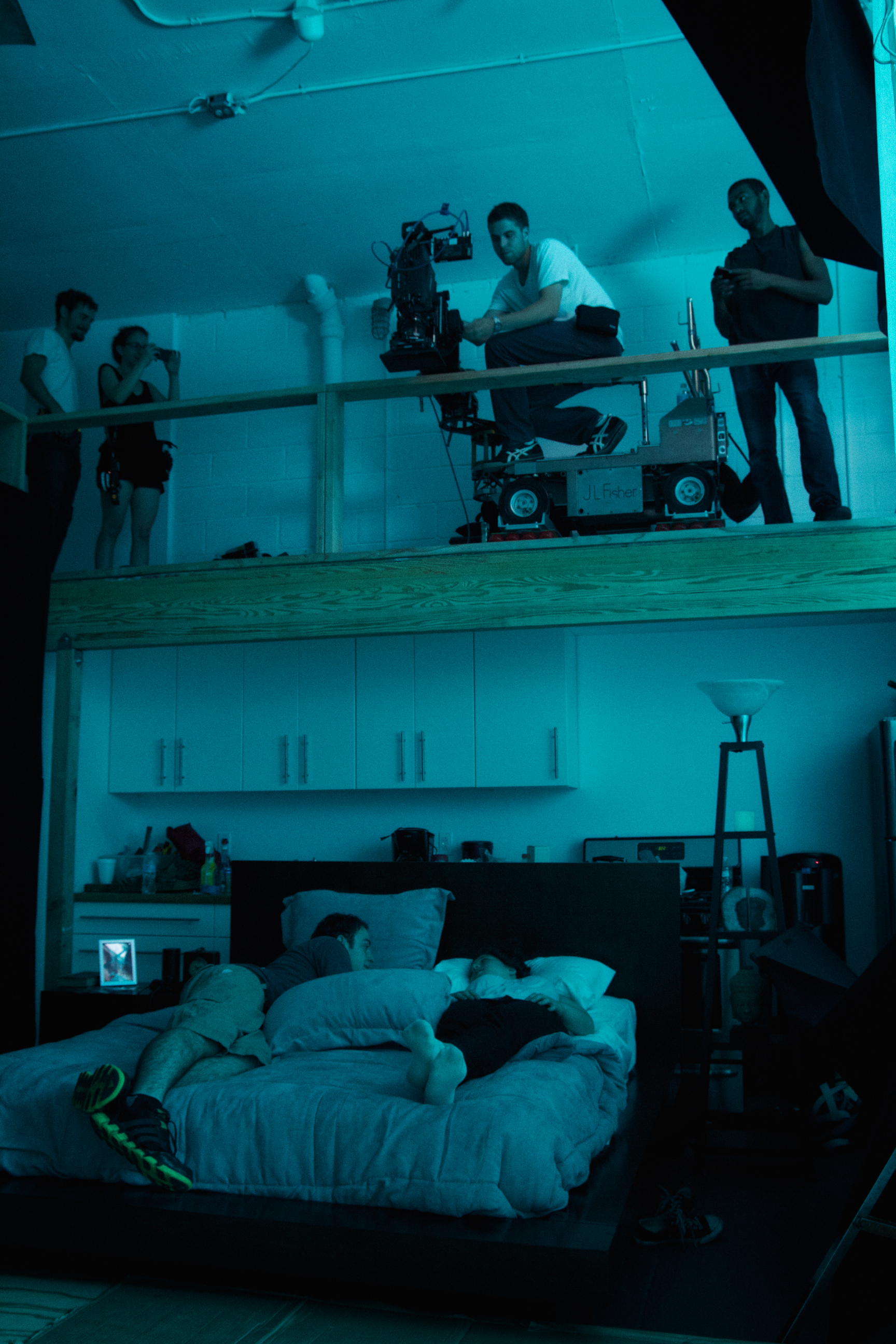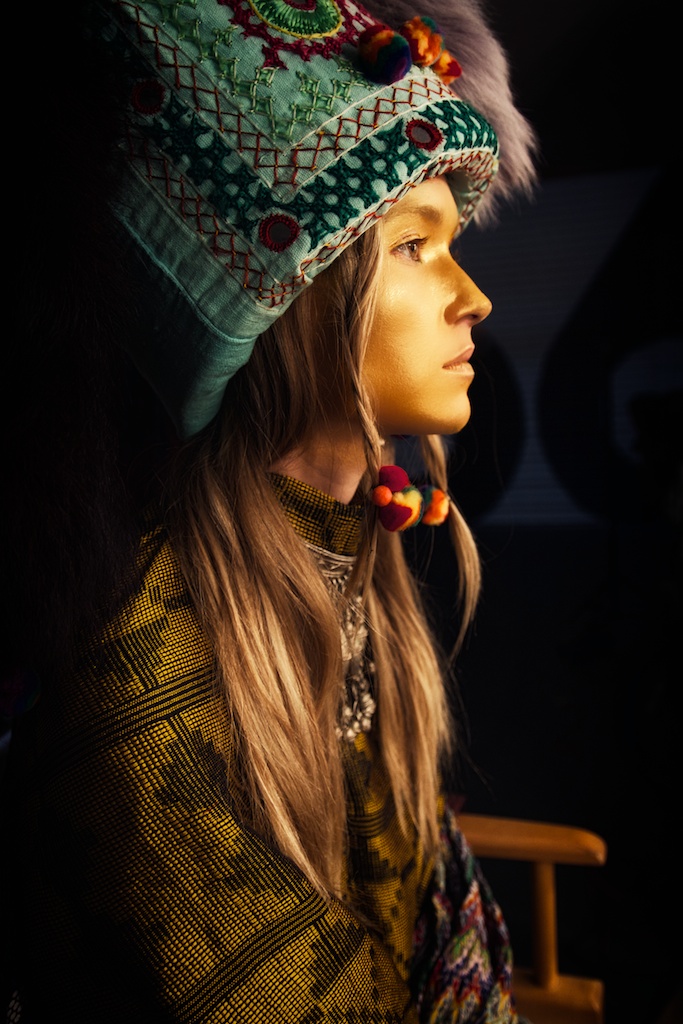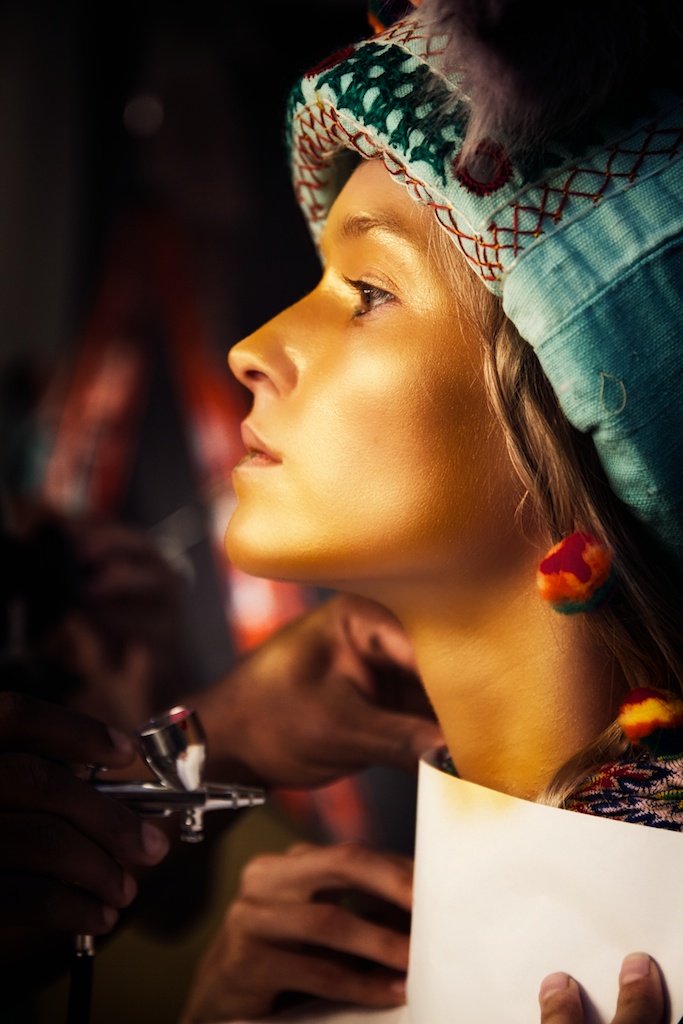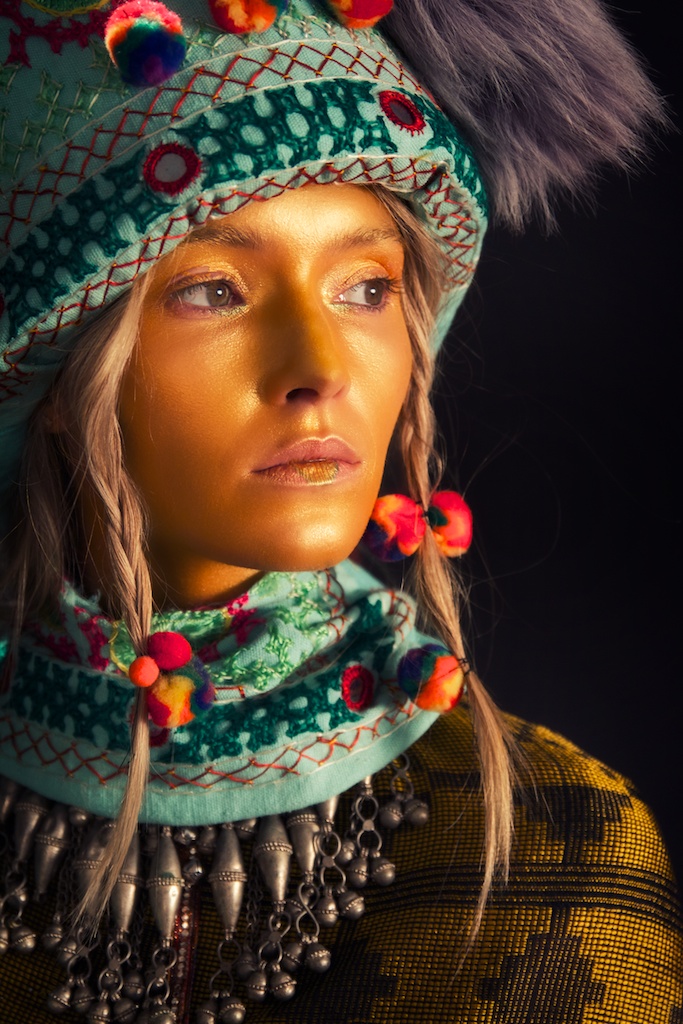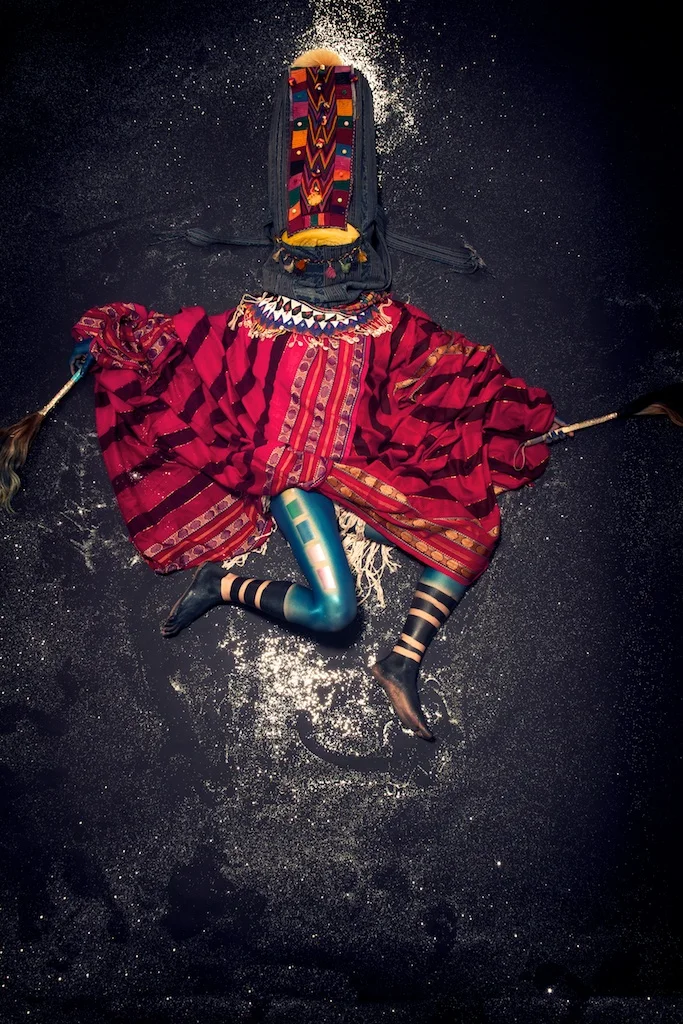NOV.14.2015
Double 6 Studio invites you to participate in insideART Exhibition
Available: August 07 through August 09
Double 6 Studio invites you to participate insideArt.
A new project focused on showcasing the work of emerging artists.
Taking place Aug 7th-9th,
insideArt will give artists the opportunity to present their work and socialize with the community.
Located in the historic and hip neighborhood of Greenpoint, Brooklyn, this is a unique chance for artists to utilize our 4000sq ft. of dynamic and flexible space.
Our studio has ample natural and artificial lighting,plus high ceilings and Garage door ground level street access.
Double 6 is also situated between the neighborhoods best bars and the phenomenal waterfront view of Manhattan.
To apply for insideART, please send at least 3 examples of recent work and a brief bio/CV to info@double6studio.com
Space entry fee : 200-1000$
We look forward to seeing your work.
Double 6 Studio | 66 Green Street | Brooklyn, NY | www.double6studio.com
Vaults - Poison
Director - Matthew C Hart
Producer - Amanda Messenger
Director of Photography - David Feeney-Mosier
1st Assistant Camera - Oliver Lanzenberg
Gaffer - Gareth Jackson
Key Grip - Leo A Schott
DIT - Loic de Lame
Wardrobe Stylist - Stacy Jansen
Wardrobe Assistant - Rosie Jacobsen
Hair & Make Up Stylist - Annie Johnson
Production Designer - Evan Thomas Schafer
Art Director - Audrey Turner
Art Assistant - Sean Graham Walker
Special Effects - Izzi Galindo
Production Assistant - Elena Gaby
Production Assistant - Raphael Hernandez
Production Assistant - Ingrid Jacobsen
Editor - Matthew C Hart
Visual Effects - Dylan Steinberg
Visual Effects - Corey Branigan
Visual Effects - Dave Russo
Colorist - Josh Brede
Special Thanks:
Lyle Zanca
Rebecca Rodriguez
Katherine Hughes
Oscar Boyson
Ryan Dwork
Alex Resnikoff
John Christon
Extra Special Suppliers:
Arri CSC
Handheld Films
Dream Machine Creative
Double 6 Studio
Moses Siluk - Soul Portrait
Artist interview : Moshe Pini Siluk
1. What was your first exposure to photography? Is there a particular experience that encouraged you to pick up a camera?
I have taken family pictures since I can remember, but the first time I felt the power of the camera was shooting the Tel Aviv underground and gay night life scenes. I was only 16 years old and the youngest member of that crowd. Every Friday I had Kiddush dinner with my family, all the while getting excited about the night’s shoot, the theme of the party, the superstar DJs from abroad. After about a decade working in this scene, I had an exhibition of my best work from those days enlarged and entitled as “THE SiN.”
This time also encouraged me to use the camera as a diary, to express myself to the max and start taking portraits of myself. It began early one evening in a club while it was still empty and so I had plenty of time to spare. I took some tests shoots of my self against the club restroom mirror. The club restroom was kind of like my dark room in a sense – it was where I discovered my true nature as a photographer. I made different faces and different poses just to see how it looked and knew that there is much more to it then just a narcissist kid masturbating to his own image in front of a mirror. There was something magical in it - the feeling that I can reveal and unlock my nature, what joseph Campbell would have called the hero that is in me.
2. You have been in NYC just over a year – how has the experience of living in this city effected your work ?
A lot. I came here after a seven year career as one of the most successful commercial and portrait photographers in Israel. I have shot campaigns for the leading ad agency’s and shot for all the big newspapers and magazines - over 200 covers and 1000 portraits of celebrities, athletes, writers, artists and just random faces from the street that have touched me visually. However, even though I always had the creative freedom to do what ever I pleased, I felt like something was missing in my life - like I am not really fulfilling my destiny, in a sense. At that same time, I fell in love with a beautiful young girl that had suddenly decided she wanted to move to NY to study for a BA in business and management.
I understood the risks in taking this step. To step from a throne to an unknown Kingdom in the west and start all over again. But I knew I needed to do something else, something new. So I took the risk. I closed the studio with out any notice, packed my bags and my gear and left for NY.
When I came to NYC, I knew I liked to do self-portraits, but was not sure why exactly and even if this is what I want to do. I had a fear of the response - what will my friends, co-workers and family say about my love to shoot myself? In Israel, it is not a common thing to do when you have made a career shooting other people. It is not because Israel is a primitive country, not at all. In fact, I think Israel, Tel Aviv in particular, is an amazing place for a growing artist – it is a very open minded, magical place. I moved mainly because I needed to change my “GPS coordinates” to step out of the world I grew up in, to explore my being and most of all my unconscious mind in a new place. And this is why I think NY is so amazing. It is the hardest city in the world to live in, physical and mentally, because it is a melting pot of the world’s most brilliant minds, so the competition is insane. No one has true friends and you are in an endless, desperate search for the kind of love you would get back home. The kind of love from your family and friends or even just random people in the streets that liked the cover you did last week. That melancholy makes you dig into the bottom of your soul, the bottom of your consciousness, and more so the unconscious mind. It makes you discover your true nature.
3. Does your work in the commercial world of photography interact much with your personal projects or series?
It shares the same colorful, humoristic and dramatic style - the same idea of punching you in the face with one strong image that will tell the story and will still leave you with some question marks about how the story should end. You can end it however you like. There is no one fixed ending.
4. There is so much work beyond photography (i.e. costume, makeup, research) that goes into your pictures – what is your typical process for creating a piece?
It will start with an unexpected thought landing on my mind or, in the terms of Carl Jung, from my shadow mind. The unconscious. I will give you the process of making “Vincent van Ghost.”
At that time, all that I could think of consciously was van Gogh and his life and his art and his hero’s story. What made him tick? He really touched me, but mostly by the fact that all that he wished for was fulfilled after his death. After exploring his story, I had to make his portrait. I dreamt that I opened a letter from him, and his voice spoke to me:
Dear Moses, I felt like there is something I need to give you in person and in return I am going to ask you to take my portrait. I have done numerous self-portraits, but there is a voice inside of me calling your presence to make this one. Please come visit me at Auvers-sur-Oise, for I have only left two weeks before I…
After the thought had passed through my collective unconscious to my own unconscious and then to the conscious mind, I had only one thought : van Gogh is dead, how can I take his portrait? I decided to accomplish this in 3 stages:
1. Visually - using my body and face as a tool to make that portrait. Dress, hairstyle, walk, talk - mimicking him.
2. Mentally - disconnecting my self, my conscious mind, from my body and studying his ways and all that he was - his dreams, fears, successes, failures, loves, losses - and by doing so I might establish a connection to his conscious mind.
3. & the most important component – the connection to his archetype through the collective unconscious. The connection to his soul. After the first two steps, I will carry myself like him for a day or even two sometimes, meditating in his image. Kind of like a séance – an unconscious séance.
I imagined getting into his room at the Auberge Ravoux in the village of Auvers-sur-Oise. Without speaking, he would take off his clothes and throw them into a pail on the ground. He would go to his color palette and begin to paint The Starry Night all over his body. He would cover the rest in black so you could only see his eyes. Picking up his hat, he would stand against a black wall. He would roll his eyes up, signaling that I begin the shoot.
The idea is only a part of the process of course. After this, I produce the shoot in my studio. I put the make up on – the acrylic paint all over my naked body in this case - install a lighting setup and a background that I think will suit best the feeling of the image van Gogh ask me to make. I set up the camera and arrange the automatic shutter so the camera will shoot 1 frame per second for the next couple of minutes as I pose. When I am standing in front of the camera, I connect with that special magical force that connected me with him to begin with. When I know I have the right frame, without looking at the computer, I immediately stop the shoot.
5. Many contemporary artists discuss the philosophies behind their work and, as the late Arthur Danto insisted, artists of our age frequently adopt or at least brandish the title of philosopher itself. What kind of philosophy is at work behind series such as the soul-portraits?
I am an ardent follower of the philosophy of Carl Jung and Joseph Campbell. Their ideas on the collective unconscious, the hero’s journey, and the archetypes are the primary influence behind the soul-portraits. They have given light and structure to the feelings that many artists have about humanity and consciousness. I cannot say it better than Jung himself, he has greatly captured my motives in the following
"The dynamic principle of fantasy is play, which belongs also to the child, and as such it appears to be inconsistent with the principle of serious work. But without this playing with fantasy no creative work has ever yet come to birth."
6. What influence, if any, does religion have on your art?
A lot comes to mind. It’s not about the religion as much as it is about the stories - the hero stories. I grew up in a Jewish home with a mom and two older sisters who became very religious, so there is always a big question of whether or not I should surrender to the dictation of my Jewish heritage or evolve to become someone else who is more modern, more contemporary. In my mind, however, I am a Jewish warrior. A mercenary on a horse riding across the kingdom of life in search for souls to bring back to life. A warrior in the name of love, fighting with his heart - no ego, no mind - just hot floating blood. Pumping and jumping, chilling and mingling, living and dying all in the name of the Cause. In the name of love, same as the other Moses – that Moses - my alter ego, sub-conscious, collective unconscious Jewish archetype of the warrior hero.
And that is exactly what I am striving for. That people will feel me when they look at my work. That they will not feel myself, but the subconscious leading them to the source, to that energy I stored when thinking about that door.
7. Though you are a photographer, I know that you greatly admire the Old Masters. What influence do they have on your work?
Albrecht Dürer - for his genius in the exploration of the open mind. I admire him for placing himself as the object, and even more so for portraying himself as Jesus at a time when he could have been killed for blasphemy. Like him, my wish is to rub against some of that greatness of those who I portray so I can come back and share it with my audience. I admire Botticelli as well for his immortal and beautiful, timeless Venus.
8. Many of your portraits discuss the infamy of an artist’s life as much as an artist’s work. Which do you believe to be more important in the end – the story of the life or the artwork itself?
That’s just the thing - they go together, hand in hand, from the start till the end.
There is no great artist known only for his story. There is no great artist known only for his art. The artist’s life shapes and weaves the fabric of his artistic soul, and without his artistic soul his life would have been miserable.
9. What projects will you be working on in 2014?
I will be connecting with my ancestors and living them through again, only this time through my soul, body and mind. I am going to continue my new alter-ego / super hero’s fathers from the end of time series of soul portraits : Moses, Samson, David and Solomon, Isaac and Abraham, Abel and Cain, Matityahu the Maccabee and even Judah the Navi (prophet in Hebrew).
And the tender and the better, and altogether
Opening this Saturday, September 28th:
The solo exhibition of new work by Sadie Rebecca Starnes with Greenpoint, Brooklyn's new gorgeous creative space along the waterfront - Double 6 Studio.
This work discusses everything from Tokyo to tragedy to butter under the arc of Gertrude Stein's influential Tender Buttons.
Please join us for the opening reception this Saturday, September 28th, 6-9 pm.
We will be sponsored by a selection of local food & drink for your enjoyment including:
* Duke's Liquor Box
* Greenhook Ginsmiths
* a Tender Buttons inspired art / food project by local culinary artists Angelo Romano and Paul Butler
Music selection by the Tokyo Showa hero - DJ Dandy( Da Iron Gullet)
After party with our next door neighbor, Achilles Heel.
We look forward to seeing everyone there.
www.sadiestarnes.com
http://dukesliquorbox.com/
http://greenhookgin.com/
NYC DJ / Producer TamTam
NYC DJ / Producer TamTam (Tamir Regev).
Tamir is a student turned master of the electronic, trance, and Tech/Progressive Vocal House. In this shoot, they collaborate against the backdrop of the city which inspires their eclectic work
Shooting 'Siren Call' At Double 6 Studio
'Siren Call' is a short film written and directed by Evan Metzold. It tells the story of Nathan, a recently engaged young man, who begins receiving a series of mysterious phone calls from an unknown woman seeking phone sex. These calls lead to a deep buried lust to arise within Nathan, causing him to question his commitment to his fiancée, Elle, while muddying his dreams into reality and reality into fantasy.
The film is being produced as Evan's senior thesis film at New York University's Tisch School of the Arts. He has been working on the script for the last seven months, and recently began production at Double 6 Studios. 'Siren Call' was one of the first productions to shoot in Stage 2, where the cast and crew created some incredible and imaginative imagery. Evan's vision is supported by a talented team: his Assistant Director, Matthew Heymann; Director of Photography, Todd Martin; and Production Designer, Avital Siegel, are all old friends and colleagues. They are further supported by Gaffer and Grip team extraordinaire, Malik Salam and Masseo Davis, along with Producers, Dylan Marcus, Jack Kyser, and many more.
Evan and his team worked hard for four days to complete shooting of a good portion of their script, and eventually came away with some incredible footage thanks to the talented team and surreal space Double 6 provided
Kukeri Galactica By Kimba-J
This past weekend, Double 6 Studio was fortunate enough to begin its career as a creative space with the very talented Kimba-Ji. The singular work of this young designer cannot be restrained to one category, but we saw Kimba-Ji’s dream-ridden voodoo bloom fully in a shoot with photographer Asi Ze'evi.
Her new collection, Kukeri Galactica, takes inspiration from sources as various as Eastern European culture, African textile, ceremonial masks and ancient religions. Post-apolocalyptic Brooklynites would certainly brandish such native glitter.
Take a look through our images from the shoot and enjoy!
Models : Nina de Raadt ,Fibi Jane Sadovnik
Body Paint : Brandon Donahue
Light Assistance : Haim Bargig
Behind The Scene : Benjamin Kavit
Photography : Asi Ze`evi
